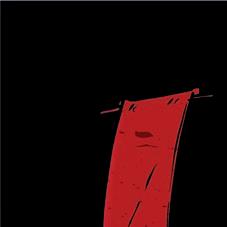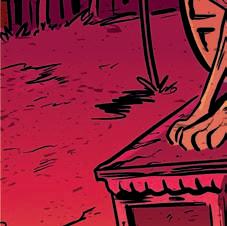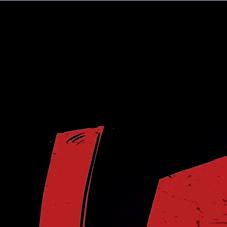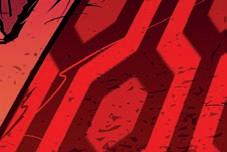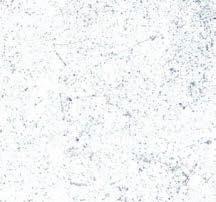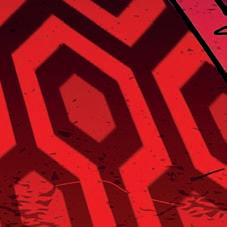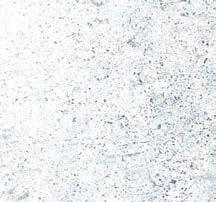Cannes Special
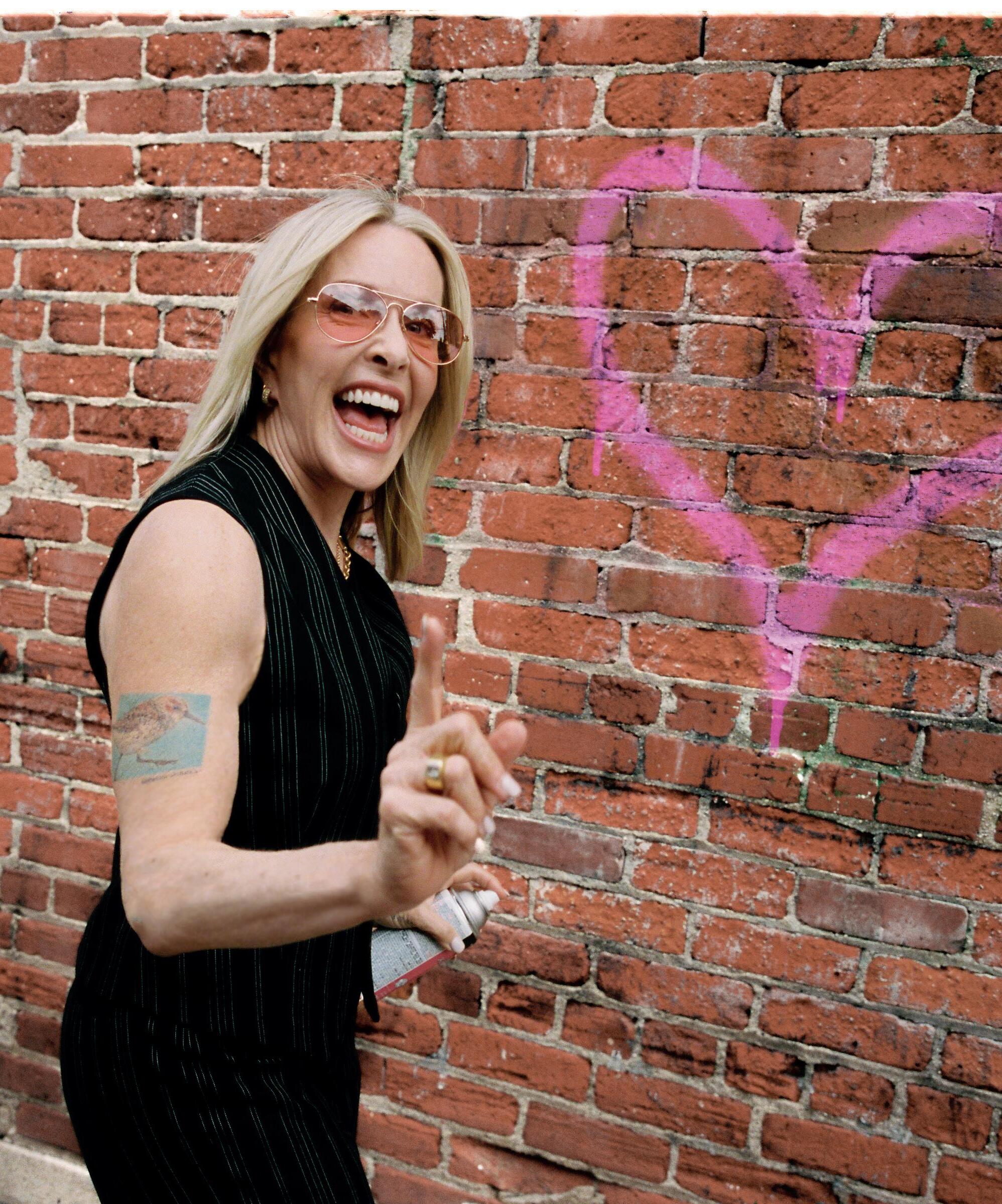
CREATIVITY IN CONCERT
PEARLS OF WISDOM
Lucy Forbes
THE CRIME QUEEN OF COMMERCIALS


CREATIVITY IN CONCERT
PEARLS OF WISDOM
Lucy Forbes
THE CRIME QUEEN OF COMMERCIALS
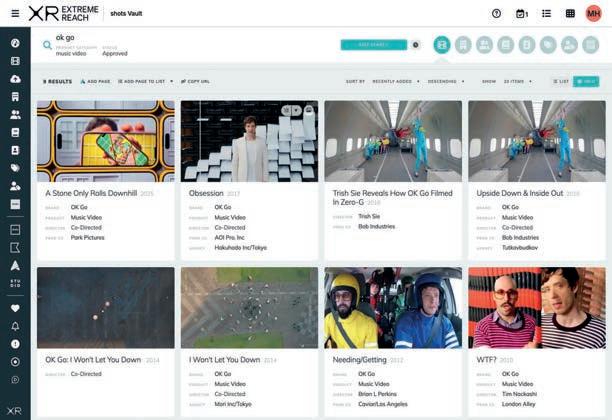

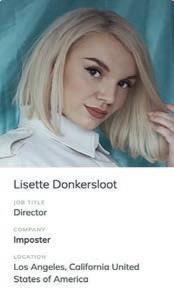
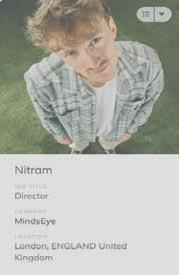

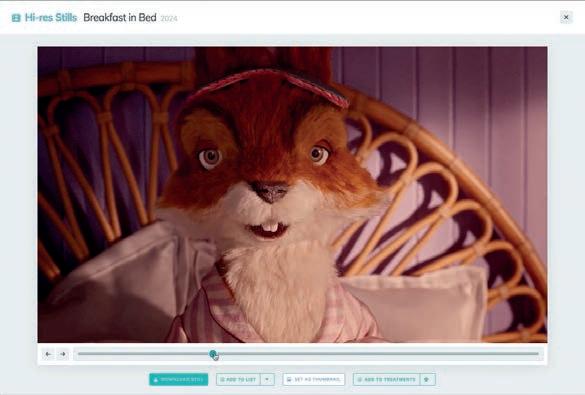
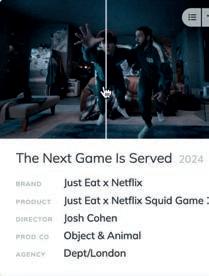
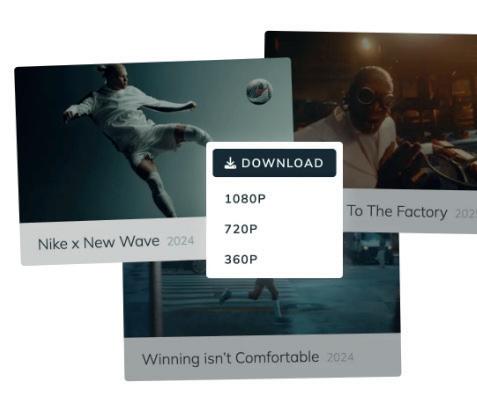
“The reaction to generative video won’t just be legal frameworks and deepfake detection, it’ll be a renaissance of sweat-stained storytelling. A brutal, thunderous return to craft.”
If you’re reading this then you’re holding something in your hands. A real, physical object that has weight, a certain feel and a particular smell. Admittedly, most of the content printed on the pages you’re about to read will be – or in a few cases, has already been –published on the shots magazine site, but isn’t there something special about the tactile nature of print?
We think so, which is why, after an extended absence, we wanted to bring the shots print product back. After such a break, it’s been hard work… the commissioning, the wrangling, the design, the proofing… but the struggle of undertaking those things makes the pleasure of having this object – finished and 98% error-free – all the more rewarding.
The industry needed to create this issue speaks to the main topic of the past year or more; the advancement of artificial intelligence and how it might impact not just this business, but the world as a whole.
If the sometimes di cult, usually time-consuming and often imperfect creative process is slowly but surely being removed from our hands, are we taking away the central point of human creativity? Maybe. And in terms of filmmaking, Chris
































Baker’s column on page 66 argues that while AI has its uses, and is certainly here to stay, “The reaction to generative video won’t just be legal frameworks and deepfake detection, it’ll be a renaissance of sweat-stained storytelling. A brutal, thunderous return to craft.”
And craft is what this issue –and supposedly Cannes as a whole – is all about. The people and companies featured across these pages have put their industrious hands close to the fire of potential failure and taken creative risks. Those risks have, in turn, produced impactful, interesting and, at times, unusual work that we’re in Cannes to celebrate. From the glorious work of Apple [page 20], which this year receives The Marketer of the Year award, to innovators such as Ian Pons Jewell [page 58], Shawn Lacy [page 54] and Kate Stanners [page 40], we’re pleased to be able to show that, while technology always has a place, creativity is king.
Danny Edwards & Jamie Madge Co-Editors shots



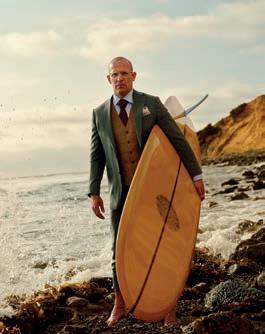


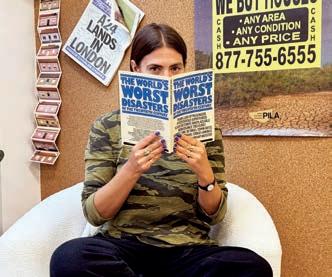
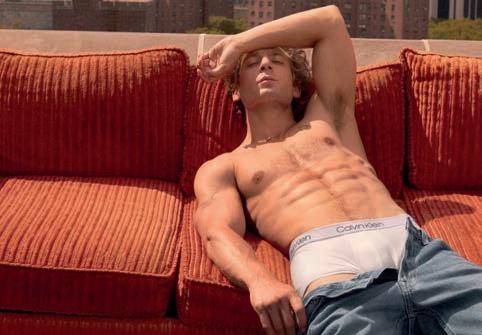


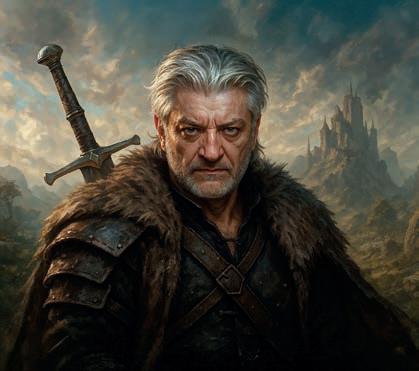





Become a shots subscriber
08
Find out what the shots team is up to, the events we’re hosting or partnering with, and how you can get your golden tickets to the shots Cannes beach party.
10
The CCO of BBDO Bangkok, Thasorn Boonyanate, talks Cannes, creativity and comedy as he reveals what’s on his creative radar.

12 OBJECTIFICATION IN ADVERTISING
More than five years after Protein World asked us ‘are you beach body ready?’, how has the portrayal of bodies in advertising changed? Selena Schleh finds out.
18 CREATIVITY
Amy Kean asks whether the creative industries are overlooking the working class.
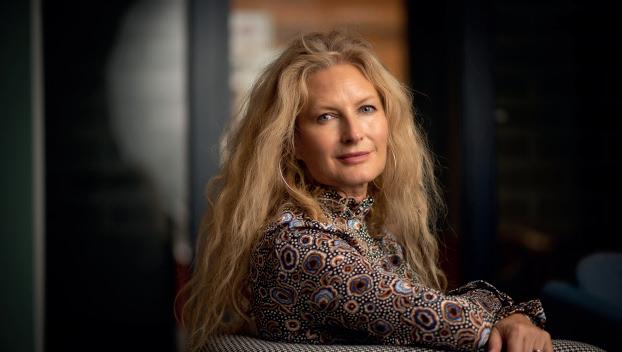
20 BRENT ANDERSON
The Global CCO of TBWA\ Media Arts Lab will, this year, collect the Creative Marketer of the Year award for Apple. He talks to Tim Cumming about surfing, surviving and thriving in a world of rapid change.
24 LUCY FORBES
The in-demand SMUGGLER director discusses long-form, short-form, Bodyform and being the director behind Waitrose’s criminal masterplan last Christmas.
29 THE LIONING
Our annual Cannes comic returns as we pay a visit to the Overlook Carlton hotel in this Kubrik- and King-inspired strip.
36 ALI ALI
This year’s Film Craft jury president chats to Amy Hey about bringing his hard-won wisdom and love of storytelling to the Croisette this year.
40 KATE STANNERS
Saatchi & Saatchi London’s Chief Creative O cer – and this year’s Film jury president – reveals her journey from aspiring graphic designer to prolific creative leader
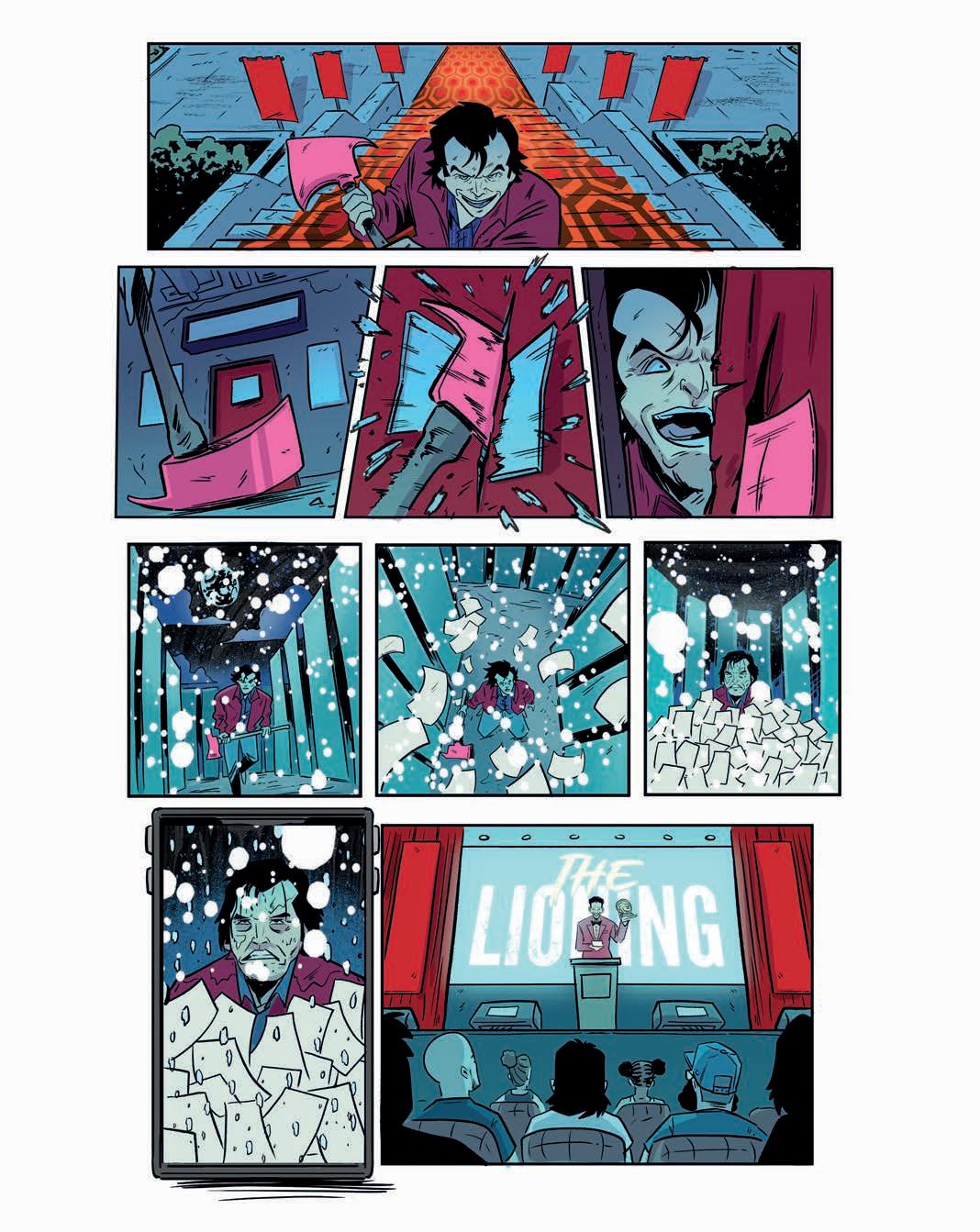
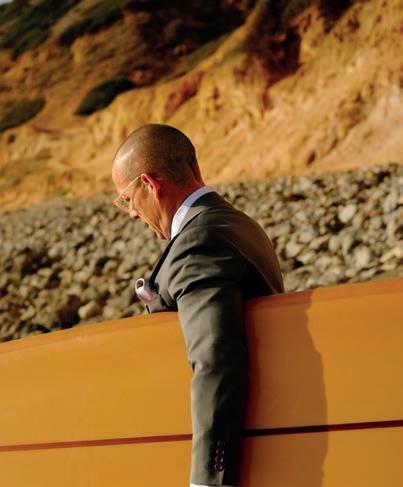




44 SHOTS AT 35
Three-and-a-half decades since shots came into this world we look back at some of the best and most creative images to grace the front cover.
50 STRAIGHT 8
One cartridge of super 8 film, no editing, no post but lots of fun (and some nerves!). Jamie Madge talk to the competition’s co-founders about getting the right shots!
52 ART AND COMMERCE
If it was good enough for Warhol… we look at how artists and brands have worked together in the past, and how they might better work together in the future.

54 SHAWN LACY
Biscuit Filmworks’ Co-Founder has been at the heart of advertising for more than 25 years. She discusses influences, ideas and why problem-solving is the new ‘brave’.
58 IAN PONS JEWELL
One of the industry’s most original talents discusses friendship, finding his path, and why - with the advent of AI - real filmmaking will continue to flourish.
62 STÉPHANE XIBERRAS
The BETC President on his love of video games, the state of the creative industry and the transformative magic of humour, humanity and relatability.
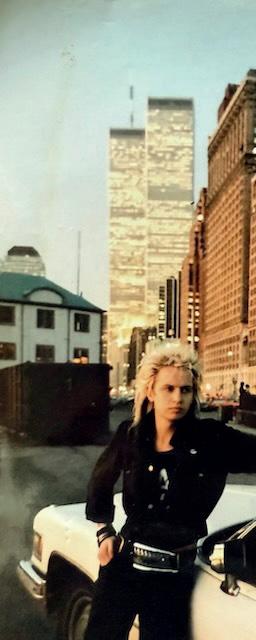


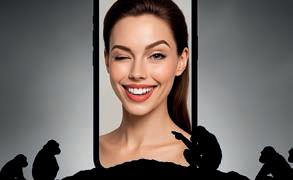
66 AI‒POCALYPSE NOW
Chris Baker start the fight-back. Park Village’s Head of New Business says we shouldn’t bow down to the AI hype, because human creativity will always win out.
71 CANNES CONTENDERS
A selection of creative luminaries from around the world give us their take on the work that should pick up metal at this year’s Cannes Lions.
82 STRUCTURED
Will Sansom, Chief Strategy O cer at Motel, gives advice on the best way to approach the Cannes Lions festival.

84 CHARLIE CROMPTON
The Founding Partner of Rogue Films, who recently left the company, tells us the way he sees it, and about trying to follow in the footsteps of The Jam, attempting to conduct and support creative talent, and finding out he has “a hittable face”.
90 FAVOURITE THINGS
Lynsey Atkin, Founder and Partner at BABY TEETH, picks her favourite books to take to the Croisette.
shots_creative
shots-creative
Editorial material for consideration to be submitted to shots@extremereach.com
Many thanks to those companies that submit material for consideration on shots.net. We welcome entries from across the globe and if you feel that your company has produced anything that would complement the shots site please let us know.
© shots.
All rights reserved. No part of this publication may be reproduced, copied or transmitted, either by conventional means or electronically, without written permission of the publisher.
shots Floor 7
XR Extreme Reach
Berkshire House
168-173 High Holborn
London WC1V 7AA
+44 (20) 7539 8400
Read many of the interviews across these pages and you’ll hear that, sometimes, innovation is necessary. Watch the amazing winning work featured at Cannes Lions and you’ll see that, sometimes, change is needed. Well, shots is very much on board with that approach, which is why we’ve also decided to innovate and change.
From now on, our suite of products will all come under the shots banner, with the words across these pages, and those created for our online publication, coming under the new (but also old) name of shots Magazine
Our other products, each of which helps those working in advertising navigate the sometimes-uncertain creative seas, will also be changing. While their core o erings and functions remain the same, they will all sit under the shots brand, with their individual names reflecting the unity of the shots suite of products.
Source has become shotsVault
Slate has become shots Reels
And shots Treatments, our new application allows users to seamlessly create brilliant treatments.
shots Awards and shots Out of the Box remain a part of shots Magazine’s output, and each of the products retains its devotion to making your working life smoother and more e cient.
Over recent weeks you’ll have noticed that the product branding has altered, so too has the site design, but rest assured that our commitment to delivering the excellence you’ve come to expect from each of the shots brands remains. And, what’s more, as a shots customer, we will soon be implementing single sign on capabilities which will enable our members to have seamless navigation between the di erent shots products.
So, things change, but things stay the same…
shots sta
Co-Editor
Danny Edwards danny.edwards@extremereach.com
Co-Editor
Jamie Madge jmadge@extremereach.com
Features Editor Carol Cooper carol.cooper@extremereach.com
Sta Writer
Amy Hey amy.hey@extremereach.com
News Editor
Daniel Huntley daniel.huntley@extremereach.com
Contributing Editors
Tim Cumming tim.cumming@talk21.com
Selena Schleh selena.schleh@extremereach.com
Culture Editor Amy Kean amy@goodshoutcommunity.com
Communications & Marketing
Louise Lenzi louise.lenzi@extremereach.com
Events
Sara Brady sara.brady@extremereach.com
Renée Forbes renee.forbes@extremereach.com
Production
Neil Sinclair neil.sinclair@extremereach.com
EMEA sales
Sofia Ilie sofia.ilie@extremereach.com
Franck Chardon franck.chardon@extremereach.com
North and South America sales
Andrew Sweeney andrew.sweeney@extremereach.com
Nicki Masterson nmasterson@extremereach.com
Graciela Blackburn graciela.blackburn@extremereach.com
APAC sales
Lee Michael lmichael@extremereach.com
Global Sales Director Simon Furse simon.furse@extremereach.com
Managing Director James Straker james.straker@extremereach.com
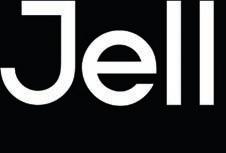
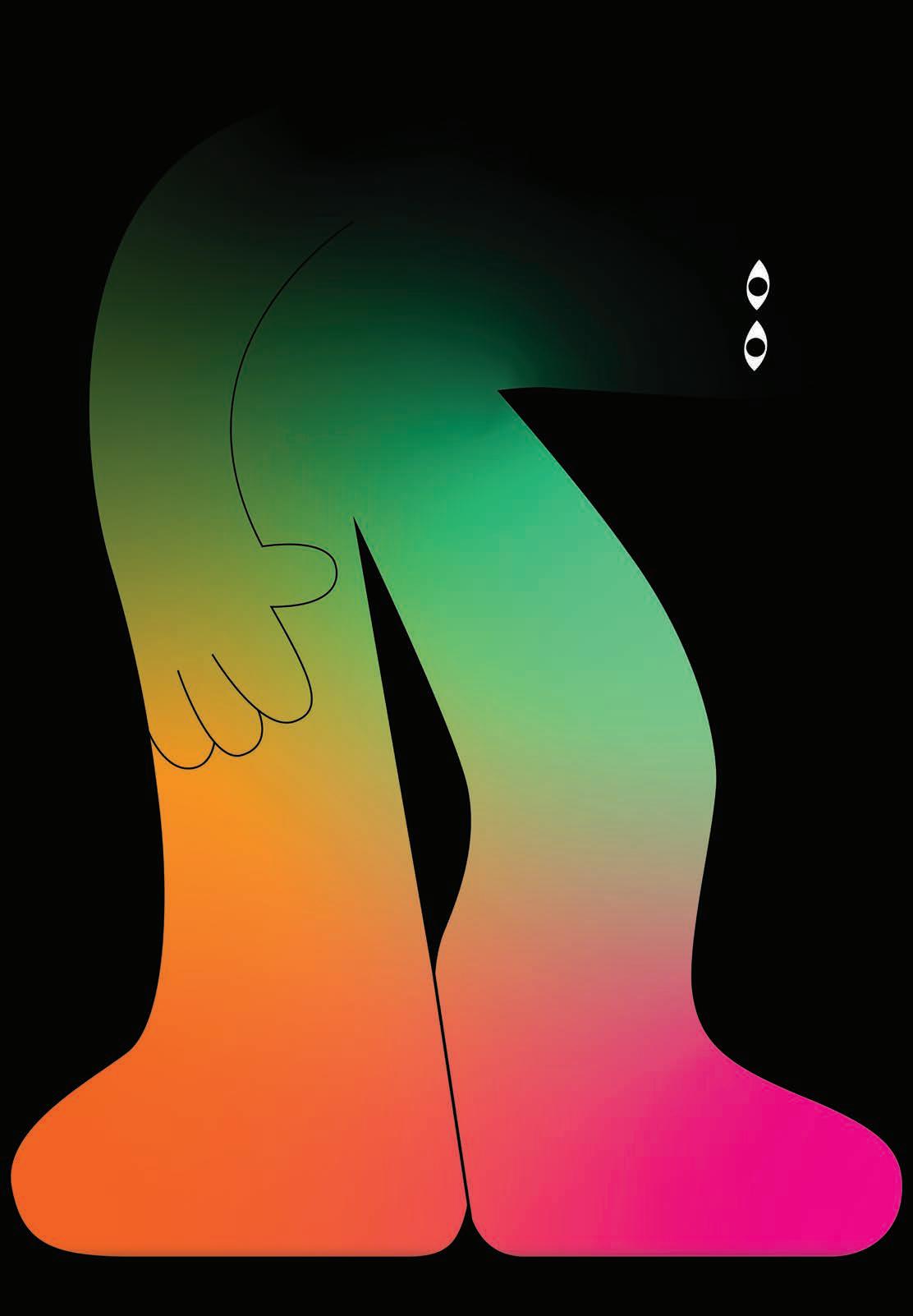


People expect more from brands - and they should. More meaning. More connection. More truth.
We craft bold ideas that connect, strategically, culturally, creatively. Strategy meets story. Insight-led. Culture-tuned. Creatively fearless.
We’re Jelly, your strategic creative partner.




The sun, the sea, the scent of rosé and the sound of jaws dropping when presented with the hotel bar tab… it can only be Cannes. Once again, the industry decamps to the south of France to take stock, converse about the future and celebrate the recent past and the amazing work produced from all around the globe.
And shots is here to help with those celebrations and also to shine a light on some of that amazing work. Here’s a guide to everything we’re up to across the week and how you can get involved too.
Exactly when the original shots Beach Party happened, the one that kicked it all o , is lost in the annals of time. But, despite the many changes the Cannes Lions has undergone over the decades, we like to think that the beach party remains one of the staple elements of the week.
If you are a shots member, you should, by the time of reading this, have registered for your tickets and been sent a confirmation email. If that’s the case then all you need to do is head to the Hotel Victoria [Rdpt Duboys d’Angers, 06400 Cannes] where you can pick up your wristband, some shots swag (the t-shirts are excellent this year), and even have a chat with some of the shots sta should the mood take you.
Then, come Thursday 19th June at 10pm, get your dancing shoes on, head to the Croisette Beach on la Croisette, and party like there’s no tomorrow. There is a tomorrow, of course, and it might even entail you having to get up early for a meeting, or to front a presentation or, I don’t know, run a massive awards show, but hell, you can take it… it’s only once each year!
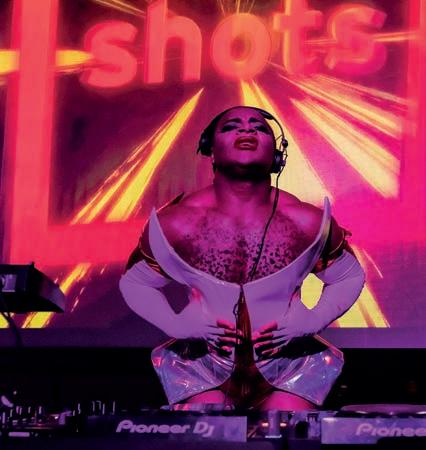
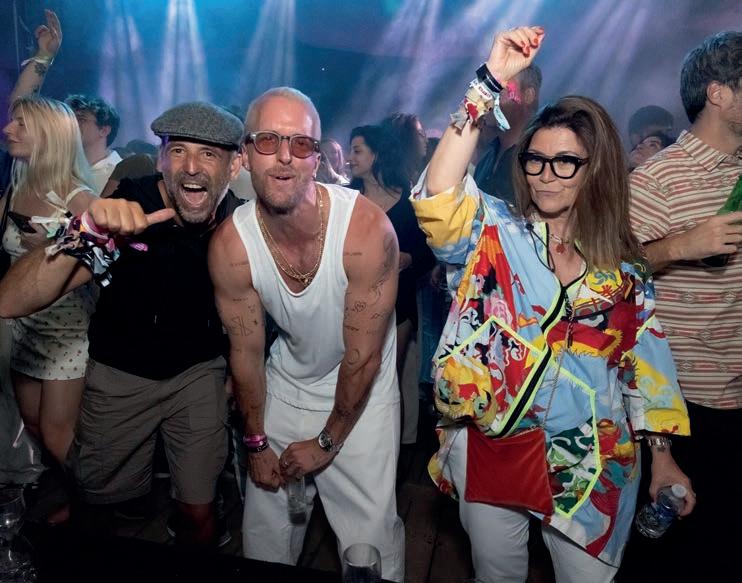
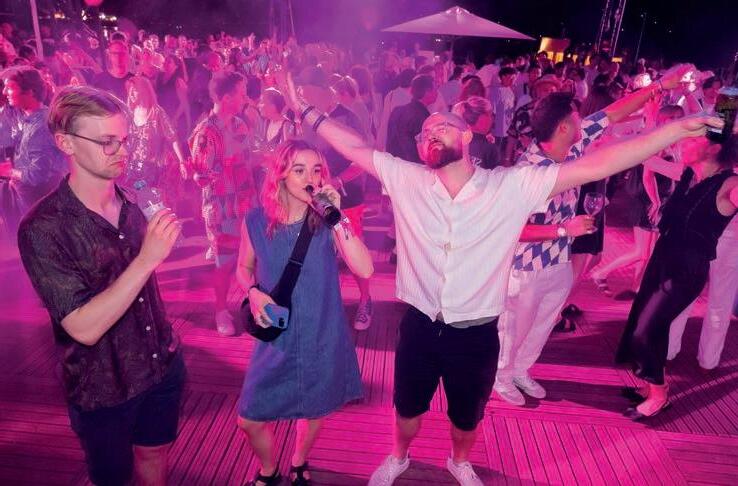

Turn to page 50 of this magazine and you’ll get all the info you need about this super 8 film competition, which is another staple of the Cannes Lions week. For the uninitiated, it’s a competition which sees companies take on the challenge of creating a super 8mm film – no re-takes, no editing, no grade, no post production – that’s screened for the first time (even to the makers) in a cinema in Cannes.
It is riotous mix of nerves, anticipation and filmmaking creativity which has, over the years, heralded some mini-masterpieces. And if that’s not enough to entice you, well we’ll also be providing a pre-screening breakfast.
The straight 8 screening, will take place on Friday June 20th at Cinema les Arcades [77 Rue Félix Faure, 06400 Cannes] with breakfast available from 10am at Nivà café [next door to the cinema] provided by shots.


shots has been a partner of the YDA for as long as the YDA has been around (28 years if you’re interested), and every year Francois Chilot, the YDA President and ‘godfather of new talent’, introduces a new crop of emerging directorial talent to the industry.
Judged by a jury of international creatives, producers, directors and all-round industry legends, the YDA is a brilliant and unmissable screening which highlights the directors who will soon be picking up Lions, BAFTAs, Oscars and pretty much any other filmmaking award you can name. In fact, last year’s Special Jury Prize-winner, Victoria Warmerdam, accepted the Academy Award for Best Live Action Short only a few months ago, for her film I’m Not a Robot shots will be providing breakfast ahead of the screening, so you can load up on co ee and croissants before taking your fill of creativity.
The YDA breakfast and screening will take place on Thursday June 19th, from 9.30am at Cinema Olympia, 5 Rue de la Pompe, 06400 Cannes. Tickets are avilable by scanning the QR code below, and those tickets also give entry to the YDA beach party at 7pm the same evening.
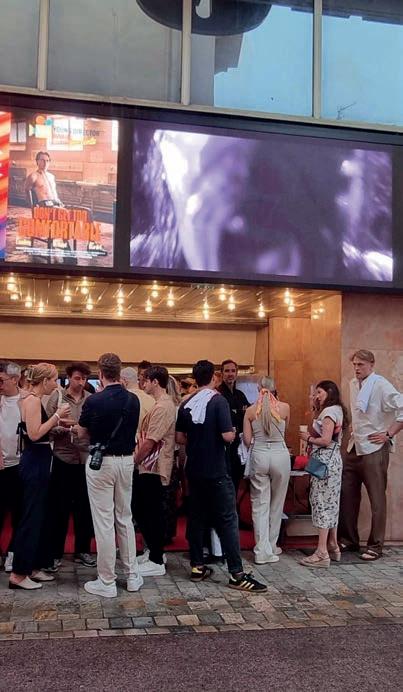

What’s the most creative advertising idea you’ve seen over the last year?
I can’t pick one, there are so many, like Movistar This is Not a Game, Renault Plug-Inn Business, Kraft Heinz Mayo Haters, Asuniwa, Ariel #ShareTheLoads or Heineken Pub Museums. But if I had to pick two;
Asuniwa Sato 2531; stop the future from becoming a nation where everyone is named Sato. In 95% of Japanese marriages, women sacrifice their surname. Changing this law means challenging the lawmakers, of which 90% are men. What a super-duper, smart idea, tackling a cultural insight of Japanese’s law.
KFC Prize on the Bone; KFC Brazil just did something no one saw coming. They took that old-school ‘ice cream stick promo’ idea and asked, ‘why not put the prize where no brand dares?’ So they put it on the bone.
That’s right. Before frying their signature chicken, they made a tiny cut, revealed the bone, and laser-engraved rewards right on it. No gimmick. No QR code. Just crispy chicken and a surprise straight from the bone. It’s weird. It’s wonderful. And it’s so KFC. Turning something as ordinary as a drumstick into a treasure hunt. Proof that when nostalgia meets gutsy execution, even a chicken bone can make headlines.
What’s the most recent piece of tech that you’ve bought and why?
Airpods, we all know why.
What product could you not live without?
Airpods, we all know why.
What’s the best film you’ve seen over the last year? I was into TV series’ this year; Adolescence, Severance, Dayof the Jackal, those are the best I’ve seen.
What film do you think everyone should have seen and why?
Let me introduce you to a Thai film I really love; The Paradise of Thorns, from 2024. One of the best Thai thriller films I’ve ever seen. The story, the cast, the style… I wish we could have more movies like this.
Another one would be How to Make Millions Before Grandma Dies; I love everything about this film, the cast, the story, acting, cinematography. This movie will take you to nostalgic memories of grandma. It is a Thai cultural insight, where we are born and raised by grandma, and some of us have already forgotten about her. Please have a tissue ready while watching this.
What’s your preferred social media platform? Instagram. I love its algorithm; what you are interested in today is what you will see in your feed. Recently, I was
obsessed with watches, so I saw many stories about watches. I don’t want to see drama, we see that everyday and it’s enough, so I enjoy my Instagram time so much.
What’s your favourite TV show?
The world is stressful enough, so I prefer to watch Comedy Central; Jimmy Fallon, Saturday Night Live, or a good stand-up comedy from around the world. I prefer Dave Chapelle, Chris Rock, Bill Burr or Matt Rife over watching news show and having bad dreams. I am a huge fan of sitcoms like The Big Bang Theory, Friends, Two and a Half Men, Spin City and Everybody Loves Raymond
What’s your favourite podcast?
Thai podcasts are great, like The Standard Channel’s 7 Things We Love About…, a podcast about fashion, where they interview Phillip Lim or Jackson Wang and blow everyone’s mind. 8 Minute History, too; if you understand Thai you wouldn’t want to miss this podcast.
What have you been most inspired by recently?
Meeting people who have passion for what they do always inspires me.
If you could only listen to one music artist from now on, who would it be?
Tough question! Chet Baker. My all-time favorite jazz musician. Always and forever.

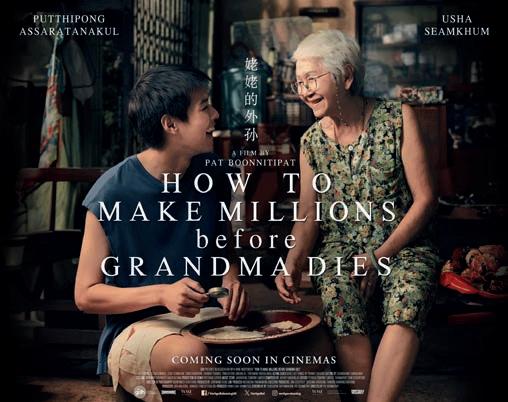
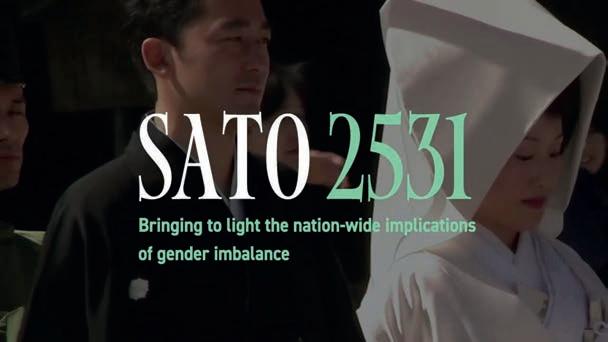
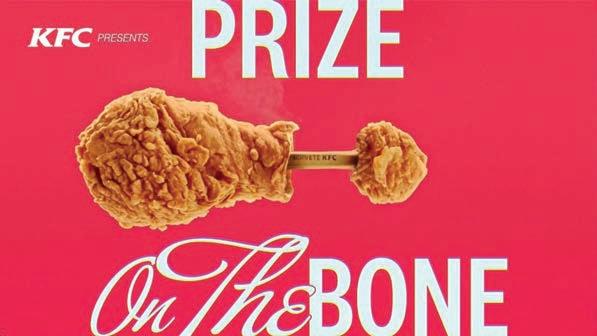
If there was one thing you could change about the advertising industry, what would it be?
To always be ready for change, and never lose pride in what we do. Because the industry will evolve, but the passion we bring to every brief should stay constant.
Describe the Cannes Lions festival in three words? Creativity. Bravery. Legacy.
If you could give one piece of advice about surviving Cannes week, what would it be?
Don’t go to the Gutter Bar on your first night. Trust me, you’ll thank me on day three.
Tell us one thing about yourself that most people wouldn’t know.
Most people know me as a creative. Fewer know I’m also a dad, a jazz lover, and someone who tears up watching Hirokazu Koreeda films. s



More than five years after Protein World asked us: ‘Are you beach body ready?’ how has the portrayal of bodies in advertising changed? Selena Schleh asks idustry insiders to weigh in on half-naked chefs, objectification versus empowerment, and why brands must move beyond surface-level diversity
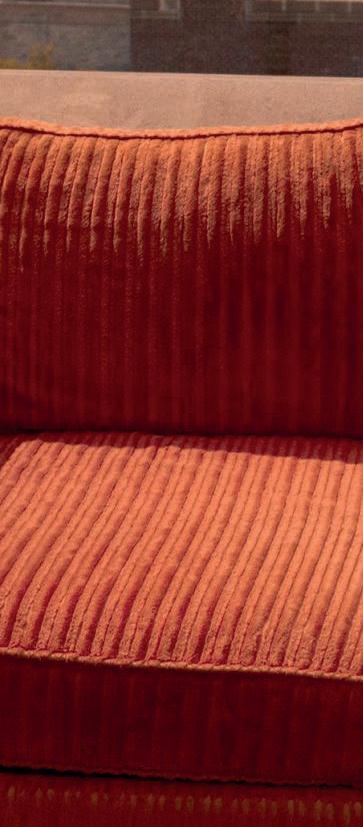
Cast your mind back to 2015. In the year that saw same-sex marriage legalised across the US; Caitlyn Jenner unveil her new trans identity on the front cover of Vanity Fair; and an optical illusion dress go viral (was it blue and black, or white and gold?), one of the biggest news stories of the year erupted over a bright yellow poster bearing the provocative question: “Are you beach body ready?” next to an image of a stereotypically slim, bronzed, bikini-clad babe. Plastered across the London underground by weight loss product purveyors Protein World, the campaign sparked a viral backlash with accusations of shaming women for not looking like an identikit, male-oriented version of the female body.
Posters were defaced, more than 70,000 people signed a petition to have the ads removed, and 378 complaints were made to the UK’s Advertising Standards Authority. Eventually, the ads were banned on the grounds of their dubious medical claims – but, incredibly, cleared of o ensive objectification and propagating unrealistic body ideals.
Fast-forward to January 2024, and another hullabaloo over adverts and the
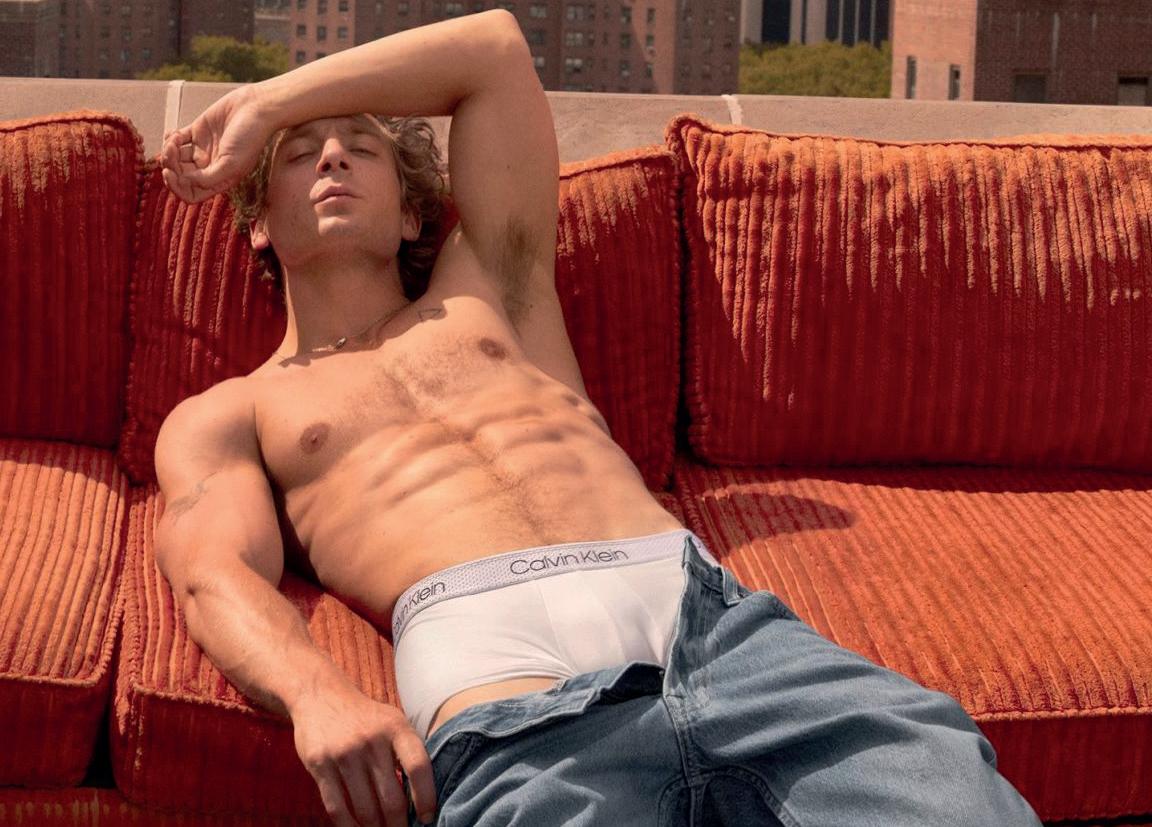
body beautiful. This time, it wasn’t about an itsy-bitsy teeny-weeny bikini on an anonymous blonde, but a tiny pair of Calvin Klein’s signature tighty whities, strategically pulled down at the waistband, all the better to show o the impossibly toned physique of actor du jour-slash-demigod, Jeremy Allen White, whose racy spring campaign got the internet a bit hot under the collar.
Garnering 6.6m views to date, the Mert Alas-directed video sees Allen White wandering the streets of New York before stripping down to his boxers on a sun-drenched rooftop, doing a nonchalant workout and collapsing on a sofa, as a flock of doves take flight across the city skyline. It was rolled out on social alongside smouldering stills of unbuttoned flies and twanging musculature, while supersized images of Allen White in nothing but his skivvies sprawled across gigantic billboards created a new “national landmark” for “erotic pilgrimages”.
Even seasoned snappers were seduced by the campaign. “[It] felt provocative, edgy, avant-garde and new in fashion marketing, which [with a few exceptions]… is singularly dull and derivative,” comments photographer Rankin. Most tellingly, it generated a staggering $12.7 million in media exposure in just 48 hours. Sex, screamed multiple headlines, still sells.
Amidst this mass celebration of male body objectification (more of which later), the furore took a twist when another, similarly racy ad in CK’s wider campaign, starring musician FKA twigs half-draped in one of its denim shirts and captioned “Calvins or nothing”, was banned by the ASA following two complaints. Claiming the ad presented twigs as “a stereotypical sexual object” the ASA said the “image’s composition placed viewers’ focus on the model’s body rather than on the clothing being advertised.” But despite similar complaints about Allen White’s campaign – which was arguably hypersexualised – the ASA took no action.
Unsurprisingly, commentators – and twigs herself - were quick to point out the double standards in the ASA’s decision, with twigs taking to Instagram to post an impassioned defence. Such was the pressure of public opinion, that a couple of weeks later, the ban was partially revoked.
So now that the dust has settled, and we can all stop fanning ourselves, what does this debacle tell us about the portrayal of bodies in advertising, and how it’s changed? Is objectification still a problem for women – and men? And what’s the relationship between inclusivity, body positivity, objectification and empowerment?
Most insiders agree that there has been some progress since Protein World, in terms of both the types of bodies portrayed in ads and the ways
in which they are portrayed. More than 20 years after launching its seminal Campaign for Real Beauty celebrating skin and bodies of all types, Dove is still flying the flag for inclusivity, and a fair few Gen Z and millennial brands, such as Rihanna’s Savage x Fenty, SKIMS and Thinx, have followed suit.
But there’s still a long way to go – and change isn’t happening quickly enough. “Advertising might have moved on from 2015, but it’s at a snail’s pace. Stereotyping and objectification persist,” says Vicki Maguire, CCO of Havas London. “Society holds women to ridiculous, impossible standards… and we continue to see these standards being upheld and reinforced in advertising,” agrees Sophie Lewis, Global Brand Strategist at Mark Anthony Group.
Although it’s true that language around gender and bodies has changed since the Protein World moment, says Karen Correia da Silva, Head of Creative Intelligence at HH Global, “with advertisers much more clued into avoiding messaging that reinforces stereotypes and puts pressure on women to conform to certain body ideals”, ultimately, “objectification remains a key feature of advertising, particularly in fashion and beauty.”
The research backs this up. In a recent survey commissioned by creative agency Elvis, despite 44% of people saying that advertising is more body positive these days versus in the past, a whopping 62% thought advertising “always” or “very often” promotes an unrealistic body image. Another study by Kantar found that only a third of adverts in 2023 featured women with diverse body shapes.
So what’s going wrong? If, as Curro Piqueras Parra, ECD at DUDE London, posits, “advertising serves as a perfect mirror of society – and in today’s society, there is a demand for brands to portray female, male, and di erently-abled bodies more realistically”, why is that reflection still so distorted in places?
The answer lies in the phone that you could be reading this article on right now. While the blatantly sexist billboards of the ‘Hello Boys’ and Protein World era may have disappeared, a quick scroll through Instagram and TikTok suggests that objectification may simply have moved from mainstream advertising to social media. Witness the endless images of heavily filtered, identikit influencers and women sporting tanned, dewy skin and trout pouts, while their male counterparts flex pumped-up physiques akin to Marvel

Protein World’s original poster from 2015 caused a huge backlash
superheroes. “With the addition of influencers and other factors, what a ects us these days is much, much broader than a brand campaign,” agrees Nicky Vita, Head of Strategy at Atomic London.
There’s also the impact of wildly popular TV shows such as Love Island – notorious for its lack of body diversity – and its associated advertising. Some of the most egregious examples of objectification in current-day campaigns come courtesy of the show’s fast-fashion brand partners such as Boohoo, Missguided and Prettylittlething, whose skimpy threads are barely able to contain the curves of bodies depicted in contrived and seductive poses - straddling a motorcycle or lounging poolside, while running
hands up bronzed thighs and pouting through heavily glossed lips.



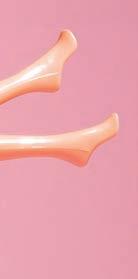
“If you plan covered… kind of,” ran the caption to a banned spot was of Love Island

acknowledging that the ad’s images and themes
of the Calvin Klein/FKA twigs ban: What separates objectification from empowerment?
Where the ASA saw a “stereotypical sexual object”, others – including twigs herself - saw a successful, independent woman of colour in control of her career and her image, who was expressing her physical form and sensuality on her own terms: the very embodiment of female empowerment. The irony was that in trying to protect twigs from the disempowering e ects of objectification, the ban actually undermined her ability to express her autonomy and sexuality, thereby acting as a form of censorship.
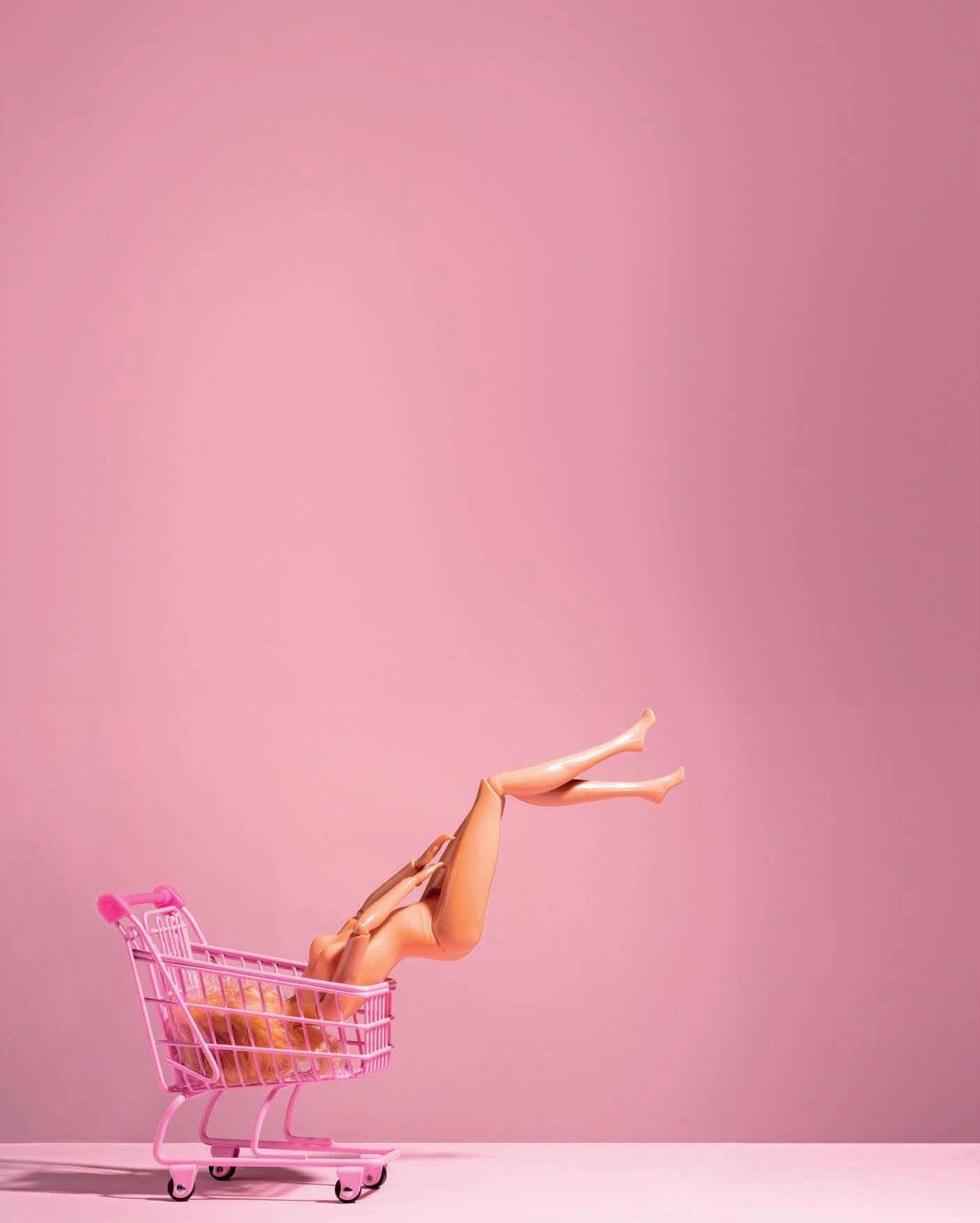
on wearing clothes this summer… we’ve got you covered… kind of,” ran the caption to a banned spot promoting Missguided’s swimwear line, which was screened during the 2019 season and was swiftly rapped by the ASA for sexual objectification, despite the watchdog acknowledging that the ad’s images and themes – young women doing very little, while wearing very little, in the sun - were “similar” to those seen in the programme itself. In its defence, Missguided argued that the ad portrayed “empowering and confident” women – a foreshadowing of the major question at the heart
There’s no doubt that the line between objectification and empowerment is narrower than the gusset of a thong bikini. On one level, as Sarah Emmuel-Cheong, Managing Director of UltraSuperNew Singapore argues, “simply putting someone in an ad in a bare or semi-bare state is allowing them to be objectified – regardless of their body type”. And yet, as Havas’ Maguire points out, how do you advertise pants without having people in their pants? The same goes for a skincare brand advertising body moisturiser, or a fast-fashion retailer flogging bikinis (part of Missguided’s defence of its banned spot was “the display of skin was ‘relevant, necessary and unavoidable’ given that the ad was promoting a summer collection including swimwear).

So how should brands navigate this line? With caution – and by considering both the intention behind the camera, as well as viewer perception, says Atomic’s Vita. “Whether a woman is being objectified is often subjective and context-dependent, so we should always interpret these things in a nuanced way.”
Ultimately, it comes down to a question of power and control – and the role the model or talent plays in crafting how they’re represented. “Objectification implies a power imbalance, where the gaze of the
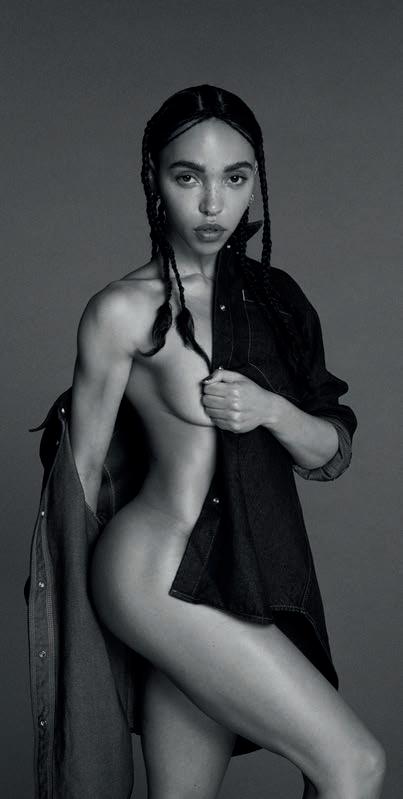
photographer or director and brand impose a particular form of representation onto the model being depicted,” explains HH Global’s Correia da Silva. “Empowerment shifts that gaze back into the hands of the model. If they have a say in how they show up in the world, it can be a greatly empowering moment of self-expression and collaboration with the brand.”
Annie Chiu, ECD at Soursop in Amsterdam, agrees, contrasting FKA twigs’ ad with the misogynistic, hyper-sexualised American Apparel campaigns of the late noughties, which were notorious for casting young, often unknown models at the start of their careers, who were
shots charts the evolution of the objectification versus empowerment debate in three seminal music videos
2013 arguably saw the the nadir of female objectification with Blurred Lines – the video that launched model-slash-actress Emily Ratajkowski’s career, alongside a thousand feminist critiques. Shot through an intensely misogynistic lens, it features three fully clothed male artists joshing about consent as they prowl round, leer and paw at a group of women gyrating in thongs, all sporting the vacant expressions of sex dolls. And, well, that’s the extent of the narrative arc. Thicke’s retrospective attempts to characterise the promo as satirical social commentary got short shrift, and rightly so – the power imbalance couldn’t be any starker.
A tongue-in-cheek bid to subvert the male gaze, Charli XCX’s self-directed video flirts with male objectification as her cast of bu men do the dishes, have pillow fights, fork down some food and prune rose bushes, mostly with their tops o all while gazing seductively at the camera.
The hip-hop genre has long been synonymous with the sexual objectification of women by men – but the rise of female rappers like Nicki Minaj, Cardi B, Doja Cat and Megan Thee Stallion, whose explicit lyrics are matched only by the explicit nudity in their videos, ignited a debate: is it right for female artists to profit from misogyny? That reached a high water mark with WAP – was it the ultimate expression of creativity by two successful female artists laughing all the way to the bank? Or just a shocking example of sexist stereotypes, veiled in the guise of empowerment?
naturally vulnerable to pressure from predatory photographers seeking to impose misogynistic creative visions. “Those models had no choice over what images of themselves were blasted onto billboards,” says Chiu.
By contrast, although FKA twigs was undeniably depicted in an overtly sexual manner, that was her creative call. As twigs herself maintained: “I am proud of my physicality…[the brand and creatives] gave me a space to express myself exactly how I wanted to.” Unlike the American Apparel ads, which tended to portray models in vulnerable poses or reduce them to faceless bodies, the image of twigs exudes

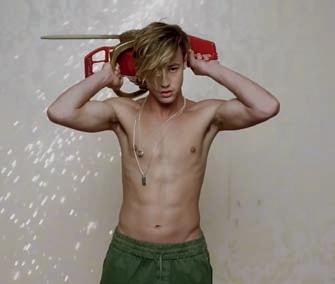
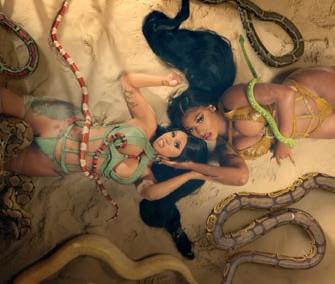
strength, confidence and character, says Atomic’s Vita: “She’s not trying to look seductive, she gives zero fucks about the male gaze or convention, she’s a picture of pride.”
It seems sex still sells to women – but only when sexuality is framed as empowerment for women, rather than for the gratification of men. “Female empowerment is about ownership – i.e. women being sexy on their own terms, not via a male lens,” says Maguire. A case in point is the recent battle of the underwear brands, between the O.G. lingerie mogul Victoria’s Secret and Rihanna’s Savage x Fenty. Equally lavish amounts of skin appear across both brands’ campaigns, and
yet the former feels cheesy and dated, while the latter has captured the zeitgeist to become a Gen Z favourite. It’s not just the fact Savage x Fenty is female-owned; for Soursop’s Chiu, the brand’s success is down to its celebration of diversity in body types and skin colour, embracing sensuality through an unapologetically female lens. “Even though they’re sensual and erotic, the ads portray the range and diversity of body shapes that reflects the real world – so they feel made by us [women], for us. Without that diversity, it’s just someone’s version of what a woman should look like.”
That’s not to say that portrayals of body positivity, diversity and inclusiveness preclude objectification, cautions elvis’ Managing Partner, Strategy, Camilla Yates. “People with plus-sized bodies are, sadly, as likely to be objectified as those with idealised bodies, and equally, those with idealised body shapes can represent empowerment just as genuinely as those who don’t look like the stereotypical ‘ideal’.” Which takes us back to the all-important elements of control and choice.
When it comes to the portrayal of male bodies, the picture looks a bit di erent. As Yates points out, “the move from brands to address body positivity issues has thus far been primarily focused on female bodies – while masculine portrayals are still more stereotyped.” As a brand, Calvin Klein has a longstanding tradition of showcasing specimens of physical perfection, yet the casting of yet another bu white chap is,
arguably, propagating an unrealistic body ideal – one that’s increasingly dominating social media, to the detriment of young men’s mental health and body confidence. A recent Dazed article charts how “physiques once reserved for professional bodybuilders and fictional superheroes have become the new norm” on social media, with alternative, more attainable body types pushed into the sidelines. The worryingly growing trend of male body dysmorphia and eating disorders in young men suggests that it’s past time for brands to take a more inclusive approach, irrespective of gender. Where are the plus-sized male models in mainstream fashion and male grooming campaigns, for example?
And what about objectification? Do men need to be protected from that, too? The ASA might not have thought Allen White was being objectified in the strictest legal sense, but the frankly lascivious public response suggests otherwise. Correia da Silva, says “while women are still disproportionately a ected… we’ve definitely seen the rise of objectification of men as a celebrated feature of visual culture. When it comes to male objectification – and men being depicted in ways that women typically are – we tend to praise it.”
A quick scan of the comments under Allen White’s Calvin Klein campaign video suggests she’s got a point: “This is what every woman needed to start 2024 o right”. “Thank you, Calvin Klein for making me question my sexuality. I thought I was a straight dude for the last 33 years”. “I’ve never wanted to be a couch before today.”
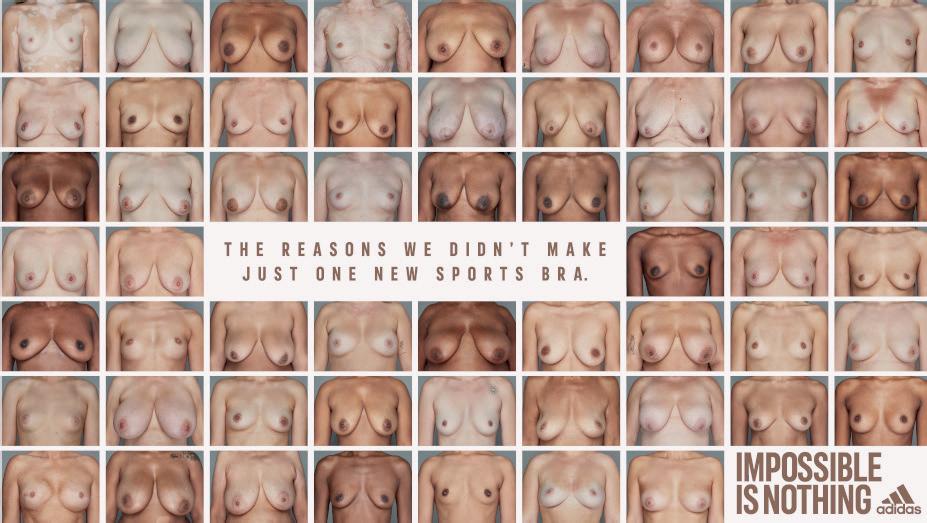
Objectification, or simply a bit of harmless fun, a retro wink to the likes of Levi’s Laundrette, or those infamous Diet Coke break ads?
Objectification it might be, says Havas’ Maguire, but it’s entirely di erent from its female counterpart, “because men don’t su er from a severe and historic power imbalance that puts them at risk from sexual harassment and mental anguish”. Soursop’s Chiu, goes even further, asking: “Can you be objectified if you’re in a position of power? Based on societal construct, men are already given power that women don’t have – so systemically speaking, men can’t be objectified.”
Whether you characterise it as a form of objectification or not, there is a serious side to all the thirst trap memes and praising of a bu male body, says Correia da Silva. “These images are still operating to reinforce the same gender and body norms our culture is trying to escape.”
By characterising twigs’ portrayal as objectification but not Allen White’s, the ASA’s ruling proved “the level of inconsistency and hypocrisy that still persists in relation to the portrayal of men and women in advertising,” says Mark Anthony Group’s Lewis. Havas’ Maguire thinks it goes beyond that, seeing the decision as indicative of a more worrying trend that has its roots in extreme conservatism of the US radical right, but is now seeping into general culture, manifesting as the censorship of women’s bodies. “Was the backlash really about objectification of women, or the new puritanism?” she asks.
Chiu has also experienced first-hand the “underlying prudishness that has bubbled over from America… the policing of women’s bodies over what is proper and what is too provocative to show” with The Breast Gallery, an adidas campaign showcasing images of bare breasts (cropped at the neck to protect the models’ identities) of di erent shapes, sizes and skin colours to launch a new sports bra portfolio.
Intended to champion the beauty and variety of real breasts (and the corresponding need for sports bras that go beyond one-size-fits-all), the campaign featured models who’d all volunteered to be in the ad and were supportive of its aims. It was shot by a female photographer, Sophie Ebrard, to create a sense of intimacy and safety. There wasn’t even a suggestion of sexiness in the images – just a straightforward celebration of the beauty and variety of real breasts. Nonetheless, the ad attracted 24 complaints of objectifying women by “sexualising them” and “reducing them to body parts” (and, though cleared of objectification, was subsequently banned by the ASA from certain platforms for explicit nudity).
So where does the industry go from here? It’s a balancing act, says Correia da Silva. “Brands need to think about their creative through the lens of collaboration with their talent, but equally they
From an ode to the untamed bush to a cabaret-style celebration of the G-spot, Ri Ra director David Wilson picks five videos that empower the human body through sexual expression, beauty and play.
should also continue to push for allowing female bodies to express their power and (still so often stigmatised) sexuality in how they’re represented. The key is to be sensitive to cultural norms that can be harmful to audiences, while also providing women involved in the ad’s creation to collaborate on its production. Avoiding objectification by foregrounding collaboration and participation needs to be a key focus for the advertising of the future.”
Havas’ Maguire agrees that getting more women involved from the outset is absolutely crucial in making ads that women will like. “After all, women do love looking at sexy-looking women, ‘twas ever thus – because women’s bodies in all their forms are beautiful and should be celebrated.”
But adland needs to do more than simply showcase a wide variety of body types in a non-objectifying way, says Atomic’s Vita. “We need to move beyond surface-level diversity. True progress lies in portraying women with depth, showcasing their personalities and identities beyond gender stereotypes.” And that requires change at a systemic level, adds Correia da Silva. “Real inclusion in our industry would involve a rethink of our production practises, ensuring that communities and identities that are being represented in our work have a role in truly shaping it.” s
Our bodies are able to manifest the powerful energy available to us… sexual energy! Deep Clean is a playful cabaret piece that celebrates the power of selfpleasure and the male ‘G-spot’. The aim of the piece was to tackle the taboo subject of male sexual pleasure through anal stimulation and make it a fun romp that leaves the audience cheering for more.
The video celebrates the female body in both the physical and spiritual planes of reality. Taking us through the representation (and oppression) of women through history and Western religion, before celebrating the female body’s physical and energetic power.
Movement Ivory
I consider this [director] Fleur Fortune’s masterpiece. A music video that I truly regard as a piece of art. Banned from YouTube within two hours of its release due to the explicit nudity in the film, Fleur depicts the sensations of touch through psychedelic imagery. To me, it’s the most accurate depiction of the power of sensation connected to the body. Talk about empowerment in connecting to your own physical form!
Not technically a music video, but a music-centred short film celebrating the beauty of body hair by the incredible Saam Farahmand. This piece radically celebrates the growth of body hair on the female form. A female aesthetic that still carries shame for so many, Farahmand tackles body hair straight-on and flips the script on the modern perception of our natural state.
The only music video I’ve seen of someone singing into an erect penis. Sex positivity at its finest. The censorship of the male erection is still ongoing, and this piece breaks through that censorship with a smile, accompanied by a gorgeously sun-kissed track.
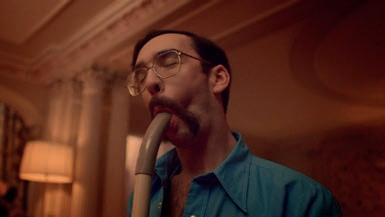




The creative industry is completely shutting out the working class, says Amy Kean, and it shows.
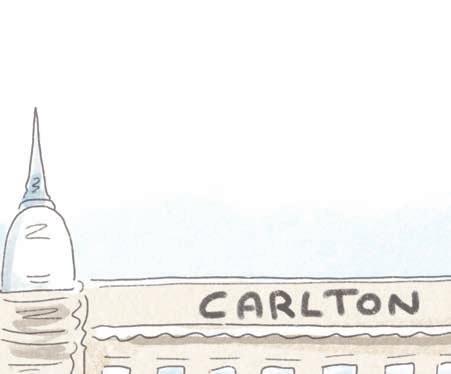

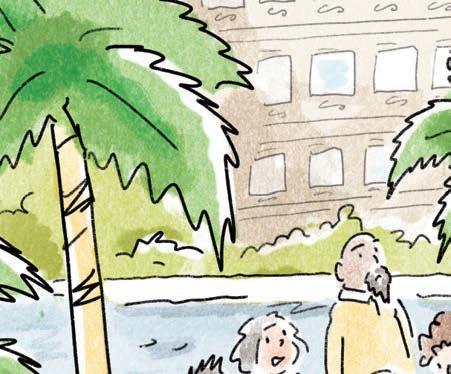
Iused to love the chaos and emotion of the Brit Awards. Jarvis Cocker mooning, Gerri Halliwell’s open legs, Robbie Williams challenging Liam Gallagher to a fight, Adele silencing an entire venue with her performance of Someone Like You, Stormzy defending the victims of Grenfell. Drunkenness! Mayhem! Audience interaction! This year’s Brit Awards were perhaps the most nonchalant yet. A notably vibe-free a air; the music community was so unbothered that hardly any award winners turned up to accept their statues. Not even a posh Jack Whitehall taking jabs at the industry was enough to give the show soul. Viewers called it boring and critics found it outdated, with Mark Beaumont of The Independent suggesting: “If any state-of-the-industry insight emerges tonight, it’s one of struggle, of hollowing out, of ladders raised.”
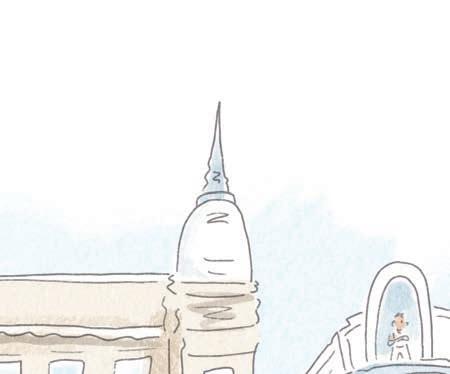
In their speeches, two winners - The Last Dinner Party and Myles Smith - used their platform to speak up against the dissolution of support for emerging artists and depressing closure of grassroots venues up and down the country. Smith, winner of the

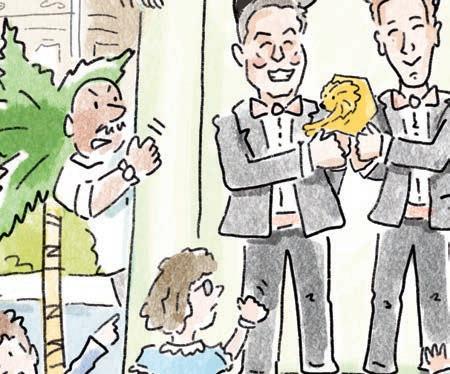

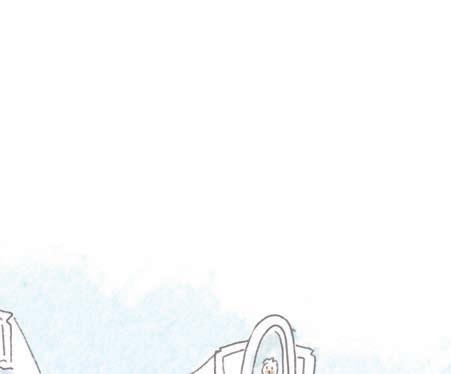
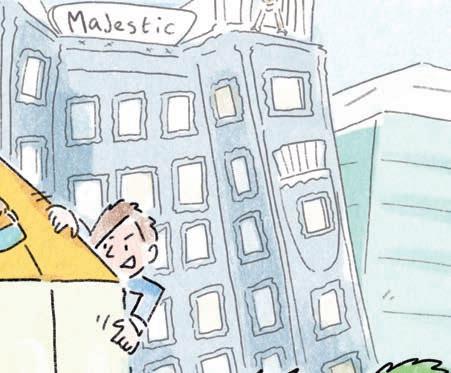
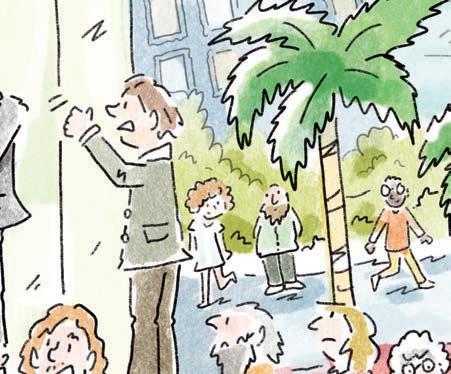

Brits Rising Star Award, said:
“If British music is one of the most powerful cultural exports we have, why have we treated it like an afterthought for so many years? How many more venues need to close? How many music programs need to be cut? To the biggest venues and arenas around the world: if artists selling out your arenas and your stadiums started in grassroots venues, what are you doing to keep them alive?”
Small venues are where the magic happens. Watching an up-and-coming band up close before they hit the big time; the sheer hunger reverberating through their guitar strings, giving your goosebumps goosebumps. But in a megauber-super-capitalist era, who gives any fucks about those new, scrappy artists trying to make it big in front of giddy crowds?
shifting standard tickets at £300 a pop. Even You Me Bum Bum Train, heralded as one of the most thrilling, radical immersive theatre experiences in the UK, has been regularly namechecked on gossip sites for prioritising the 1% in their supposedly balloted ticketing scheme. A notable visit from Je Bezos and pals inspired the show’s volunteers to write an open letter questioning the creators’ ethics.

These days, the big cheeses only care if you’re rich or viral. Instead of £10 entry in a cool small bar, dynamic pricing at big music venues is controversially surging tickets to hundreds of pounds. Where hundreds of years ago the working class would grab pit tickets to Shakepeare’s Globe, this year’s run of Much Ado About Nothing starring Tom Hiddleston was
Creativity is steadily being siphoned o ; created by the few and attended by the few. Studio space is una ordable. Internships still don’t pay. And the people being hailed as ‘visionaries’ tend to have rich parents, PR teams, and private school creds. Art education is piss poor, and investment is lower than ever. Grant-in-aid funding for arts and cultural organisations fell by 18% between 2010 and 2023, and local government funding for culture declined by 29% in Scotland, 40% in Wales, and 48% in England between 2009/10 and 2022/23. Some local authorities have stopped their cultural funding altogether.
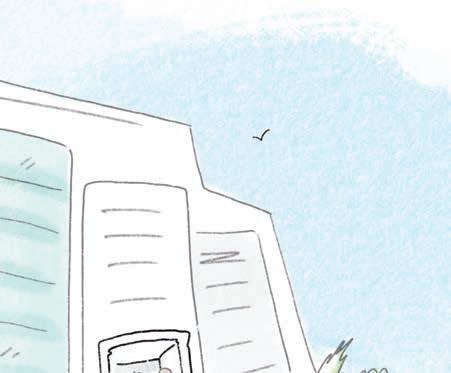
important than the guest list of people invited to see the work.
Cannes is the perfect example of greed usurping creativity. It’s a capitalismby-numbers extravaganza of shiny ads and random celebrities; drunk ad tech guys groping women and selling DSPs, and then… some work. The creativity is secondary to the chance to chat clichés on a panel before taking selfies by a DJ booth (“LOOK! IT’S FATBOY SLIM!” the blurred Instagram stories say).

This is a social class issue. The creative industries are still reluctant to take working class talent seriously, aside from spotlighting them occasionally in a tick box exercise. An anthology of working class authors? How generous of you! But when you lose the rawness and the accessibility of art, it all becomes a bit ‘meh’. A bit samey. Mass produced, formulaic and exclusive. I know, because I’ve seen it happen to the ad industry.
It’s the Cannesification of the creative industries, in which the work itself is less

It’s who knows who, and who knows you. And if you’re lucky enough to be a ‘rising star’ shipped out on a sponsorship of some kind, you’re simply being permitted a momentary taste of the high life. “This is how it could be… if you play the game.” It’s words and pictures, but for rich people. A big glass box that the peasants can’t penetrate.
There’s a whole lotta elephants in a whole lotta rooms on La Croisette. This year’s schedule features Meta, who just a few months ago were the subject of a scathing book called Careless People, which discussed their unethical approach to growth and the genocide in Myanmar. We have Havas, whose multi-million pound work with Shell saw them getting their B-Corp status removed. There’s a bunch of sessions about how to advertise inclusively, but none about how to operate



inclusively, in an industry that adores its predominantly rich, white workforce.
And don’t forget that last year the infamous ideas demolisher Elon Musk was worshipped on the main stage by a standing-room-only crowd. We have to stop confusing privilege with talent. Cannes is the celebrant of art powered by formulas and dictated by trends, and that’s exactly where every other creative industry is headed. Homogeneity with a rosé chaser. The lineup this year is littered with directives to “unleash the power of AI”, because of course it is. But it doesn’t matter how much neon lighting or AIgenerated sound design you throw at an idea, if it’s coming from the same rich people, the same posh backgrounds, the same exclusive brainstorming sessions in the same hotel lounges, then it will be the same. And with the massive regional disparities in access to AI training, and skills skewed significantly towards London (OECD 2024) then apparently the future’s unequal, too. Does anyone care?

Let Cannes be the benchmark for how hollow it can get. Because in a few years time the real voices - the undiscovered ones, the rough-around-the-edges ones, the strange and unexpected ones, the working class ones - won’t even get a look in. Creativity is so much more than guest lists and wristbands. So what are you doing to keep it alive? s
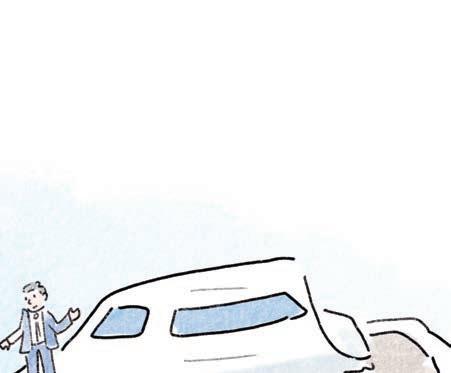
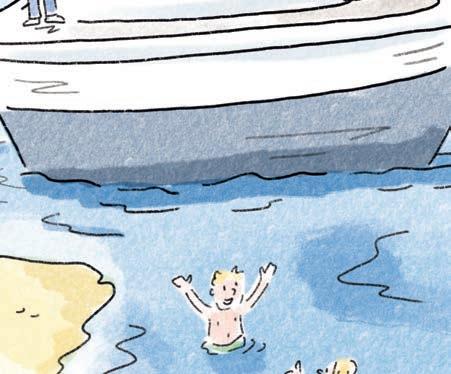
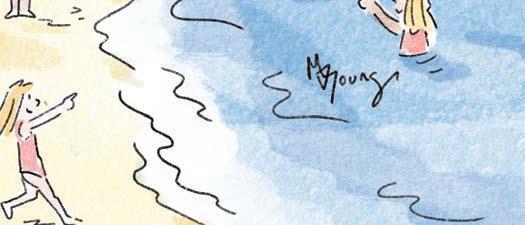
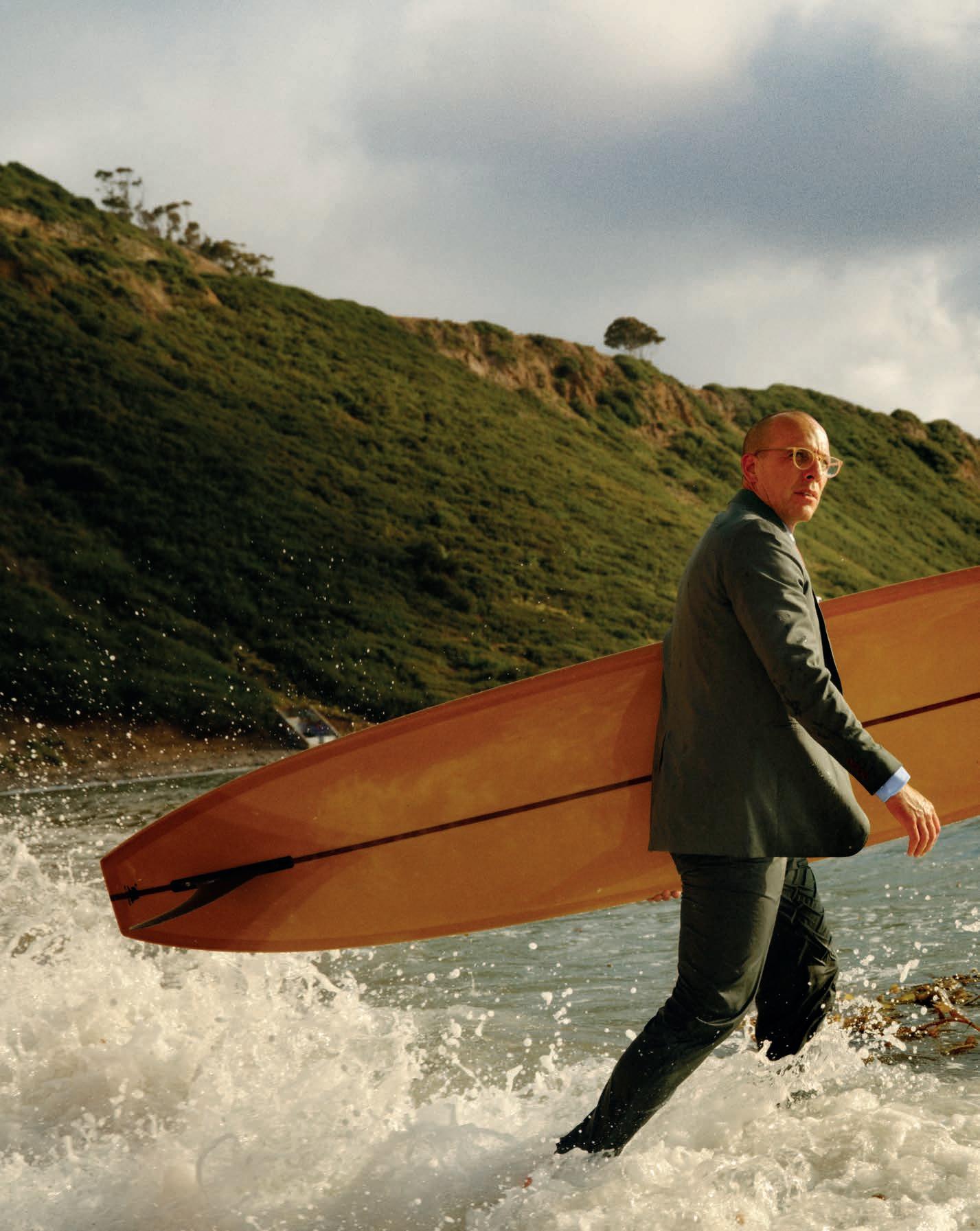

Before he heads to Cannes to collect the Creative Marketer of the Year award for Apple, Brent Anderson, the Global Chief Creative O cer for TBWA\Media Arts Lab, talks to Tim Cumming about branding, creativity, simplicity, and how to surf, survive and thrive in a world of rapid and radical change.

“I go back to the middle school version of myself, when my adolescent confidence was tied up with my artistic abilities: I always knew I could draw my way to attention! I’d draw these mash-ups of Sesame Street with Nightmare on Elm Street, Lego characters who’d been shot in the chest – my teacher probably thought I was disturbed. I’d mash things up and people would pay attention. I’ve always loved that – mash-ups that create something new.”
ground
“I went to Brigham Young University. They now have arguably the best advertising programme in the world, but I graduated way before that. I left with one print ad in my portfolio – a Stephen Wright joke for the local ice creamery. So, I wasn’t prepared. My real training ground was in Portland, Oregon, in a little shop called JohnsonSheen. I was hired as a studio art director just as the dot.com bubble burst in 2001. It was a brutal time to start.
My first campaign was for a b2b company called First Insight, announcing a new software suite for managing optometry clinics. I poured so much e ort and craft into that campaign, and was convinced it would win in the Roseys, Portland’s local awards show. I was so crushed when it didn’t even make the shortlist!”
“It was a campaign we did for Brooks running shoes, an animated Flash from 2004 that still holds up, I think. That was what got me properly acknowledged at award shows. And that was what
brought me to Chiat, in 2005. It’s interesting how awards shows still allow those opportunities for work to pop and people to take note, for us to identity talent and for talent to distinguish itself.”
“My first mentor was my professor at college, Bryant Marcum. He was four years ahead of me, but he’d won a Gold Pencil at the One Show, and I remember thinking, man he has arrived. What I learnt from Bryant is that some of the best mentors are a few years down the line from you, not too far away, doing things at a level you wish you were at, and you can see how they got there.”
“I’ve had a 15-year relationship and mentorship with Lee Clow at Chiat. I consider myself one of the lucky ones, one of a whole host of creatives he’s influenced and shown the way to. Lee has a ton of friends, a ton of people who will attribute their trajectory in the business to him, and not one enemy – and that’s rare in this business.
He’s committed to the purity of a simple idea, always the one listening the most. If you’ve got Steve Jobs as a client, you listen. Over those 15 years, I’ve often asked for perspective and insight from the advertising industry’s Gandalf.”
Creative Marketer of the Year
“This is the second time Apple has been awarded, the first was in 2019. It’s an esteemed honour and an indication of the totality of the work we’ve done. It means that what we’re building is working, that everyone in every role is using their creativity to solve problems. It means that we can promise
people that they can make the best work of their lives here at TBWA\Media Arts Lab (MAL). And it’s a testament to a brave, ambitious and unrelenting client with phenomenal taste and instincts.
Apple has always been committed to creativity, simplicity and humanity, and we’ve been able to help them stay true to those objectives.”
The weight of the past
“We all recognise we stand on the shoulders of giants, people like Steve Jobs, John Ive, Lee Clow, Jay Chiat, Tim Cook, a whole bunch of creative leaders that came before me. All who have gone before us set such a high bar that it’s daunting, every day, and it’s daunting for everyone who works here, because it’s bigger than we are, and it’s more pure than we are.
All we can do is see if we can add to it with something that can reach the pantheon. There are easier paths to take, but I wouldn’t have it any other way.”
Some Apple highlights
“The Vision Pro Introducing was an unprecedented collaboration between Apple, MAL and the Vision Pro group at Apple. It was a really unique coming together to do something we hadn’t done before. And it was an entirely new mode and method of storytelling.
Flock, promoting privacy on the iPhone, is the definition of a perfectly crafted expression and story. And our most recent AirPods film Someday, with Spike Jonze and Pedro Pascal, it’s so fun to see the internet just grab a hold of that.”
“At present, AI still struggles with strategic thinking, with brand nuance, with emotional intelligence. The bottom line is that the creative thinkers in our industry will continue to survive by cocreation, using AI as a tool.”
“Technology and the di erent iterations of AI are going to reshape all industries, and it’s going to reshape the creative industries, but it’s not going to displace the best creatives. It’s going to reward those who adapt well to it.
We all need to spend a lot of time with it, learning how it can benevolently benefit the creative process, and the value creativity has to a brand. But where it’s going to go, nobody knows, and it needs to be approached with humility, with restraint and some deference, and that’s hard with the velocity of its development.”
“We’ve been in LA for the past 20 years, and I’ve spent a lot of time surfing and skiing with my family. I often pull analogies from those two experiences, surfing particularly, for work and life and creativity and leadership.
There’s something about that salt water that puts everything into perspective. It always demands your full attention. You have to be really there in order to not just get worked over. I draw a lot of my perspective from that.”
“Nothing will put you in your place more than the ocean. I don’t go out in the massive waves, but I’ve been out on big enough days to recognise that if you put yourself in the right position, you can harness that wave, you can leverage that, but if you’re in the wrong position it’ll eat you up.
To catch a wave you have to move at the same

speed the wave is moving, and it’s really hard to match the current speed of technology because it has such incredible velocity. I think the only hope is trying to put yourself in position.”
“I’m optimistic that humans equipped with AI will be capable of incredible things in the future, things we simply can’t even conceive at present. Creativity and the impact upon one another is going to be amplified somehow. I believe in humanity’s ability to adapt and to protect itself. It’s just really exciting to me.
At present, AI still struggles with strategic thinking, with brand nuance, with emotional intelligence, with taste and originality. The bottom line is that the creative thinkers in our industry will continue to survive by co-creation, using AI as a tool. To unlock speed, to unlock inspiration and variation, while maintaining a really clear, strong point of view based on brand values.”
“As an industry we are better at being faster and more immediate and punchier, and getting to the point with as little artifice as possible. Customers need singularity – what is the one thing you want me to feel or to understand, all within the absolutely miniscule amount of attention I’m going to give to you?
You have to be much more direct, to be articulate with brevity, all at the same time. There’s no question that now is an existential moment, and change is seldom welcome and always painful, and it’s a painful moment right now, and I think we are right at the beginning of the transformation. We’ll soon begin to see whatever that transformation looks like.”
The bottom line
“I’m glad I’m in an industry that’s in proximity to the creative process. So much of what we do relies on nuance, taste and instinct, and those are harder to replicate, compared to so many of the tasks that are being threatened as the world changes.
What AI can’t do is know what your client should do. It can’t invent a brand platform out of an insight on cultural tension. It can’t tell you which expression actually most matches the soul of the brand. And it can’t know when the right time to break the rules is.
The creative process is a uniquely human endeavour, so in the end I am optimistic.” s

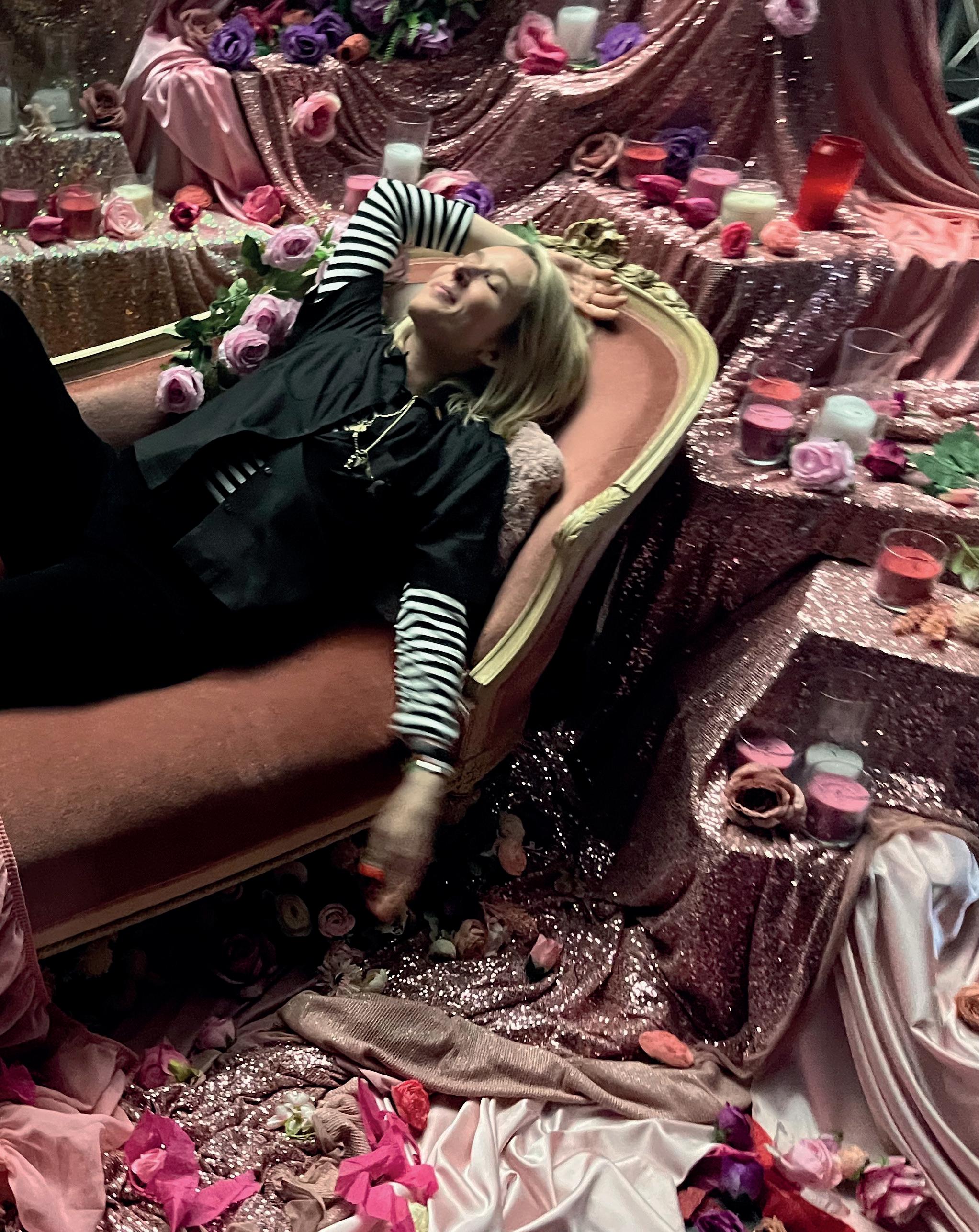
Lucy Forbes, the indemand director of Netflix hit Eric, talks to Tim Cumming about focusing her comedy and storytelling skills onto her two shortform awardwinners for Waitrose and Libresse.
If you were to combine the essence of Big Brother’s Big Mouth with a season or two of no-budget children’s telly, some spoof ads and a stack of Charlie Brooker’s Screenwipes, combine all that with a massive love for film and telly, the drive to succeed and a winning way with funny stories, and what would you get? You’d get Lucy Forbes in the director’s chair, that’s what. Forbes has directed episodes of the Bafta-winning drama series In My Skin and The End of the F**king World and, more recently, directed Benedict Cumberbatch alongside a seven-foot tall puppet in the hit Netflix series Eric And while she is an in-demand longform director, she is lauded, too, for her shortform work – most recently a deftly conjured whodunnit spot for Waitrose Christmas, Sweet Suspicion, and a groundbreaking celebration of menstruation and womanhood, Never Just a Period, for Libresse.
Signed to SMUGGLER for her commercial work, Forbes is talking from Canada, where she is about to shoot a new drama series. “It’s called The Audacity, about tech billionaires in Silicon Valley,” she says, “written by Jonathan Glatzer, one of the main writers on Succession. It’s about the people, not the tech. It won’t be mega-futuristic, it’s more about humanising these people that control and know everything about our lives.”
While it means she’ll not helm another ad campaign until next year, directing both long and short-form are processes she relishes. “A longform is a slow burn and it’s a marathon, you have to sign over your life to get it done,” she says. “You do that with advertising as well, but it’s a month, and then you’re out the other side. It’s a di erent muscle you use. It’s creatively very, very rewarding. Especially with something like the Libresse campaign. It was literally my imagination run wild. It’s really exciting to do things that you can’t do on a longform. And you get to work with really interesting creatives and collaborators. I love working with SMUGGLER .”
As an acclaimed, in-demand female director, had she obstacles to overcome to secure her first work? And what was it that opened the doors of opportunity? Forbes’ answer is succinct. “It was Harvey Weinstein being a complete shitbag that changed everything. It was the MeToo movement, and the thought that, ‘Oh yeah, maybe we should get some female directors’. And suddenly the doors opened. Then it was knowing you have those opportunities and seizing them. I still have to be 10 times more prepared than a director of the opposite sex. I have to really know what I’m talking about and I definitely prepare. I’m not winging it. I’m very aware of the opportunities I’ve been given, and I throw absolutely everything at those opportunities.”
She’d started out in television, working up from an entry-level job at the BBC, as a PA, to the Head of Light Entertainment. “I was a contestant researcher, then an assistant producer, but the big thing was when I started working in kids’ TV. There was no money; they just threw a camera at me, and went, ‘can you just go and film this?’. And that’s where the love a air started. Children’s TV was a really good training ground. No money, no time, I had to shoot it and write it myself, turn it around really quickly. Then I worked in music television for a long time, made really bad documentaries with Big Brother contestants, and eventually got a job on [round-up show] Big Brother’s Big Mouth. I had to make sketches about what was going on in the house. That was my film school, because we could do anything we wanted. We’d come up with ridiculous ideas and film them in new and creative ways.”
She then started writing sketch material for the likes of Katherine Ryan, Micky Flanagan and John Bishop. Then a dream job – working for Charlie Brooker’s round-up of the year and a series of Screenwipe. Then there was the first and only series of The Mad Bad Ad Show. “We made spoof commercials, some of which still I deeply love” she says. Soon after that she started directing her first longform, the 2018 coming-of-age BBC3 series In My Skin By the time she’d finished helming all six episodes of Eric in 2023 – after two years non-stop work – Forbes felt exhausted and ready for a break. Or, at



1 Eric
2 The End of The F***ing World
3 The Mad Bad Ad Show
4 Waitrose, Sweet Suspicion
5 Bodyform, Never Just a Period

least, an ad break. “SMUGGLER went, ‘we’ll have you’, and these incredible opportunities came along – Libresse and the Waitrose Christmas advert.”
Waitrose Sweet Suspicion, out of Saatchi & Saatchi, is a game changer when it comes to modern-day Christmas retail advertising, in that it is neither depressing or maudlin, there’s no frail female vocal stretching out like gossamer over a sloooow version of an old hit, and it lacks the usual twanging of heartstrings. Instead, Sweet Suspicion is a tightly plotted, slyly funny whodunnit centred around a Waitrose dessert you’d actually want to spoon into your gaping maw as soon as possible after viewing.
“It was a clever way to do what you needed to do on a retail Christmas ad,” she recalls. “You need to show the produce, but it was a smart way to do it. We had to approach it as a proper whodunnit. I went through and characterised each of our family members – one’s the femme fatale, one’s the hapless idiot – then wrote their motives, then had a pass at the script. We got in a proper crime writer, who’d done Miss Marple, and we spent a day working it out, all the little nuances. Then I did another pass and injected some comedy into it, so it was definitely a collaboration between me and the creatives and the crime writer.”
“It was Harvey Weinstein being a complete shitbag that changed everything. It was the MeToo movement, and the thought that, ‘Oh yeah, maybe we should get some female directors’.”

The two-parter drew a cool 150 million views across all platforms, making it the supermarket’s biggest-ever campaign. And as most viewers at the end of part one were pointing their fingers at the wrong suspect (Fig the cat, to be precise, which does seem felinephobic), Matthew Macfadyen’s detective had some explaining to do in the part two reveal.
Her second spot through SMUGGLER, Libresse Never Just a Period, shows how much of things have changed since the first period-related ads appeared in the late 1980s, courtesy of the immortal Bodyform spots, seared by the voice of Stevie Lange (‘Whhhoooooaaaaaaaahhhh Bodyfoooohoorm’) which saw young women skydiving, yachting, playing tennis and the like, without a care in the world. OK, it featured a nice blue liquid rather than blood on the sanitary towel (that changed in 2017 with Bodyform’s Blood Normal spot), but it was another key step on the road to openly discussing female health and depicting women’s lived reality rather than burying it like medical waste.
“I love those ads,” exclaims Forbes. “They’re very memorable. Everyone still knows the theme tune from all those years ago. It really stuck in my psyche. What they didn’t do is connect the product to me. It reminds me of the product but it doesn’t connect the product to my story. That’s what the Libresse ad does. It shows such deep understanding of women, and wanting to push forward education, empathy, understanding and connect it to who you are, and all the di erent aspects of womanhood too.”
She recalls how, as a young woman in the 1990s, she barely ever talked about her periods or her body. “I don’t think I even told my mother when I
first had a period. I don’t think we even had a chat about it,” she recalls. “There was no conversation. When it happened I got on with it and didn’t tell anyone about it.” As a mother of two girls, aged eight and 11, she has ensured that the oppression of that silence is being broken. Never Just a Period is part of that change.
“There was something so powerful about showing my kids this ad and then having all these questions – I’ve been reached out to by so many women, especially those with teenage daughters, saying how helpful and amazing it was, and women my age being emotionally moved by it. I feel so fortunate to have worked on it. It felt like there was a learning experience for loads of people,” she adds. “There are a million tiny decisions to highlight the beautiful di erences that women all have, and to show things that aren’t normally shown.”
Making the spot was a lengthy process of evolution and preparation. The outline focused on how women are so uneducated about their own bodies, and how much is left undiscussed, and it was Forbes’ task to find the unifying thread to pull it together. She found it in the concept of an all-female orchestra and ‘a chorus of womanhood of all di erent kinds’.
“It was a multilayered creative project that was incredibly rewarding,” she says. “I got to work with unbelievable talents across the board. And we were doing something that felt worthwhile – changes only happen if people talk about it and feel more comfortable, sharing it. And that’s happening with this campaign. It highlights what needs more work.” s
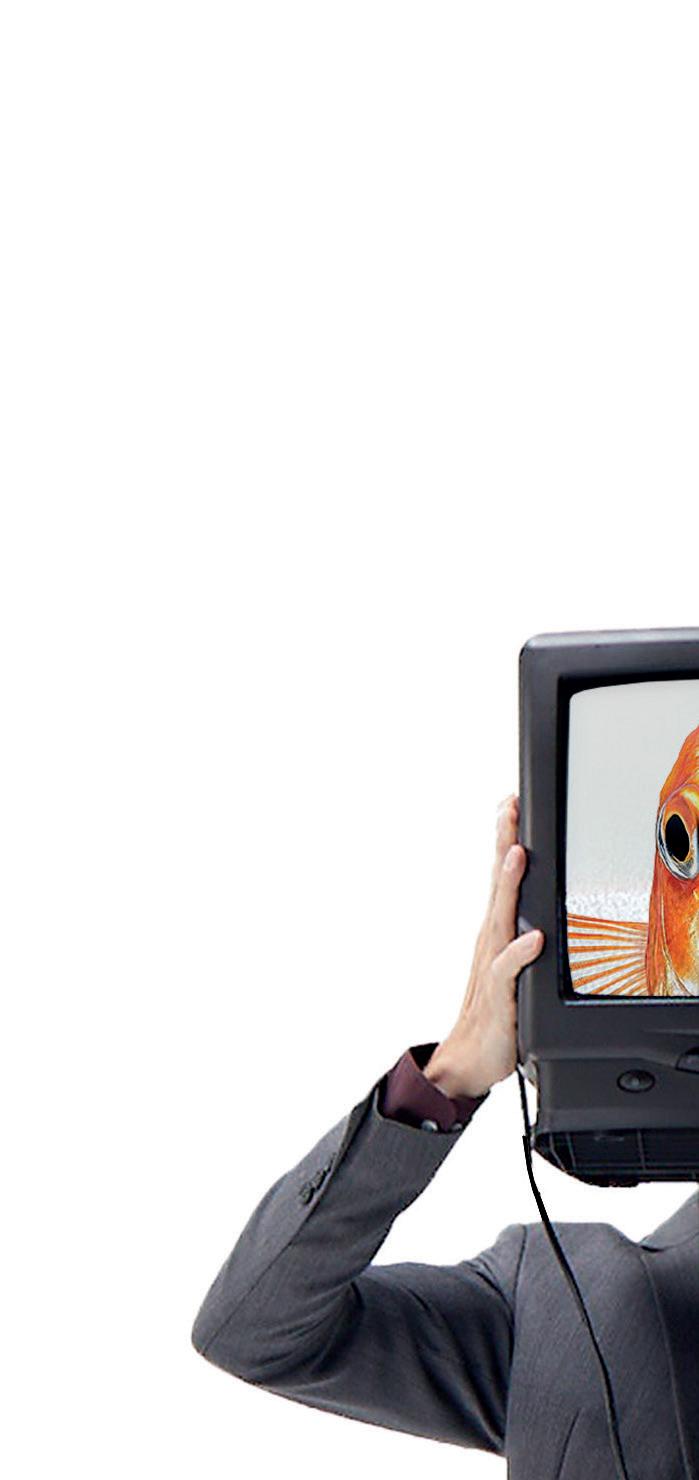

DEDICATED TO DISCOVERING AND SUPPORTING YOUNG DIRECTORS AND FILMMAKERS ACROSS THE GLOBE SINCE 1998.
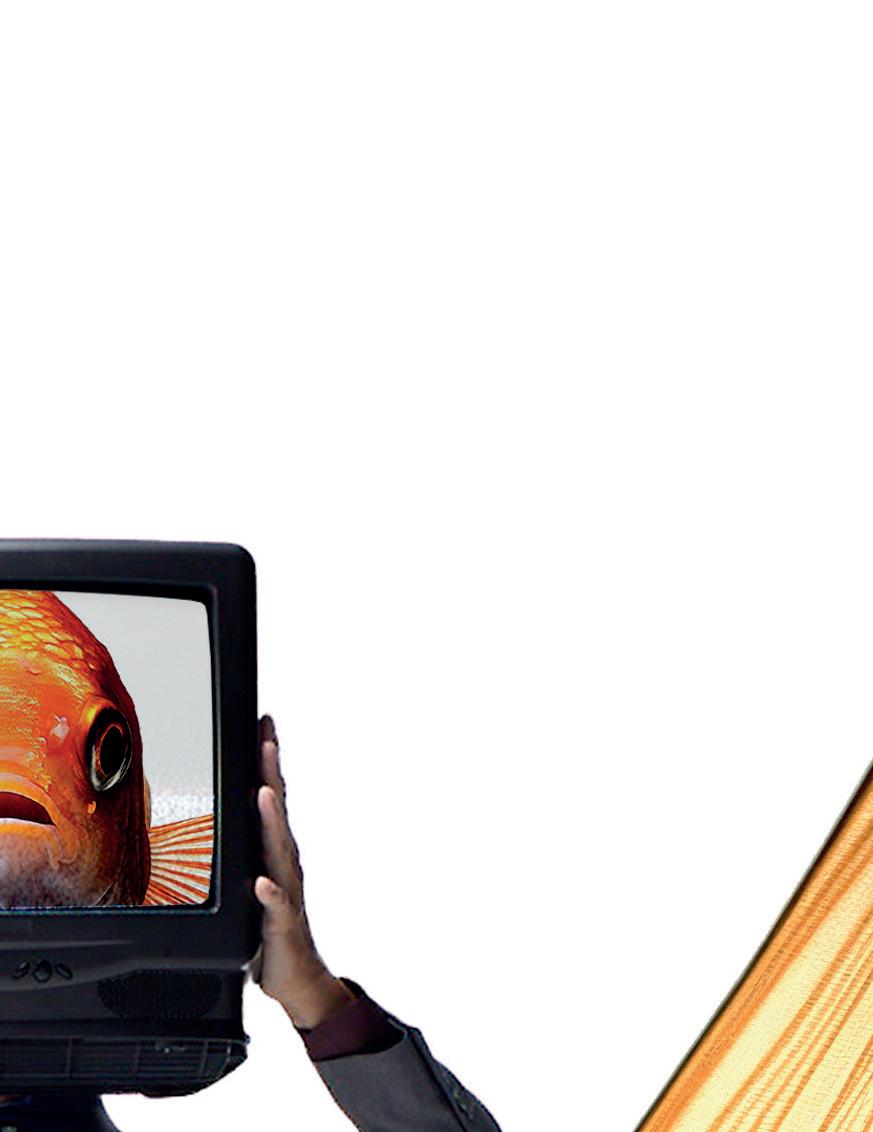
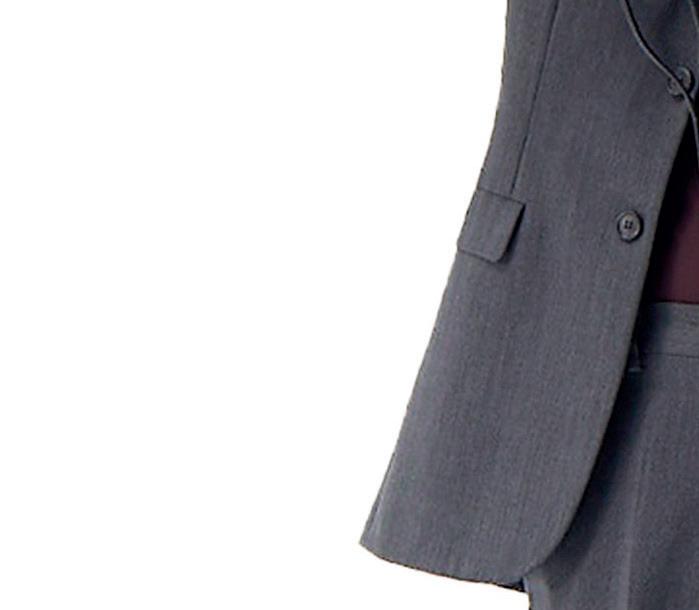
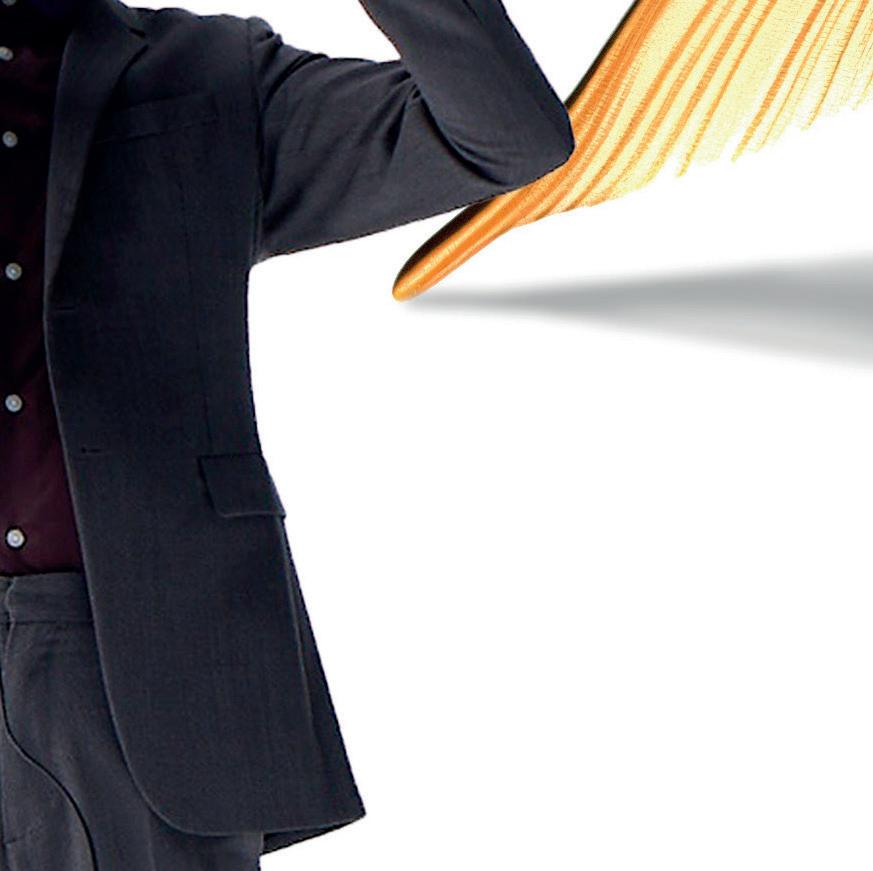
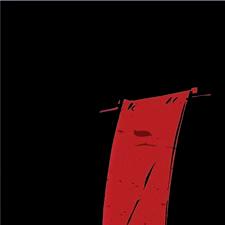


















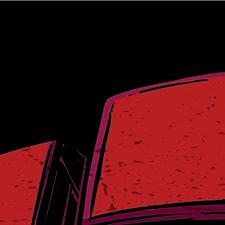




The red carpet has been rolled out and the rosé is on ice; Cannes Lions is here once more. Which means so too is our annual comic, this time taking us on a Kubrikian journey along the Croisette.






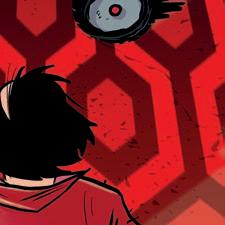




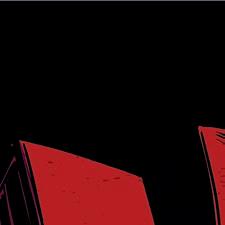











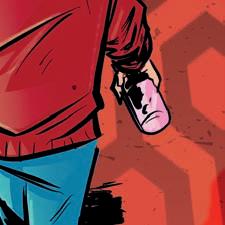

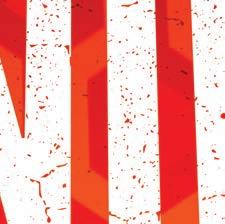






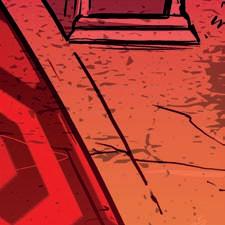



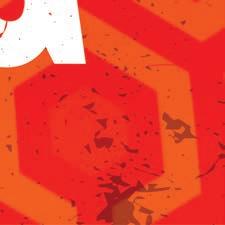

CHECK IN.
Two weeks of rest and relaxation. might even outline a new writing project. Just me, my wife and son no distractions.
That’s good to hear, Jack… just one thing. Did our people in London mention the incident?
manager
I'm intrigued.
Every June… we have a bit of a… festival. It's only a week, but it lands smack in the middle of your stay.
The entire global advertising industry descends. They drink, network, give each other awards for toothpaste ads.
I'm sorry. It's hard to imagine a thing like that happening in a place like this. But it does.
Sounds like a horror movie. My wife will love it.
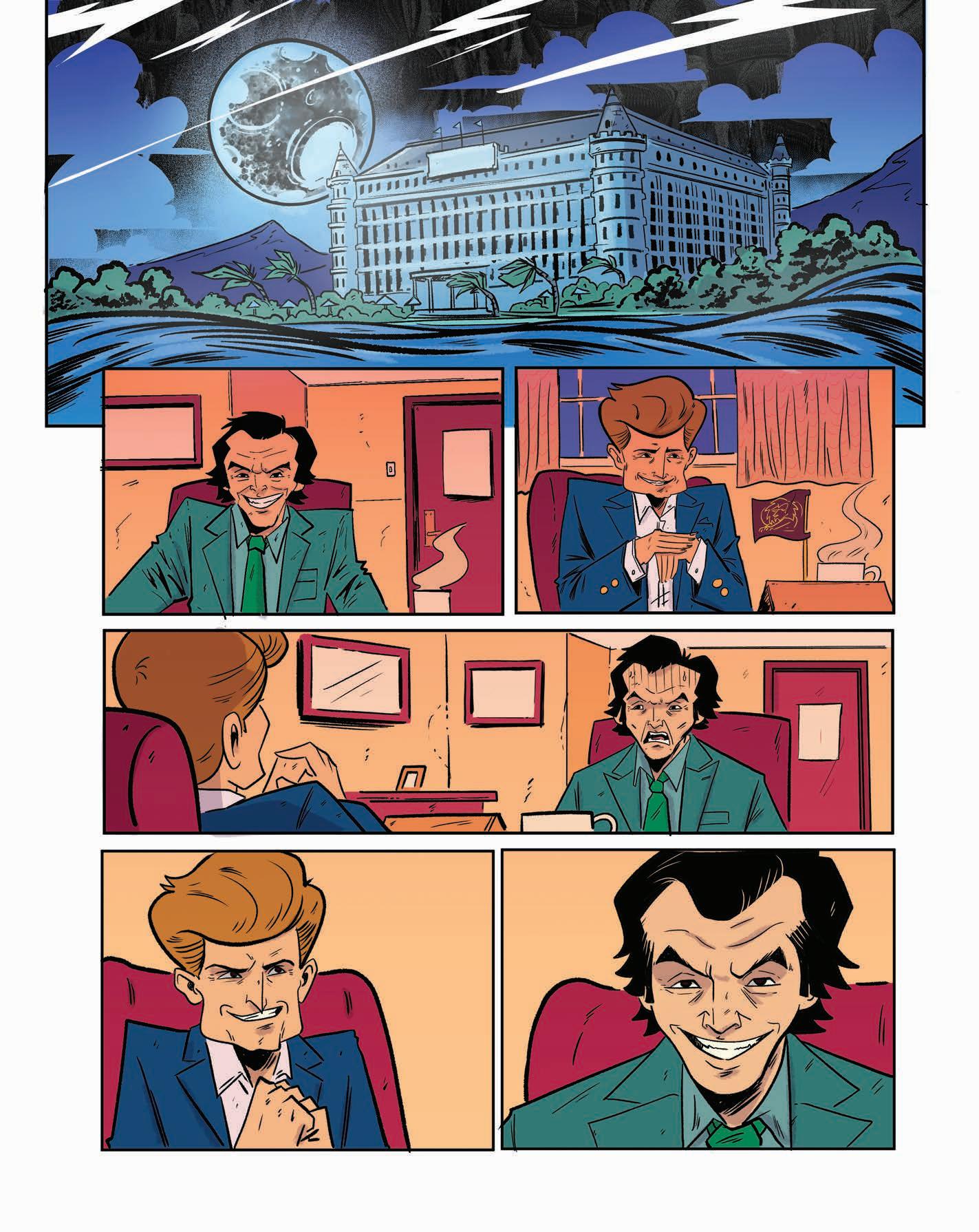


THURSDAY.

It’s so nice outside, hon. How about a little walk?
I’ll go make sandwiches. Then maybe you’ll let me read something?
Would you two please keep it down... I’m outlining a new writing project.
Weatherman said it might snow tonight.
Dad, do you like this hotel?
There’s no kids. Just Tony.
NEED A MINUTE, GOD-DAMN-IT!
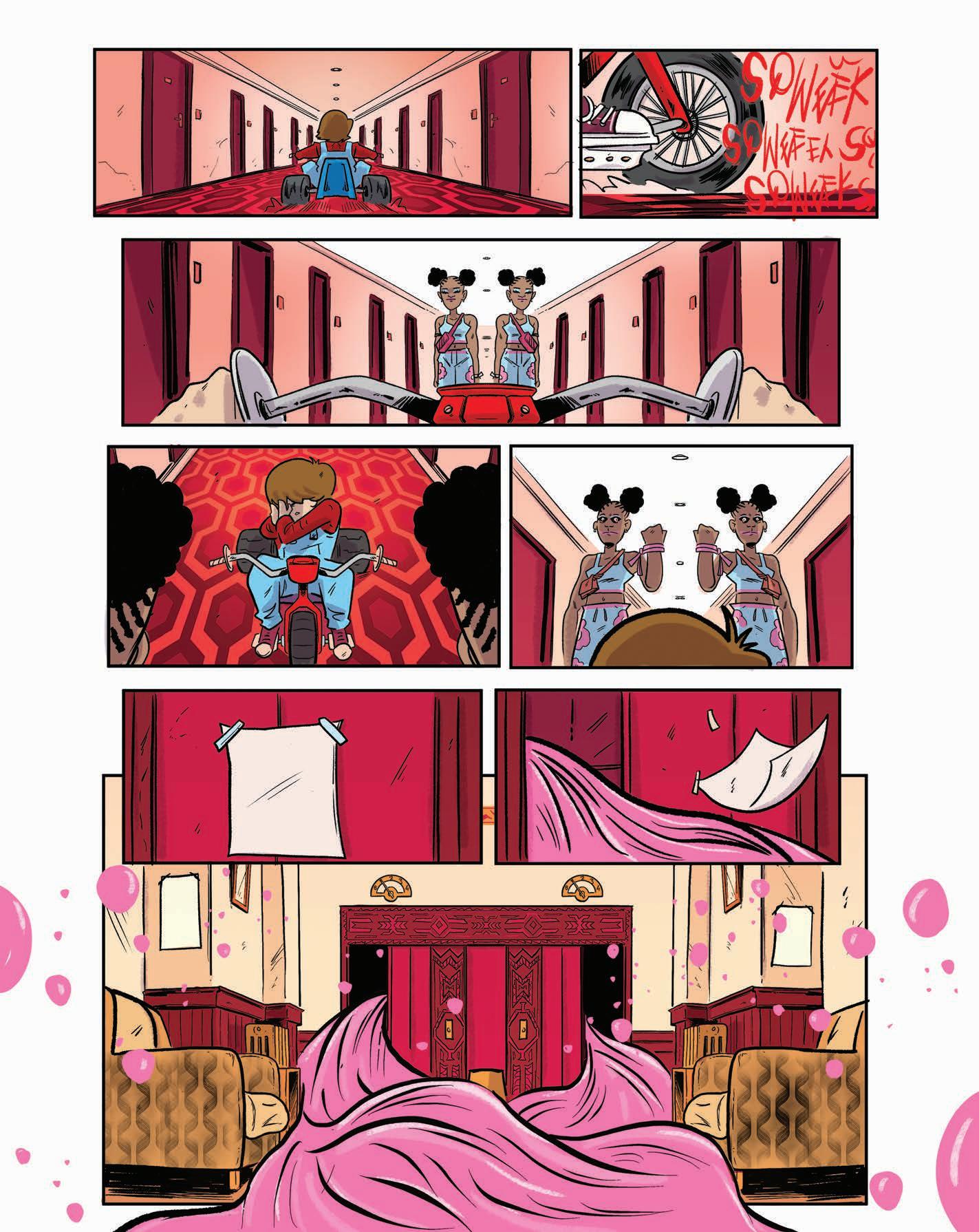


You… You’re that Creative Director from W+K, right?

C’mon, Lloyd. Just a bourbon. You were always the best of them.
You're with those advertising people, aren't you?
No! I’m a writer!
I’ve got an activation idea that’ll blow your mind...
Lloyd… Little slow tonight, don’t you think?
Don’t run! I’m on a panel!
Then why does your badge say Creative Director?
It wasn’t there before.
You’ve always been the Creative Director, Jack.
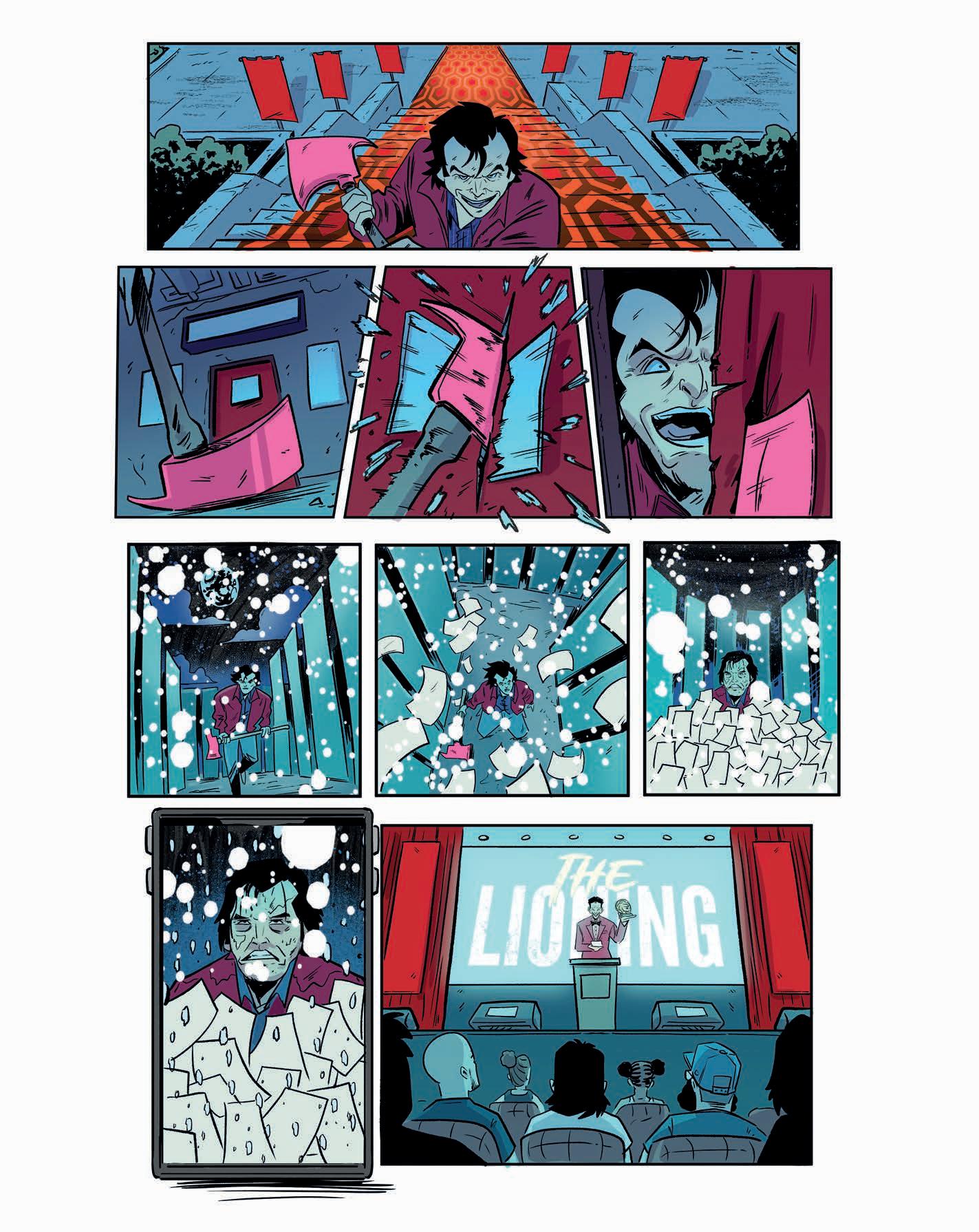
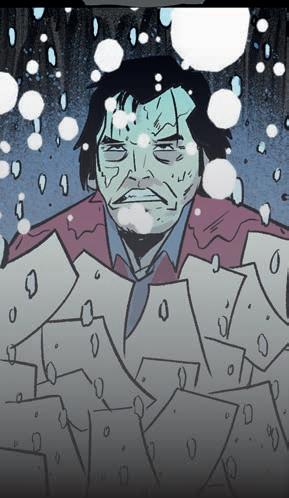





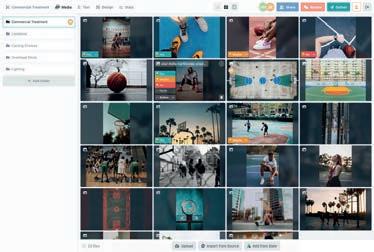
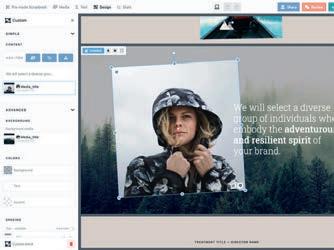

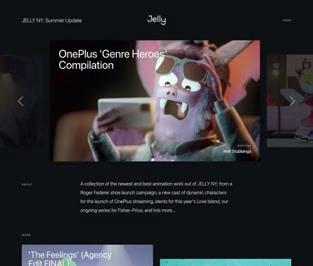

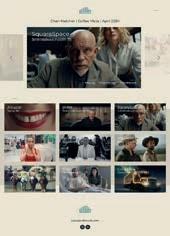



Acclaimed director, Good People Films founder and this year’s Cannes Lions Film Craft Jury President, Ali Ali, has built a career on taking creative risks – each delivered with his distinctive style and unmistakable humour.
Whether he’s handing out Red Bull to geriatric actors on an overnight shoot or convincing a brand to back the most notoriously nasty Panda in advertising history, Ali rose to fame by embracing the unexpected.
It’s surprising, then, to learn that his first career choice was in a far more logical field. Following in the footsteps of his father, a nautical engineer, Ali decided to study computer science at university. “Funnily enough, my graduation project was around AI and Large Language Models, which is finally coming in handy today,” he reflects.
He also minored in Fine Art, where he discovered his true passion lay in painting, rather than programming. “Sure, I was going to all the painful computer and coding classes,” he adds, “but I had Rothko and Robert Rauschenberg on my mind.” After graduating, he secured a full scholarship to the San Francisco Art Institute - but his dreams of becoming an artist didn’t quite match the reality. “When I got there, I noticed no one was painting anymore. It was all video art, conceptual art, and installations. All I wanted to do was paint. So, I quit. I only lasted a semester at San Fran.”
Ali headed back to Cairo, licking his wounds. But a stopover in Miami to visit a friend changed everything. There, he discovered the Miami Ad School and its Art Direction Portfolio Program. “It made sense to me because it had the art bit, it was creative, but more marketable. Something I could justify to my parents, as opposed to becoming the next big painter. Had it not been for that Miami stopover in Thanksgiving of 2002,” he admits, “I probably would’ve just gone back to computer science”.
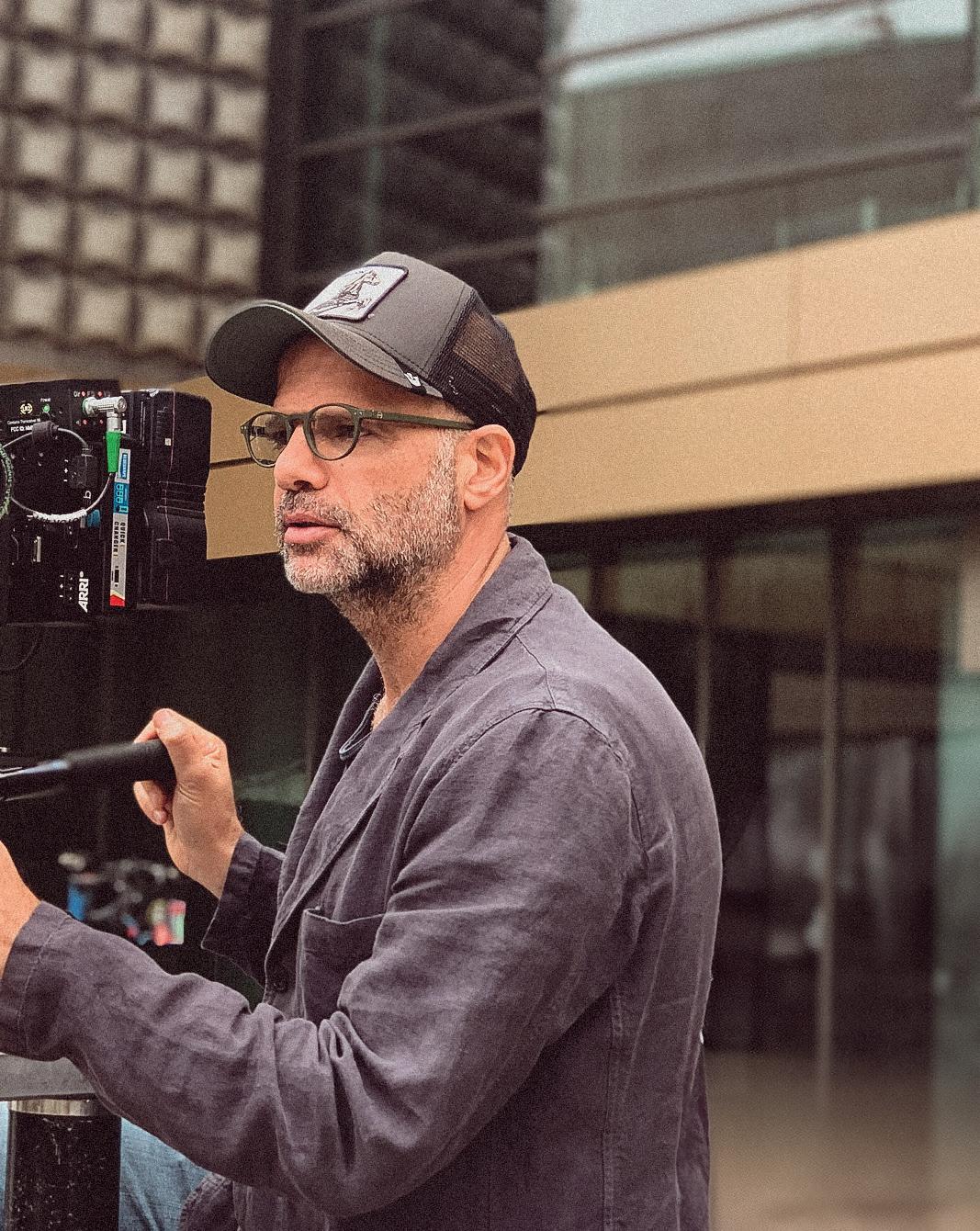
Best known for unleashing adland’s most agressive panda, Egyptian director and Good People Films founder Ali Ali has built a reputation on crafting bold, witty ads that resonate with audiences all over the world. He talks to Amy Hey about bringing his hard-won wisdom and love of short storytelling to the Croisette, where he’ll sit as President of the Cannes Lions Film Craft jury.
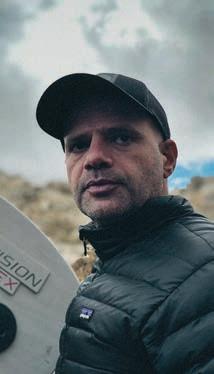
“It’s just a matter of time before you can say, ‘I want an ad in the style of Martin de Thurah, 30 seconds long, that does X, Y and Z,’ and you’ll get it. And honestly, anyone who doesn’t see that coming is delusional.”
His first stint in advertising was at agency D’Arcy in Bucharest. “This was a Romania that was fresh out of socialism.” Starting his career in postCommunist Romania was somewhat unconventional, but it gave him the space to experiment, working with big global brands like Coca-Cola and McDonald’s straight o the bat.
From there, he hopped between global agencies – first to Leagas Delaney in Hamburg, working as a senior copywriter. “We had a cool bunch of brands, Stern magazine, Skoda, Wrangler jeans... Very little TV though – mostly print and radio,” he explains, “TV was reserved for the big hotshot teams.”
Things took an unexpected turn in 2006, when he moved back to Egypt to help care for his father and joined Leo Burnett in Cairo. “At the time, it felt like a bad career move, but it was one of the best things I did.” There, he learned the ropes on set and soon picked up a Grand Prix at the Dubai Lynx awards. This win led to a new role heading up creative at McCann in Dubai.
After two years in Dubai, Ali returned to Cairo where he started his own agency, Elephant, a creative boutique that was named as one of three top independent agencies of the year in Cannes 2010. However, in 2011, during the Arab Spring, Elephant closed it’s doors and Ali moved to Germany, replacing Amir Kassaei as ECD at DDB Berlin. After a year there, he then turned his focus to directing and, in 2016, with a few years’ directing under his belt, opened Good People Films. That early nomadic career path, and his exposure to such varied markets, shaped his talent for o eat storytelling that could speak to both local and global audiences. “Knowing the subtleties of French humour and other cultural nuances is incredibly valuable. It’s a huge benefit, especially when working on global campaigns that need humour that resonates across di erent regions.”
It was during his time at Leo Burnett Cairo that Ali found himself drawn to life on set. With the fast-paced agency shooting commercials at lightning speed, he had a front-row seat to observe international directors in action. “Leo Burnett Cairo was like film school on steroids. I got to learn all the technical stu , lenses, lighting, sound design, editing, post production. By 2010, I felt I was ready to direct.”
While his career is packed with noteworthy campaigns, Rocking Mamas for Rolling Stone stands out to Ali for the important lessons it taught him. “That is a very personal one for me. It taught me a lot. We shot it on a shoestring budget during the pandemic. It cost us 15,000 euros, and lots of love.” To pull it o , Ali cast mothers from his daughter’s nursery, shot in their own homes, and even used their wardrobes. “Being resourceful is such a big part of being creative,” he reflects. “It requires ingenuity and a bit of madness to pull something like that o . It was a crazy project, done under very di cult circumstances – but God, we had fun doing it.”
Challenging for similar reasons was Heineken’s The Night is Young. Also shot during lockdown, the overnight production came with the added di culty of keeping 30 cast members over the age of 75 awake and dancing. “Keeping them up and energetic was a real challenge,” he laughs. “I ended up handing out a lot of Red Bull just to keep them going.” As if that wasn’t tough enough, a torrential rainstorm hit Athens – in June – and they lost all their lighting. Despite the chaos, the film went on to win a Gold Lion at Cannes. “That was a surprise to me. I always feel like somehow, someone up there knew how hard we worked, and it paid o .”
Of course, we can’t talk about Ali Ali without mentioning the viral sensation Never Say No to Panda: a hilariously deadpan series of spots featuring a malicious, human-sized panda who loses it whenever someone declines Panda cheese. “We had a client who loved it but was scared sti to go through with it. And rightfully so – because when it did air, the entire marketing team got fired. That’s something not a lot of people know.”
The ads were pulled from air within days, but not before they blew up on
YouTube. “Today they have a very di erent kind of panda – one that helps people cross the street and does nice things. It’s a weird, deformed version of the panda we originally did. They found our version too aggressive.”
Even getting the spot on screens in the first place involved taking a few creative liberties. “We told them not to worry, that the panda wouldn’t be too aggressive, that it would come o soft and cuddly,” Ali admits.
“We dealt with the fallout later. But it became what it is. I think even Panda know now that it’s by far the most notorious Arab commercial ever made.”
Whether you’d call his approach reckless or brave, the campaign catapulted Ali onto the global stage and helped establish him as one of the most distinctive commercial directors working today, and, this year, he brings that experience to the judging table as President of the Cannes Lions Film Craft jury.
When asked what ‘good film craft’ means to him, Ali responds that, “True film craft is when great casting is married to great cinematography, great lighting, an incredibly good script – and even the wardrobe is right. It’s not about one department standing out on its own. It’s about the combination of elements coming together beautifully.”
“I’m anticipating a lot of work involving AI, particularly in post production, editing and graphics. That’s something I’m not entirely crazy about,” he admits. “I’m also expecting longer film, which I’m not thrilled about either, because the entries seem to get longer every year. I’m hoping we still see a good mix of 30-, 60- and 90-second spots.”
A perfect example of what Ali will be championing is work like Apple’s Leon, which he advocated to win the Grand Prix when he last served on the jury. “It was a 25-second spot about the resurrection of a lizard, and we chose it because we wanted to send a message: this is what the industry should be about – telling a story in 30 seconds.” That kind of tight, punchy storytelling, he says, is a craft itself, and is “one of the few things we can still do that AI maybe can’t.”
The irony isn’t lost on Ali that the subject he left behind at university - artificial intelligence - is now circling back to reshape his career in a completely di erent field. And not necessarily for the better, he feels. With the rapid rise of AI, most roles in the
creative industries are, in his view, on track to be reduced to how well we can write prompts. “Our job will become about who can guide the machine most e ectively,” he says. “It’s just a matter of time before you can say, ‘I want an ad in the style of Martin de Thurah, 30 seconds long, that does X, Y and Z,’ and you’ll get it. And honestly, anyone who doesn’t see that coming is delusional.”
He doesn’t dance around the fact that it’s an increasingly tough industry to break into, and just as hard to stay in, even for seasoned directors. “You get stale, and suddenly you’re competing with a Gen Z director who’s fresh on the scene – 21 years old, shooting on an iPhone. It’s probably vertical, 9:16, and it’ll perform way better than your film on TikTok,” he says. Still, there are ways to stay open-minded and creatively sharp. “Every now and then, it’s important to go out on a limb and try something completely new. Maybe it’s longform film or shooting a music video. Even if it fails, it keeps you alive.”
Ali’s perspective is both sobering and hopeful. Even in the face of relentless change, he still believes in the enduring power of hard work and great ideas. “I always give the same advice: don’t cling to any technical tools. The one thing that lasts is conceptual thinking. So, stay close to that –stay close to ideas. That’s the part of the job that has real staying power.” As he so beautifully puts it, “I’m not religious in any way, but I always find that someone –somewhere – notices how hard you’ve worked to get a piece of work done. And it rewards you in the end, somehow, despite everything.” s
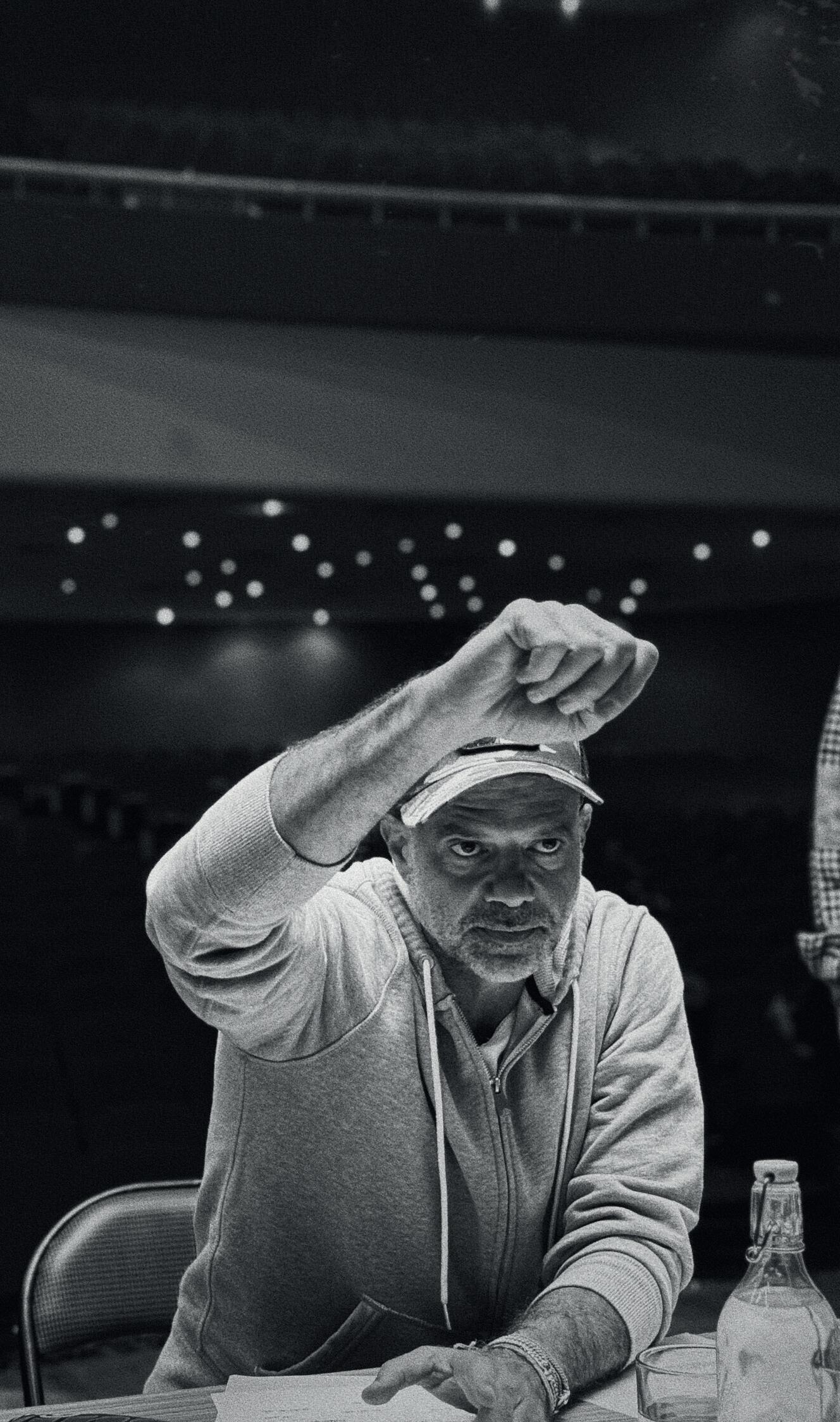
“You get stale, and suddenly you’re competing with a Gen Z director who’s fresh on the scene –21 years old, shooting on an iPhone. It’s probably vertical and it’ll perform way better than your film on TikTok”.
Twenty years on from her first Cannes Lions, Saatchi & Saatchi London’s CCO Kate Stanners is returning to the festival’s jury, this time as Film President. She talks to Amy Hey about her journey from aspiring graphic designer to prolific creative leader, shares her passion for elevating diverse talent, and reveals the work she’s hoping to see celebrated this year.
Twenty years ago, having just moved to Saatchi & Saatchi London from St. Luke’s – a hip, independent agency that didn’t enter awards – Cannes wasn’t even on Kate Stanners’ radar.
So, when she was invited to sit on the Cannes Lions Film jury, she politely declined, not yet realising the significance of the opportunity. Cue a horrified phone call from Saatchi’s CCO. “I asked him, ‘Why would anyone want to do that?’ And he just went, ‘Kate, it’s a privilege’.”
She quickly accepted the role and soon found herself at her first-ever Cannes Lions as part of a jury led by John Hunt, the founder of South African agency Hunt Lascaris. “It was the most extraordinary experience. There were 21 judges. It was terrifying,” she recalls. “I think there were only two women on the jury: myself and Susan Credle. So, 19 men. A very di erent time.”
In what feels like a full-circle moment for Stanners, she’s been invited back to the Cannes Film jury again this year. Only this time, she’s not just taking part, she’s leading it, as jury President.
Stanners studied graphic design in Liverpool, where her passion for Liverpool FC was born, and more crucially where a fellow student secretly submitted their portfolios for a summer placement at BBH. They both got in, so o they went to London – Stanners somewhat reluctantly, apprehensive about following in the footsteps of her father, who worked at Leo Burnett. “I never particularly understood what he did, but I knew I didn’t want to do what
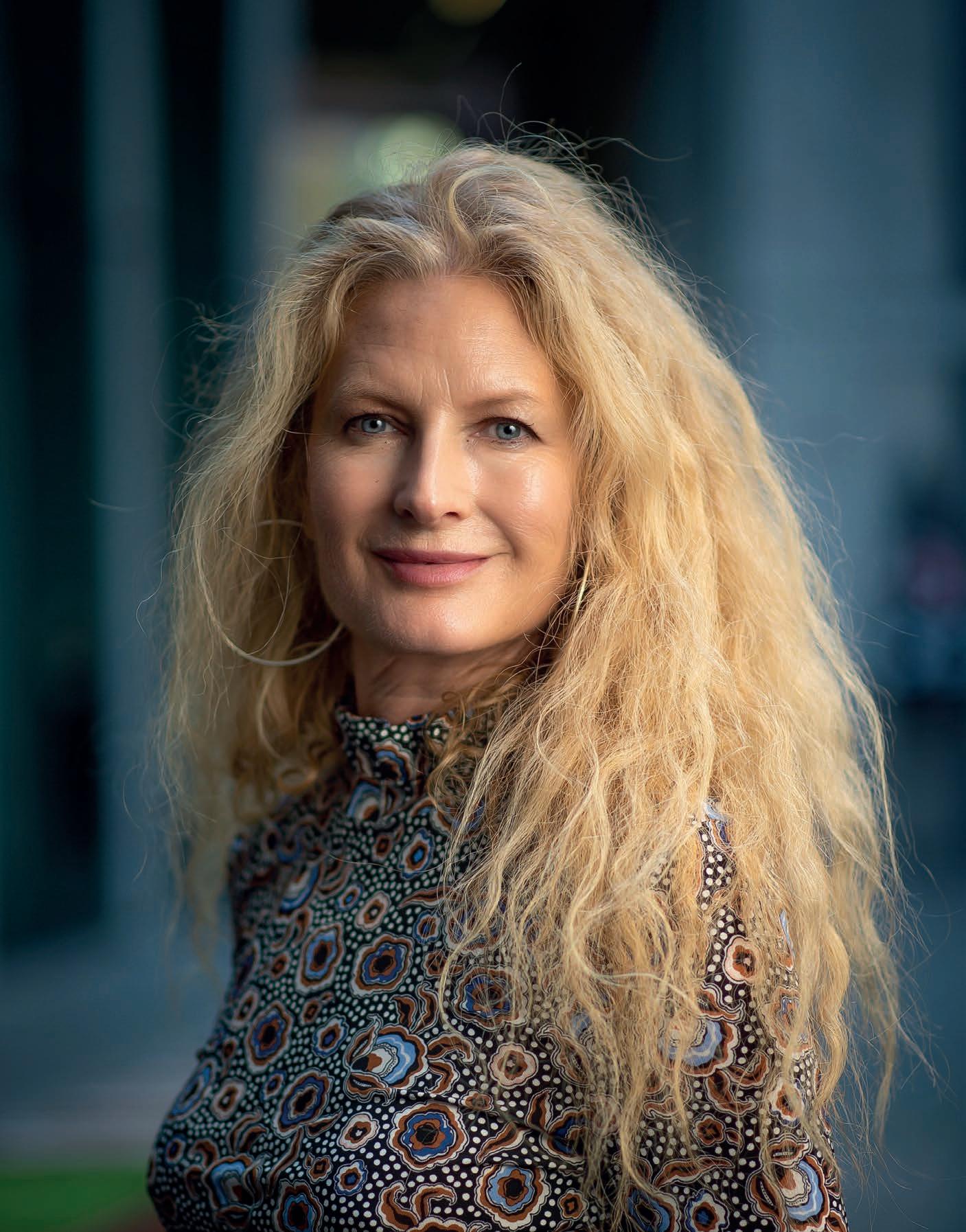
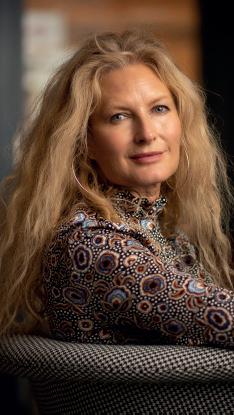
“It was the most extraordinary experience. There were 21 judges. It was terrifying... I think there were only two women on the jury: myself and Susan Credle. So, 19 men. A very di erent time.”
my parents did, in that slightly rebellious ‘I need to do my own thing’ kind of way.”
The placement sparked two big realisations. “One, I realised I wasn’t a great graphic designer,” she laughs. “But I also learned that I had ideas, and that the currency of advertising was problem-solving through a design and storytelling sensibility.” Perhaps advertising blood ran through her veins after all.
Her first main-stage job came when she teamed up with writer Tim Hearn at Gold Greenlees Trott in the late 80s, where Dave Trott became her first major creative director influence. “Interestingly, BBH was the sleek, cool place, and GGT was the slightly edgy, scrappier place, making very populist work,” she explains. “Dave used to say that our work had to be something that would be talked about in pubs and playgrounds.” This became a guiding principle for Stanners – to make work that captures people’s imaginations and creates conversation.
From there she worked at GGT for eight years, followed by a short stint at Bates Dorland. Then came the call to be part of a startup, St Luke’s, which she described as: “A collective of quite young people who set up an agency and ran it in a way that didn’t follow the usual rules.”
She was quickly asked to join Saatchi & Saatchi as CCO for the London o ce, then Chairwoman a couple of years later. Two decades on, she’s still there. “I haven’t moved around much, partly because I’ve always had such incredible opportunities to work with amazing people,” she adds. “Each place I’ve worked at has evolved so quickly that it’s felt like a new role every time.”
Although a lot has changed over those 20 years, her vision for the agency remains the same. “We have something written on our steps: ‘Nothing is impossible’. When you have a fundamental principle like that, it becomes a North Star. The circumstances around it will change, but the core idea of creating work that influences people and has impact – that never changes. That’s the genius of what the Saatchi brothers set up.”
That principle has guided the standout campaigns she’s brought to life over the past two decades, such as her work with P&G, particularly the iconic Super Bowl ads for laundry detergent Tide. “People always assume you can make exciting ads for trainers or phones, but doing cool stu for laundry? That’s not so easy.”
Something else she’s proud of is her work with T-Mobile, where she led a transformation of the mobile network’s brand identity. Under her leadership, they launched bold, culturally resonant initiatives from flash mobs in Liverpool Street Station [Dance, 2009] to spoof royal weddings [The T-Mobile Royal Wedding, 2011]. But it wasn’t just spectacle: the project Sea Hero Quest, a mobile game created to support dementia research, demonstrated how brand work could deliver genuine social impact.
A more recent example of that impact came in a piece of communication for Beiersdorf, owner of skincare brand Nivea, which launched its support for cancer care. “I actually went through cancer myself a couple of years ago, so it’s something that’s very close to my heart,” she shares. “That was one of the most satisfying things I’ve worked on recently. I was able to bring my own experience to the work and impart it with personal understanding.”
Across her career, there have been projects that taught her even more valuable lessons. One she recalls was for Pampers, which showed the faces babies make when they go to the toilet, boldly titled Poo Faces. “I had recently had my son, so I was very aware of how relatable and funny that moment is. But, for the client, it was uncomfortable - yes, they make nappies, but do we really want to talk about what goes into them?”
She pushed hard for that idea, and it was hugely successful. “It resonated with parents, showing them that parenting isn’t just tough - it’s funny too. But I also learned that when clients aren’t in that headspace, certain insights are harder for them to embrace.”
As a woman who’s worked her way up to a leadership role, Stanners has witnessed first-hand how the industry has evolved. Initially, she admits, she wasn’t the most vocal advocate for women in the workplace. “When I started out, I was aware that I was one of very few women in the industry, but I didn’t want to draw attention to it. I’m inherently shy. I just wanted to be good at my job,” she explains.
But over the years, her position within Saatchi & Saatchi has allowed her to become a guiding voice for gender equality. “I slowly became more vocal on the subject, and that led to simple but important changes. A lot of young women would come to see me, because I was the only one who looked like them - the only one they felt comfortable approaching.”
One step she took was ensuring that women play a central role in the hiring process at Saatchi, which helped elevate female creatives and leaders within the company. This has seen tangible change, with women making up just over half of their sta today.
While progress has been made, she’s quick to point out that there’s still a long way to go, noting that the next frontier is ensuring voices of all minority groups are included and heard. “Our agencies still don’t fully reflect the world we live in. I don’t think you can say you’re a creative business responding to culture and society if you can’t reflect that within your own teams.”
She points to initiatives like Free the Bid, which aims to provide equal opportunities for female directors, and D&AD Shift, a night school for people who haven’t gone to college. Stanners is also keenly aware of how the issue di ers in global contexts, with some countries further along than others. “In many parts of the world, it’s still extremely tough for women to get into the industry or hold leadership roles,” she adds. “Our work is by no means done.”
Supporting emerging and diverse talent has been a guiding star for Saatchi & Saatchi’s New Creator’s Showcase [NCS], which is screened in Cannes during the

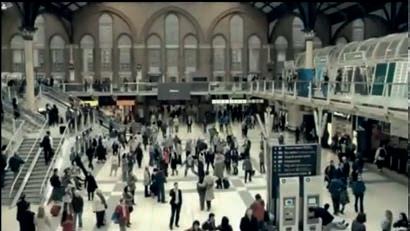
1 T-Mobile, Royal Wedding 2 T-Mobile, Dance
3 T-Mobile Sea Hero Quest 4 Pampers, Poo Faces

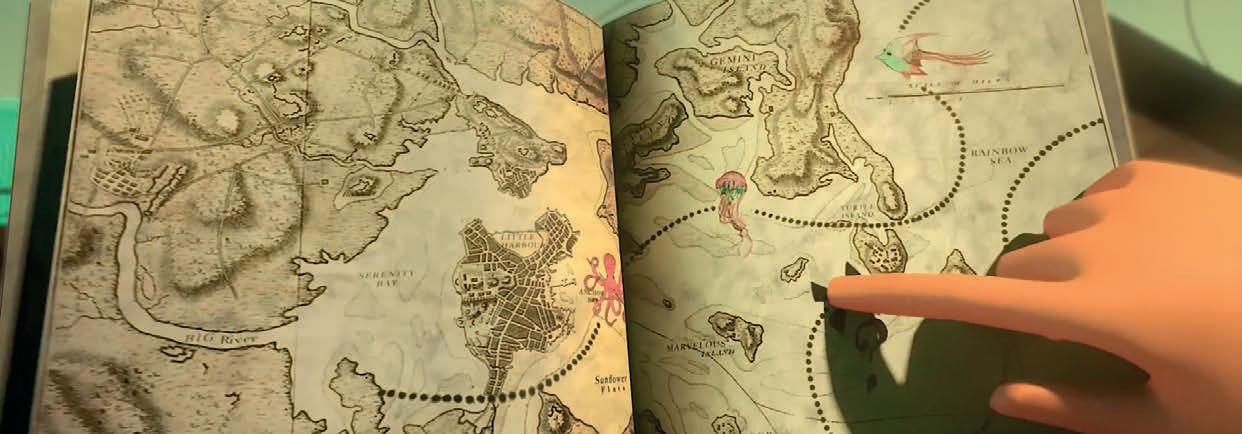
Lions festival. But, in an era where everyone has the tools to be a filmmaker, and we can discover unlimited new talent through platforms like YouTube and TikTok, what makes a showcase like NCS, now in its 35th year, still relevant today?
“Interestingly, the real value now is in curation, because no one has the time to sift through all of that content,” Stanners explains.
“It represents the pure essence of film. It’s a space where you get this unfettered ability to tell raw, unpolished stories. It’s a bit messy, in a good way. Filmmaking, in a sense, is messy. There’s no straight line to it. As you collaborate with di erent people, you embrace what they bring to the table, and the project evolves in unexpected ways. I’m proud that we continue doing this because it helps support new talent entering the industry.”
As head of the Films Lions jury this year, Stanners is hoping to see a resurgence of the
purity of filmmaking. “There’s less of that these days, but when it’s done well, it really has a significant role in the broader communications ecosystem. What I mean by that is when film isn’t trying to spell everything out, when it’s part of a bigger communication strategy for brands, and its main role is to emotionally connect with the audience.”
But it’s not all serious – she’s also hoping to have a good laugh, particularly at the NCS.
“Comedy is one of those genres where experience really shapes the work, so it’s harder to find from younger filmmakers. But for anyone out there making funny content, send it our way!” On the flip side, she notes how we’re seeing a lot of incredible animation. “It’s such a powerful medium. It allows filmmakers to create whole new worlds and convey universal truths in ways that live-action can’t always do.”
As for what advice she’d give to the next generation? She emphasises the importance of empathy, collaboration and finding your voice.
“Be bold, take risks and most importantly be yourself. Don’t compare yourself to past generations or even to your peers. Focus on building belief in yourself, because that’s what makes you valuable.”
And while Stanners has some pretty sound tips for emerging creatives, she also acknowledges the value of being ‘reverse mentored’ by young people, always evolving and keeping her mind open to new ways of working. “We’re at this incredible crossroads where younger creatives are coming in with such a fresh perspective, and there’s so much to learn from that. They work with technology almost as a co-pilot, and that’s something to lean into rather than resist. The key is to stay open, stay curious and keep listening!” s
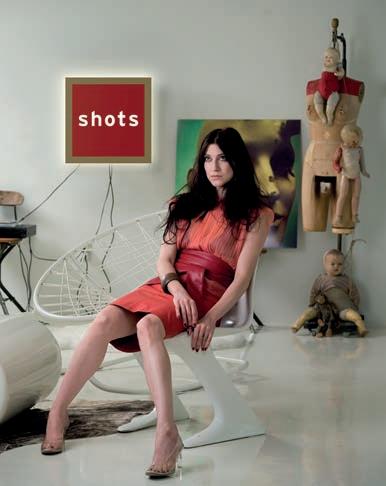
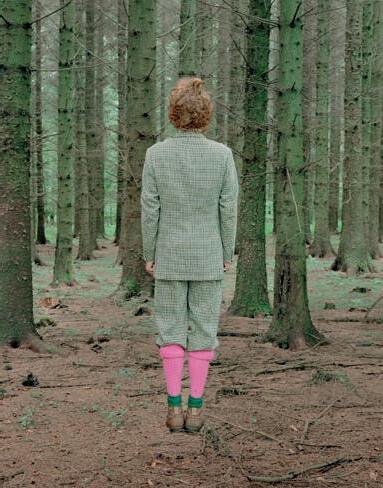
Not quite middle-aged, but old enough to know better, shots has hit the three-and-a-half decade mark. Brought kicking and screaming into the world in 1990, it’s been shouting about creative excellence since that day. But it was only at issue 100 that the full colour, photographic covers were introduced and, since then, those covers have been a calling card for shots itself, as well as the talented people it speaks to. Over the next few pages, we celebrate some of the best images to grace the front of the magazine over the last 18 years.

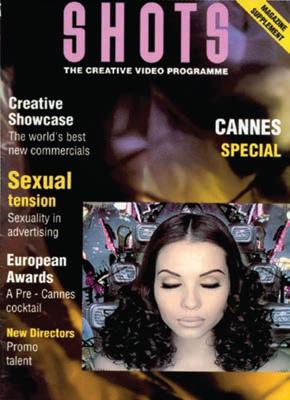




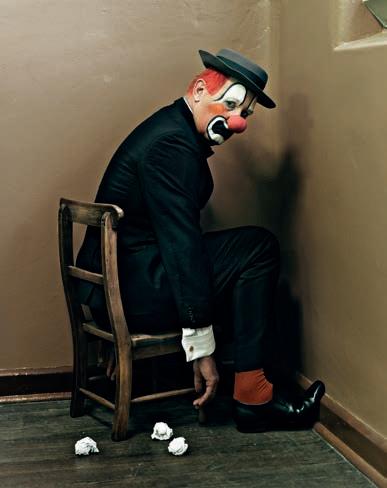
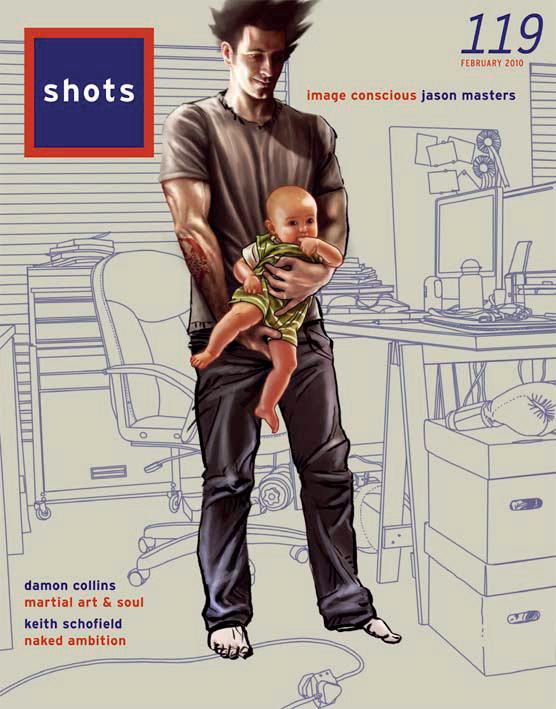


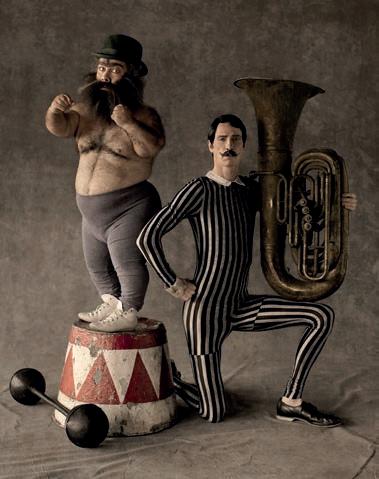



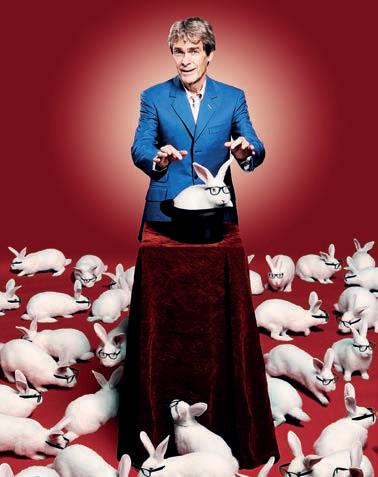
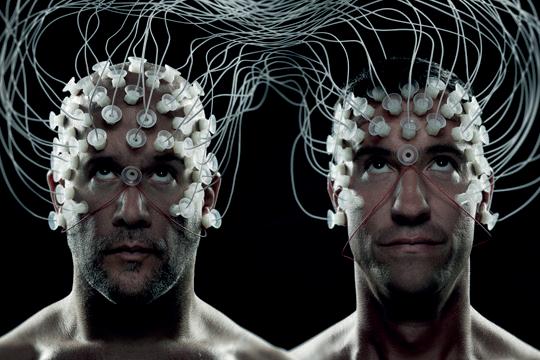


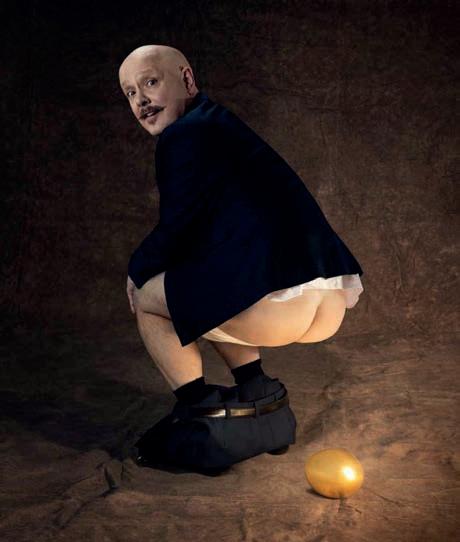


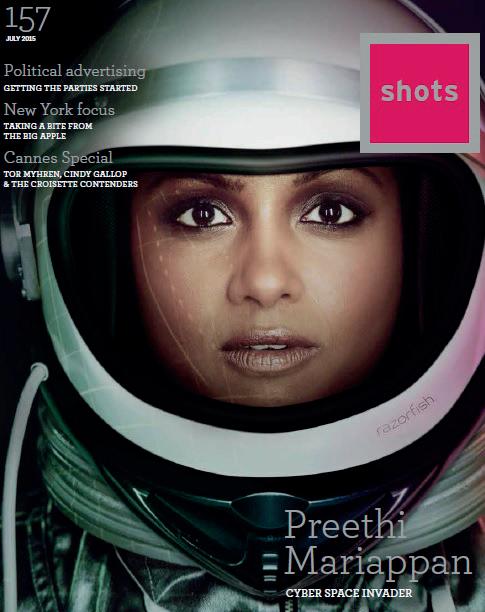
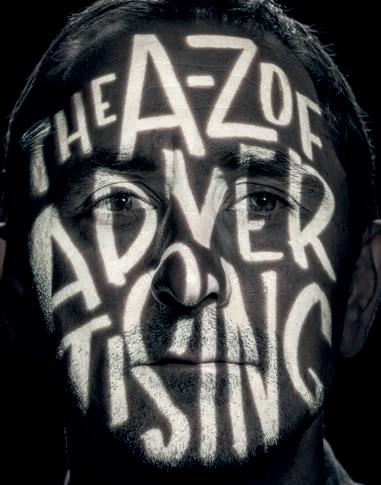




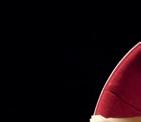

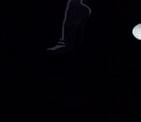




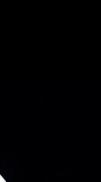
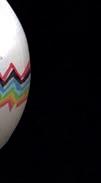

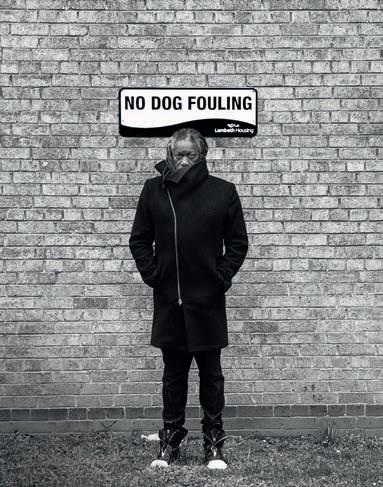



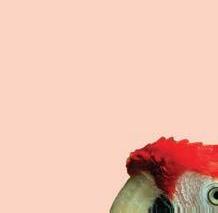

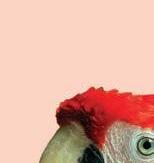




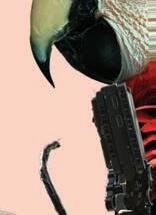



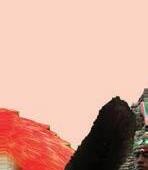






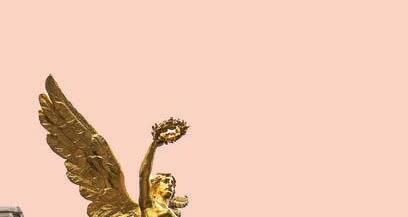













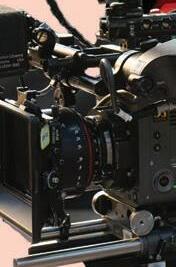

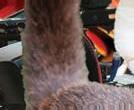




































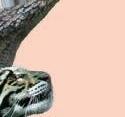




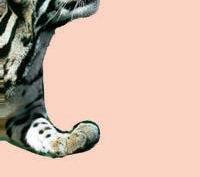



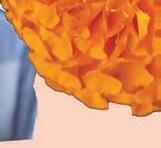
























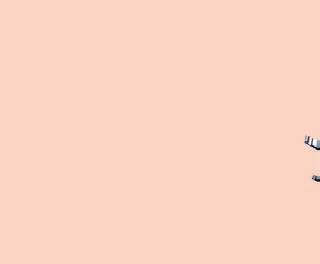





























































































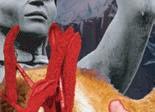


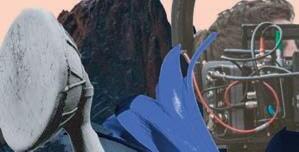







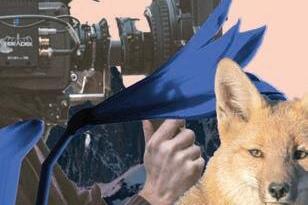


























































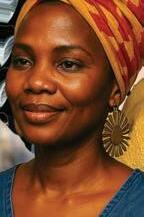














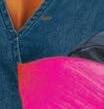
























































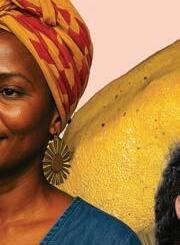














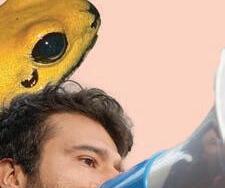



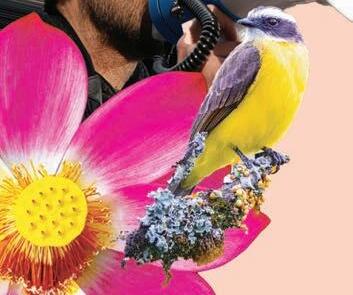




















With their playful in-camera filmmaking challenge (one cartridge of super 8 - no editing) inspiring audiences again this year, straight 8’s Ed Sayers and Alex Glynn give Jamie Madge tips on how to get the shot.
How would you sum up straight 8, in eight words?
ES A loving kick-up the arse to filmmakers everywhere
AG Freedom through restriction: tiny film with massive results.
Ed, what led you to create the competition? Alex, what drew you to the madness?
ES Wanting to make a short film. Wanting to shoot on super 8. Not wanting to spend too long on it. Not wanting to spend too much money on it.
AG It’s so easy to think about doing something and not actually do it. I got involved ten years ago, after leaving uni and spending a year in locations. straight 8 felt like returning to what I loved most about being a student: making something for yourself, and for the sake of it, rather than chasing your next gold Lion/Bear/Aardvark.
What makes the competition unique?
ES The warm embrace of relief – knowing that you almost certainly won’t make something perfect. And the level playing field, with a balance of competition and camaraderie that results.
AG It’s perhaps the only filmmaking format in the world where the director (and crew) aren’t sick of their project when they finally see it in the cinema –because they’re seeing it for the first time too.
What would you say entrants are most scared of when entering?
ES There aren’t many downsides. Some people go into it with a watertight plan and some take a looser approach. Our top selections usually have a healthy mix
of both. There’s nothing to fear and so much to gain.
AG A lot of them think they’re scared of shooting on super 8 and not having the luxury of retakes, playback, etc. In reality, I think they’re often worried their idea isn’t strong enough to hold up against the competition – and to me, that’s the right thing to be concerned about.
And what would you say they take away from it?
AG That it’s fun to just go out there and make something! Plus, the techy bits that seem the most di cult are often the easiest. It’s the simplest things – story, idea, and letting go of your fears – that are often the most complicated.
What five things would you say are key to a cracking straight 8?
ES
•Attitude
•Optimism dashed with realism
•A killer idea
•Resourcefulness mixed with belief
•A super 8 camera with film in it
AG
•Plan, plan, plan. Then be ready to tear it up when you accidentally film the crew for fifteen seconds.
•Embrace those accidents! Often, the things people didn’t intend before pulling the trigger turn out to be their best moments.
•Give up your hang-ups: if there’s ever a format to take a risk and go for that wild idea, this is it.
•Start simple – both in idea and tech – then push the boat out where it helps your story.
•Read the competition rules – they’re a trove of tips from past mistakes.
Bonus: Don’t waste energy trying to do sync sound.
What’s the most ambitious idea you’ve seen attempted?
ES I don’t do bests or mosts, but the first screening we had at Cannes Film Festival in 2003 – pre-drones – someone made a single-shot film using a petrol-powered radio-controlled helicopter. It told a beautiful, emotional story about a CEO of a certain age reflecting on lessons in love and business learned at seven. The filmmakers managed to get Bill Paterson to voice it.
The story followed a choreographed game of hide and seek in a bucolic forest clearing and, just as the drama peaked, the shot reversed at speed, the helicopter clipped a tree and the camera landed on its side, filming the ground like the POV of a KO’d boxer – while the rest of the story played out in audio. Amazingly, it was still touching.
AG An Argentinian maniac decided to film four films in one, using concentric circles to mask the viewfinder and cutting open the cartridge to manually rewind it in a darkroom. He linked the four sets of visuals, both thematically and through colour palette. Some of it was exposed to light and ended up completely white. Nuts! It made our straight 8 2016 top eight Cannes selection.
What’s made you laugh the most?
AG I don’t know if it should in 2025, but Stephen’s Cat still gets me belly-laughing. No further comment needed.
What are you surprised you haven’t seen more of?
AG Bad films. You’d think we’d get loads, but the standard is incredibly high now. There’s some collective energy channelled through these films that gives almost all of them something that works, even if it doesn’t all come together.
How would you describe the screenings themselves?
ES There’s nothing quite like a straight 8 screening. When else does the audience discover the film at the exact same time as its makers? It’s electric – but I’m not here to convince you. All I’ll say is: if you haven’t been yet, when will you?
AG As Ed says, it’s electric. Nobody in the room has seen the work, so there’s static bouncing from person to person. And when it kicks o , there’s this great feeling of shared discovery. The unexpected moments that really work make everyone in the audience feel connected. People leave straight 8 screenings wanting to make films.
How should people get involved?
ES Come to screenings, get inspired, build a team and enter. straight 8 is open to anyone, anywhere. Spread the word. If you’ve got a straight 8 in you, we want to see it.
AG First, watch them in the cinema. super 8 looks best on the big screen without YouTube compression – and it feels best when it’s a welcome relief from the stu we see every day. Our Cannes screening is Friday, 11 a.m., Cinema Les Arcades. Then just do it. This edition of Shootout is now closed, but straight 8 2026 is open for entries. s




Warhol did it. Dali did it. But outside of the luxury business, few contemporary artists are getting into bed with brands. Tim

Cumming sets out to build up a picture of how artists and brands might work together.

By definition, a brand is easy to define. It’s got a border, a frame, a centre, a product, a mission. A fine artist, however, and fine art itself, in the myriad forms it now takes, is a much more amorphous state of being, one without a clear definition or clear boundaries, often without a frame.

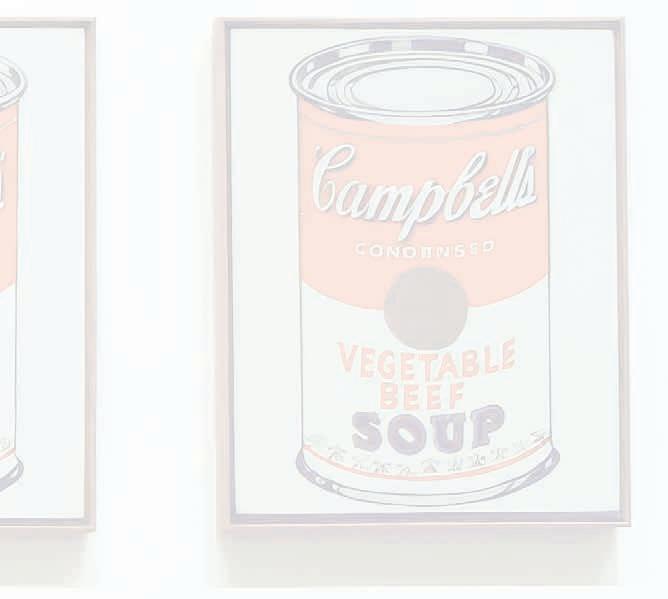
And an artist’s mission may be a million miles from any path a brand treads, and the process of its creation even further away from the world of briefs, vested interests and relentless revisions and amends that any engagement with brand communications entails. For confirmation, just watch BBDO’s uncomfortably hilarious Museum Worthy spot for the AICP Awards.
Given the gulf between the two, it’s a wonder that brands and artists get together at all – and to be fair, the field is thin when it comes to 21st-century artist-brand interactions.
Cast back to the last century, however, and there are some surprising couplings – between Salvador Dali and Chupa Chups – Spanish tooth rotters on a stick – or the more celebrated Absolut Vodka campaign, which started its ‘Absolut Collaborations’ in 1985 with former advertising industry illustrator, Andy Warhol, and has build up a portfolio of vodka label art that is past the 800 mark.
Warhol’s first piece was, in fact, released again last year in a special limited edition, while the likes
of Ed Ruscha, Damien Hirst, Chris Ofili and Louise Bourgeois and her spiders have all engaged to create work for the vodka brand.
A little further back, and the figure of Viktor Vasarely waves at us from the Vasarely Foundation near Aix dedicated to his groundbreaking work. Not only the godfather of optical art, and a major influence on the likes of Bridget Riley, he also worked in advertising, heading up his own agency, and working for industry giant Havas.
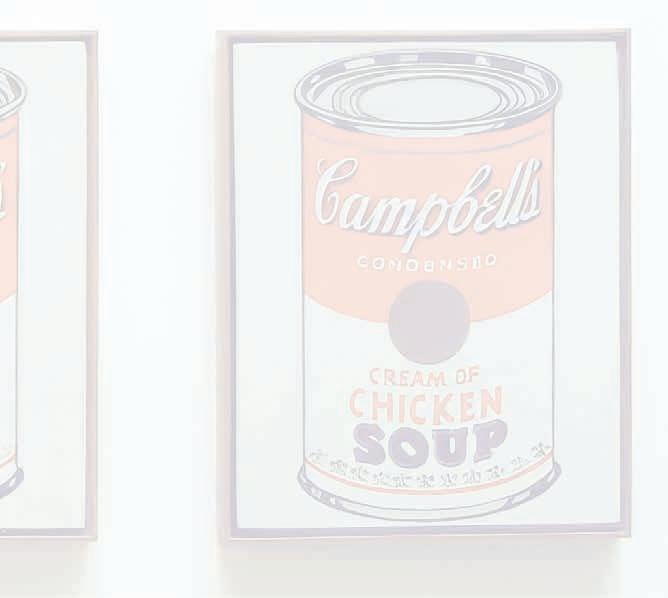
Andy Warhol loved money, business, capitalism, and all the attention he could get while pretending to be dumb as mud, and his aesthetic was not so far from a brief for a product. However, the majority of 21st-century artists are more likely to severely critique if not reject outright money, business and capitalism – the engines of any brand.
For Leonie Ellis, founder of business development consultancy LE Collaborations, artist and brands have great potential but how they create needs to be authentic and respectful.
“Creating new work with artists is exciting,” she says, “but authentic collaborations and understanding of process is so important. Tapping into why an artist makes their work in the first place and using its originality and purpose will connect with its power.”
She points to painter Alex Merry and her work for Gucci as a successful example of artist-brand collaboration. “The alignment of values has to be in

place,” she explains, “because if you’re tuning in to someone’s unique view of the world, that view has to be in alignment with the brand’s values. So when people engage with an artist, they have to be aware it’s not about aesthetics and how it looks, but what it’s saying. Gucci were like, o you go, and provided the space and inspiration to say ‘do what you’re known for, and what you do best’. So she had total freedom with Gucci, and had a brilliant experience with a very unique outcome that married with what the brand wanted to convey.”
Further afield, Ellis points to Barack Obama’s commissioning of artist and activist Shepard Fairey to creating his HOPE poster and series for his 2008 election campaign – political branding that helped win the presidency. “And” she adds, “Michelle Obama has worked with artists including Shepard who created Kamala Harris’s FORWARD poster to inspire voter turnout at last year’s US election.”
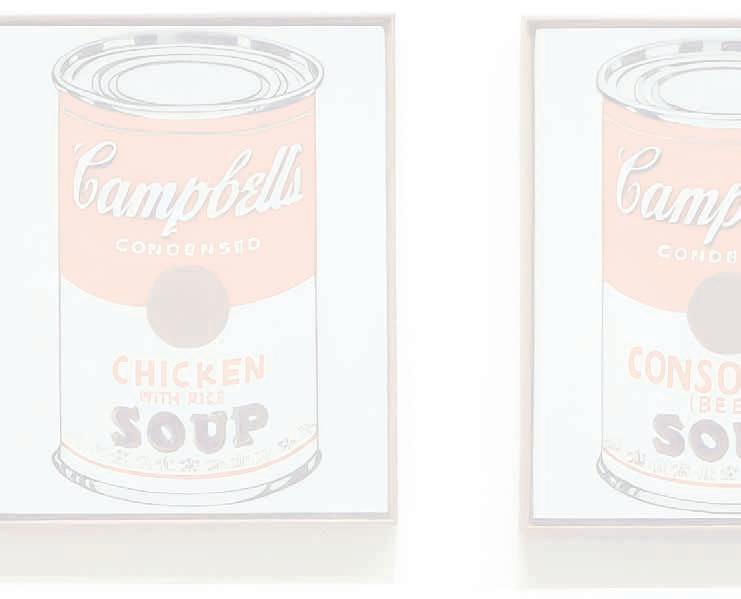
By their style and their approach, artists are self-branding organisms, looking for new mediums on which to display their wares. “Dedicated page space was available to buy in publications like Adforum,” she says. “With no brand attached, seeing what was created with total self direction to express their identity led to some infamous results.” The likes of Lynda Benglis’s 1974 ‘centrefold’ ad, and Judy Chicago’s now-iconic feminist ad that called on her colleagues for their sexist ways.”
Self branding is a key part of an artist’s palette today – Damien Hirst, Tracey Emin and Banksy are prime, if very di erent, examples. The latter once encouraged fans to shoplift from Guess after the shop appropriated one of his stock images for a campaign of theirs without asking. Fair dos – even if Banksy had once proclaimed that ‘copyright is for losers’ (and as a result lost a trademark battle against a greetings card company over using one of his monkey images).
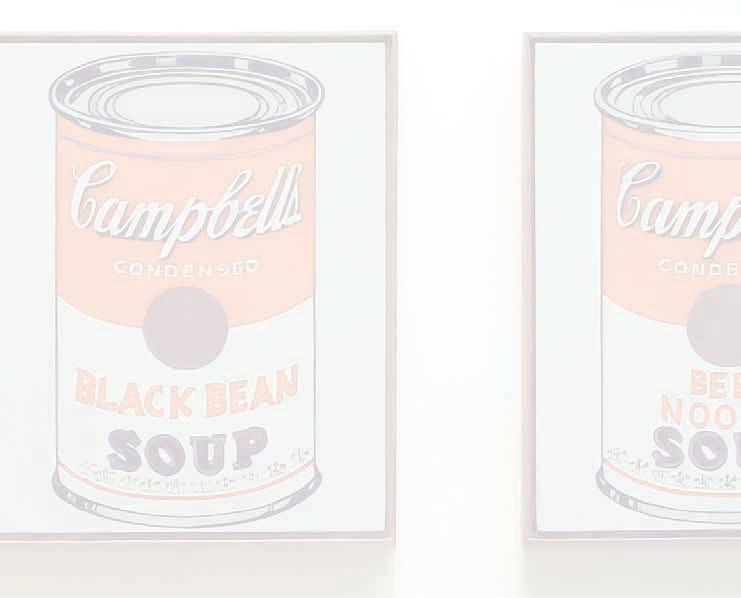



One of best was an installation with Marina Abramovic called Traces, an online experience that mirrored her MoMo experience. And a show with her at the Truman Brewery in 2022. She was very funny, too. I expected her to be so serious. She was a real laugh to be around.”
WePresent now invites curators to expand the brand’s support of artists. “Marina was the first, in 2023 we had Russell Tovey, and then Olafur Eliasson, who has a whole bunch of projects that are both [for] WePresent and on billboards around New York and London. He’s curating work every week for us. The working relationship is fun. There’s no commercial pressure behind it, so it’s nice to watch the journey.”
Artist, illustrator and host of The Creative Condition podcast, Ben Tallon recalls his own skewed entry into the rarefied world of art-brand coupling, after launching Lend Me Your Ear, an exhibition with music photographer Andrew Cotterill in Covent Garden. “I was developing this new hand lettering brand, and what we did was celebrate the purity and identity of each of these musicians, and find the essence of what endeared them to their fans.”
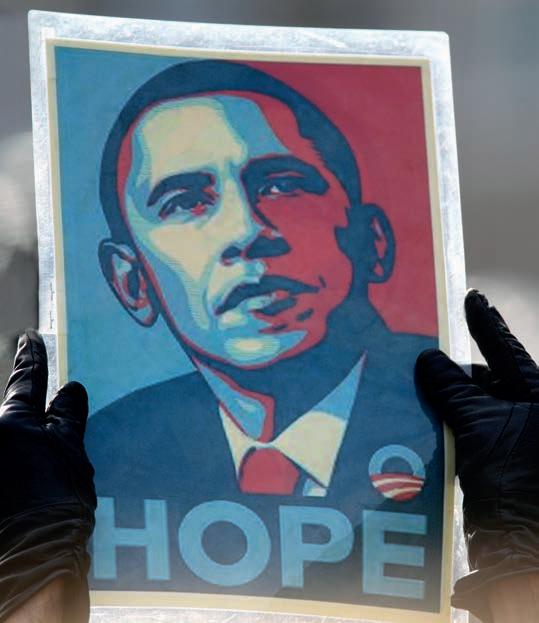
Damien Bradfield, co-founder of WeTransfer, and an online gallerist for dozens of rising fine artists, describes Banksy as one of the masters of marketing, as canny as the canniest brand. “He understands secrecy and scarcity better than anybody, and there’s still this mystique around him that people actually want to carry on – no one really wants to burst the bubble.”
In recent years WeTransfer has hosted new contemporary art on its WePresent platform. Perhaps because it is a delivery system and not a product per se, without the weights and measures of ethics and politics that come packed with any product on a shelf, it’s become a popular brand platform for artists. “We give money or media to support them, and the ambition was to be a patron of the arts,” says Bradfield. “That’s what we wanted to be known as – we took a leaf out of the world of luxury.”
What started out as WeTransfer Culture, which included stories about the artists they promoted, soon evolved into This Work and then WePresent. “Artists love us because we don’t ask for brand collaboration, they don’t need to endorse us and we give them carte blanche. We’re there as an enabler, facilitating this thing.

One fan who saw the show was Ben Lambert of branding agency PB Creative, who bought a print and recognised in Tallon’s ink and paint-splattered lettering across Cotterill’s iconic images, a quality he wanted to bring to his clients at Lynx/Axe. “What Ben had tuned into was the textural aspects of my work – the paint strokes and ink marks – that I was bringing to the fore to capture what it was that made these musicians so pure, in a very abstract mark-making style. So we got our heads together, got a pitch together, and it was one of the most creative open briefs I’ve had, and it was by far the most commercial brief I’ve had.”
And while he admits that plenty of artists would not go within sni ng distance of a brand like Lynx, he was more than happy to engage – for one thing, he had bills to pay. “I believe you can express something very pure and put that in the commercial world and make that work,” he a rms. It just doesn’t happen very often.
As Ellis opines, “The debate of ’selling out’ surely lies with the end creative result and why that partnership even happened,” rather than working with a brand per se. She points to the likes of the Keith Haring Foundation as a prime example of successfully licensing artwork to provide grants for children a ected by HIV/ AIDs.
Looking to the future, she sees potential with artists working in the digital space, and with AI, citing the likes of landscape artist Scott Naismith, who worked with Johnnie Walker to co-create, with AI, bespoke bottles of Blue Label for customers.
It’s in the spirit of business-meets-art that Warhol would’ve been proud of. For, at the end of the day, as the man once said: “Being good in business is the most fascinating kind of art. Making money is art and working is art and good business is the best art.” Let’s wait and see how that picture shapes up for artists of the late 2020s. s
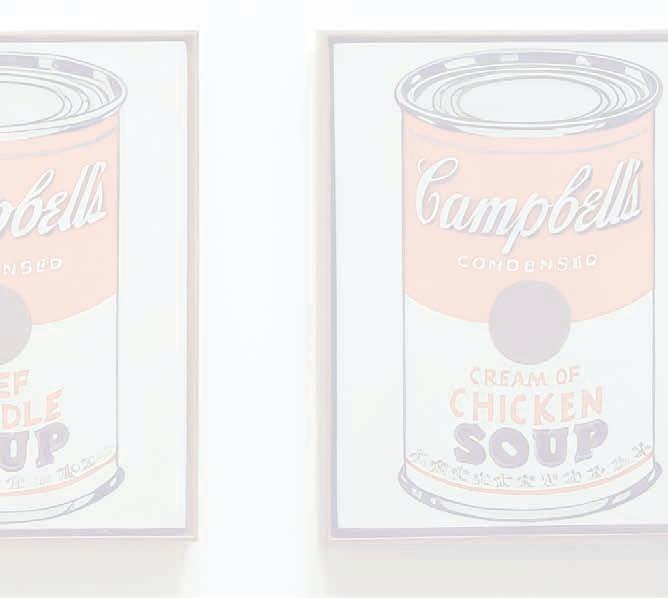
What was it that initially drew you to the advertising industry?
With a major in French and Political Science I wasn’t seeing a clear-cut career path. When I called my dad in distress, he suggested advertising, and it sounded glamorous. I knew I wanted a career that included a creative element, so I set my sights on the Big Apple and finding a job in the ad industry. It appeared in the form of an account coordinator on Kentucky Fried Chicken, and the rest is history.
You set up Biscuit Filmworks with Noam Murro 25 years ago; why did you want to start your own company? I hadn’t met anyone as smart and funny and driven as Noam. We connected instantly and worked together for several years before deciding to take the leap. We wanted to create a company that protected and put directors and storytellers first. I had no idea how to do that… but we held hands and jumped.
What are some of the biggest changes you’ve seen in that time?
Everything and nothing! Here I go dating myself – but we used to bid jobs on a yellow note pad and FedEx location pictures, and use pay phones and pagers to communicate with our teams. We now move at lightning speed across the globe, and we meet expectations that everything happens instantly. We have had to adapt constantly to shifts in the industry, world events and changing political climates, which all a ects the kind of work being done and how we produce it. But what hasn’t changed is the focus on creating a stronghold of talented directors and the relationships and partnerships that withstand the test of time. That will never change.
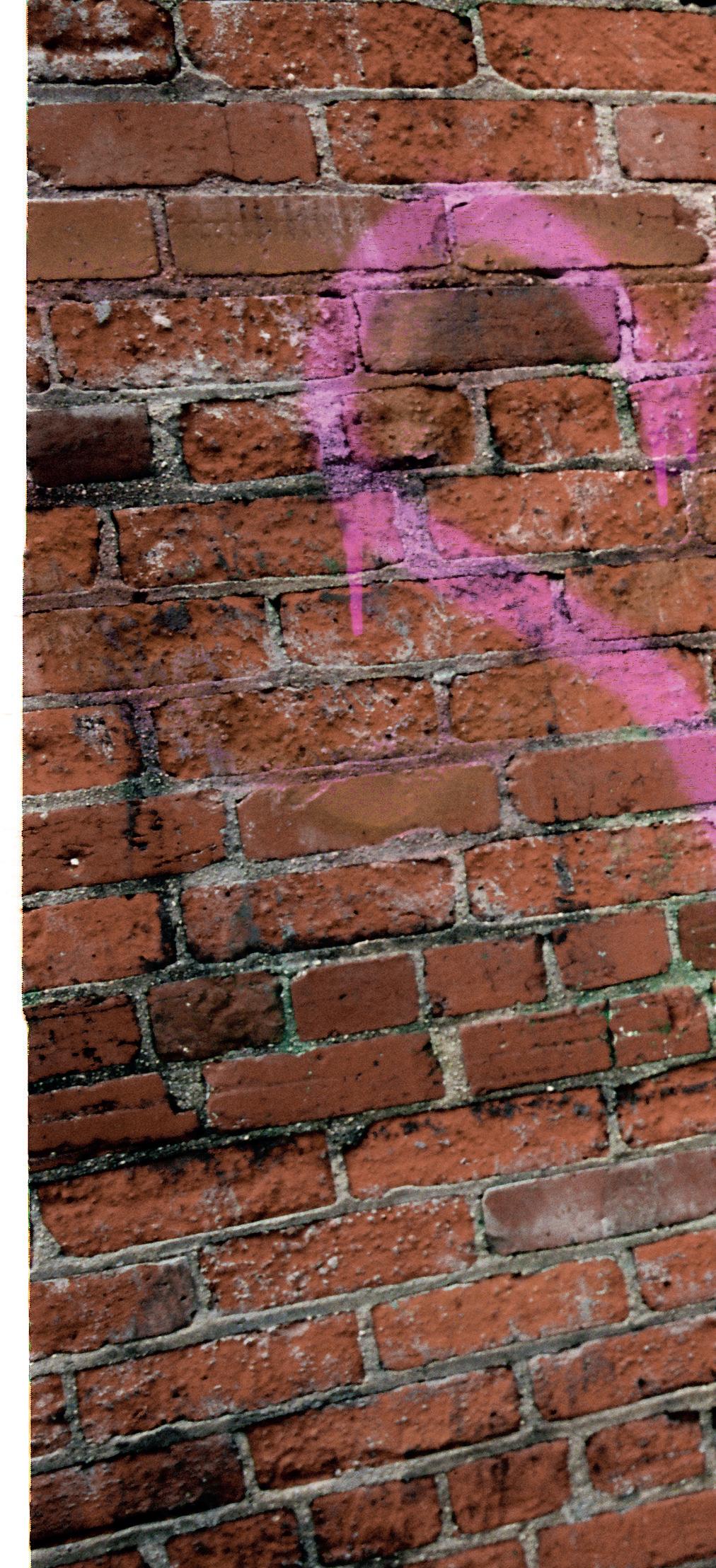
The founding partner of production powerhouse Biscuit Filmworks, Shawn Lacy has been at the heart of creativity for more than 25 years. Here, she talks to Danny Edwards about influences, ideas and why ‘problemsolving’ is the new ‘brave’.
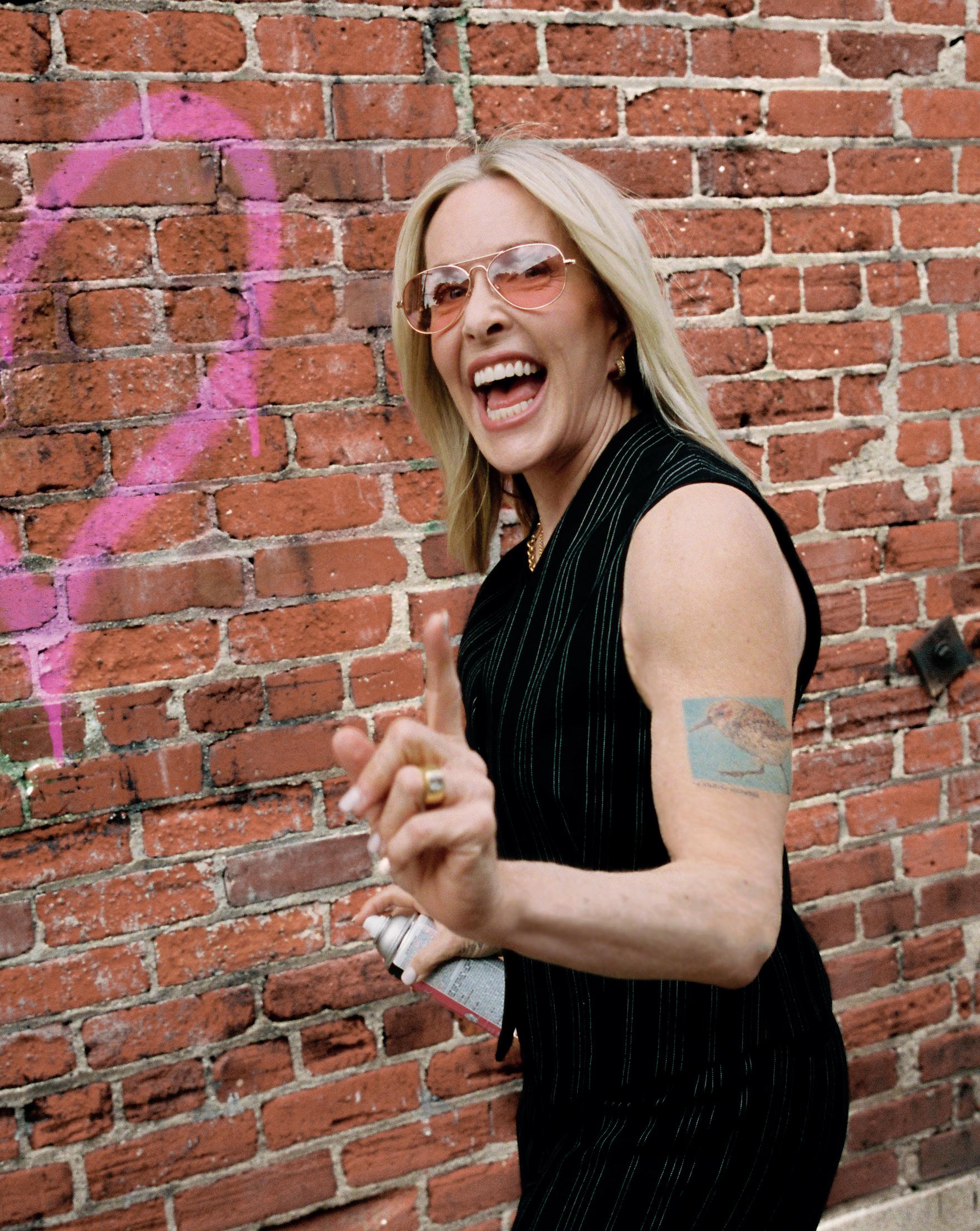
Do you think the advertising industry – be that via brands, agencies or others – is as creatively brave now as it has been in the past?
The easy answer here is no, but that’s actually not true. I’m not sure if brave is the best word, but there is an inventiveness that is more necessary now than ever. Agencies and brands are constantly pushing themselves, and us, to meet challenging needs. Being nimble and adept at creative problem-solving might be the new brave. What is it about the advertising industry that most inspires you?
It’s always the people and ideas. For 25 years it has been the exceptional, creative people that we’ve worked with and partnered with to build this company and make great work. I love the brains of the people in this business. And I love that we hug each other so much.
What, for you, is the biggest challenge the industry faces in the coming years?
There is so much that’s new about how and where advertising is being consumed, and the mindsets of contemporary audiences. And the tools are changing, and the budgets… we are all navigating that. But, fundamentally, there will always be an appetite for good work: considered, clever, emotional, timely and meaningful. If we can keep that at the forefront and not lose sight of what that means as we go forward, I think our industry will be in a great place.
We’re in Cannes; what is it about this festival that makes it so popular, and how important are awards as both a mark of quality and a business imperative?
Hint: South of France and white beaches? But really, I think it’s the combination of being in such a wonderful place with so many peers from around the world that allows for real chemistry and connection to happen. I met Michael Ritchie [MD at Revolver] at Cannes over a beer at the Carlton. That’s where we started our cherished 20-plus year journey together. And when work is recognised at this festival you know that it has crossed cultural divides and risen to the top.
What are some of the most important lessons you’ve learned over your time working in the industry?
Where do I begin? Stay true to who you are as a company, as a leader. Be honest and kind. Remember everyone is struggling with something and see how you can be the solution. Is this too self-helpy of an answer?
Which piece(s) of Biscuit work are you most proud of?
Such a trick question! Noam’s Saturn spot Sheet Metal has always been a testament to me about what great advertising is. From the client to the
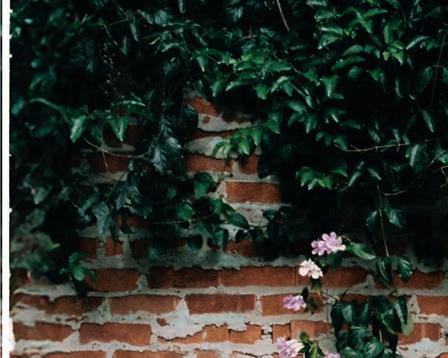
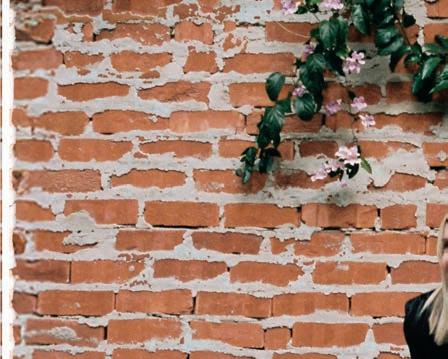
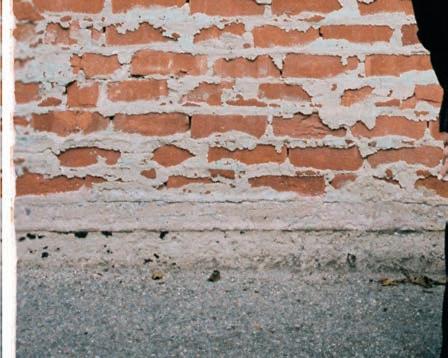

agency, to production, everyone was on the same page about wanting to do something courageous: a car commercial with no cars. It was amazing to be a part of it. I remember first seeing it air, it was stunning, and I think it gave a lot of people that feeling of ‘oh wait… you can do that?’. I think that feeling is what has driven me since then.
Biscuit’s work and the people behind that work, has been an influence on many, but which people have been most influential in your career?
So many people have been influential to me!

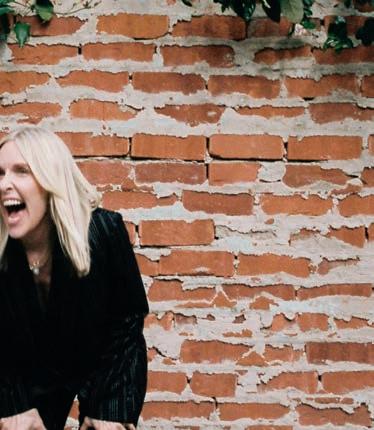
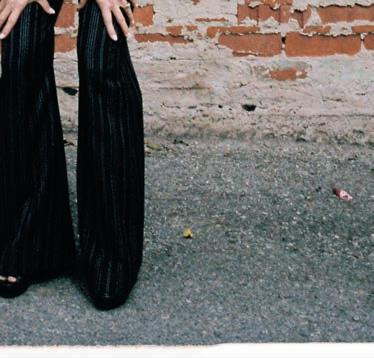
Obviously starting with my partner, Noam, who believed in me from day one, has pushed me to be brave, and has made me laugh a million times. Other companies and their wonderful work have inspired me to be better. And our Biscuit family of directors, executive producers, sta and sales have been daily inspiration.
What’s next for you, and for Biscuit? I hope the ability to continue to grow, learn and make work we are proud of with people we like. s
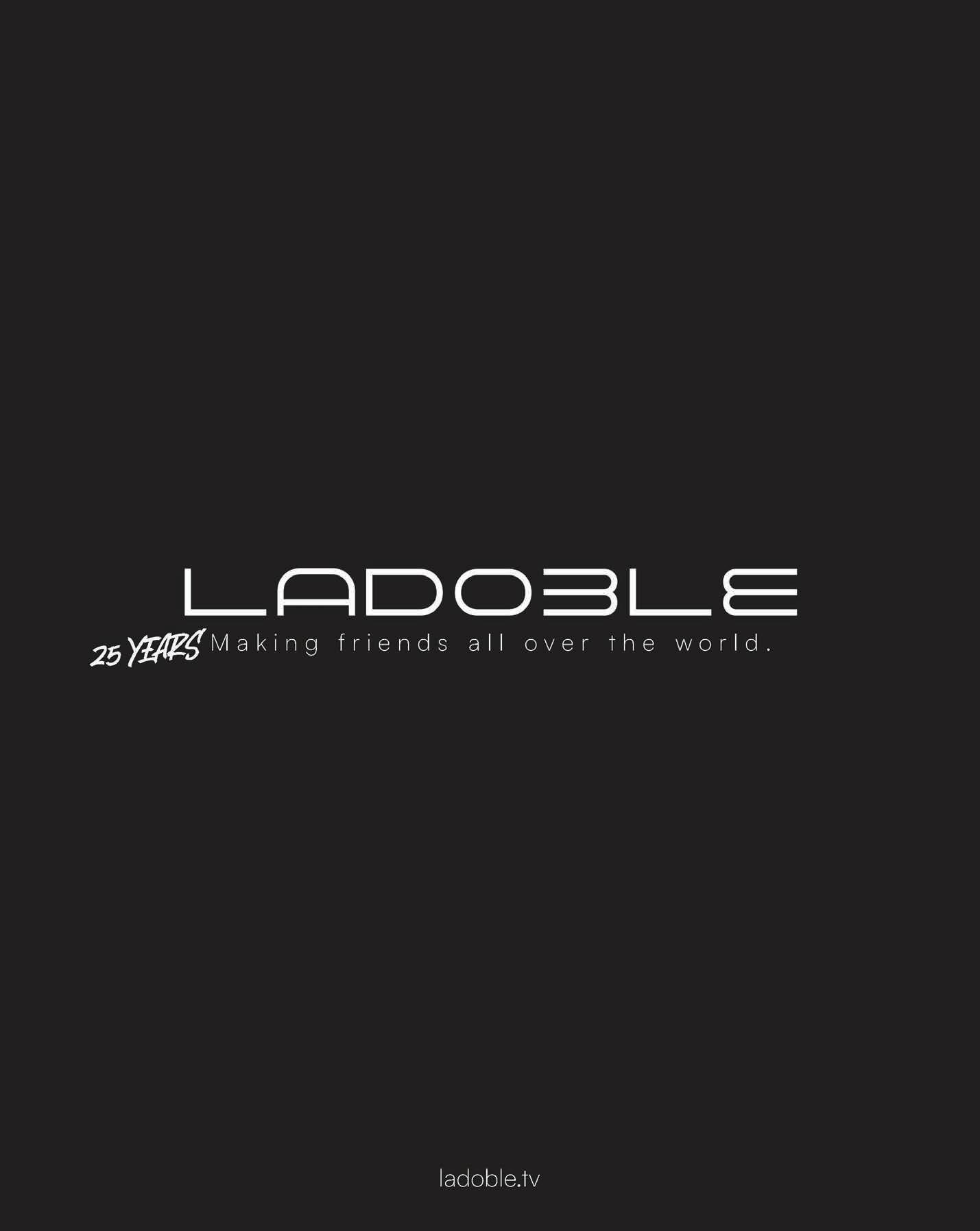
Promo director, advertising powerhouse and ProdCo founder Ian Pons Jewell talks to Danny Edwards about friendship, finding his path, and why - with the advent of AI - real filmmaking will continue to flourish.

Why did you want to become a director?
I don’t see it as wanting to ‘become a director’ so much as finding film to be the most powerful medium and the one I connected to on a deep level. I had done drama, photography, illustration, I was interested in media studies too. I had an amazing teacher who taught us all about propaganda techniques, then got us to make an ad for any fictional or real brand.
So there were various things percolating as I grew up, but film was the thing. A friend told me I should apply to do a film production degree, I had no idea there was such a thing but I managed to get in by showing them a few media studies essays, a fake Pot Noodle commercial, and a VHS recording of a stage adaption of [TV series] The Young Ones I put on, in which I also played Rick Mayall’s character (I lost the tape).
On the course I got put into a group as a writer. During the shoot, I was telling the actors what to do, where the camera should go, with the actor constantly asking me if I was the director. I told him I wasn’t, but I just knew how everything needed to be shot and blocked. It was only after this I realised I had been ‘directing’.
On the next project, I asked to be placed as a director, and we made a stop-frame animation mixed with live-action. It went down a storm, people really connected with it. It was a favourite in that module and it was with that encouragement and support that I felt my life path appear – I knew I would be making films till I die.
I should also mention I loved watching films. My parents were amazing and let me watch anything. They recorded all kinds of films, let me rent whatever. That was certainly the bedrock from which my love of film all sprung.
You spent a long time working in music videos before directing a commercial; what lessons did promos teach you that you took into the commercial world?
I made over 40 videos before doing a commercial. It was around seven years of promos. The on-set experience was huge, so when I finally got my first commercial, it was a luxury. I remember one of the first calls with the amazing producers at Anorak and them mentioning how tight the budget of 400K was for what we were wanting to do. Hearing that was bizarre after all the tiny music video budgets. In promos, you have an idea and then go to war making it, on whatever usually minuscule
budget you get from the label. It is absolutely the most creative problem-solving category of film. You have all the demands and pressures of a commercial, the same timelines, but with a fraction of the money, but totally free creative (in my experience, if and when they select your treatment). Your mind is in constant overdrive thinking of solutions, how to achieve something that should really be impossible. It is a magical school of filmmaking.
I also feel lucky to have been in the music video scene when I was. There was such a strong community, I made a lot of great friends, we would all be waiting for and cheering on each other’s music video drops. It felt like its own golden era. Masterpieces would drop on a weekly basis whenever I think back. Works by Canada, Isaiah Seret, Young Replicant (Alex Takacs), Tobias Stretch, The Daniels, Matilda Finn… too many to name, would just blow my mind. It was a period that inspired me as I went into advertising.
What was the biggest challenge in transitioning from promos to commercials?
I can honestly say there wasn’t one. After working with GBP500 to bring a story to life, commercials are a luxurious walk in the park. I did also have a clear body of work as I went into ads, so I was being asked to do ‘my thing’ in them. Then you have to learn all about pushing ideas, how to get them through, when to compromise, etc.
You’ve said in other interviews that you’d reached a point where you didn’t think commercials were something you’d break into; what do you think changed for the commercials world to then come calling?
There was a clear moment when I just gave up thinking about it. I decided I would just continue making music videos, with the occasional ‘money job’. I would sometimes get content stu that would get me enough money to live – on a very low budget – for the rest of the year. I calculated I needed about two of those sorts of projects. But right after this, I got sent the Otelo project by Anorak and won the pitch.
A selection of your work combines perfect craft and amazing production design with brilliant, often surreal comedic moments. But humorous spots often rely on the comedy, less on the style; why do you give equal weight to both?
There is, or was, definitely a type of comedy advertising that had very stripped back filmmaking. I love that work also. But for me at the time, advertising was a space where I would try new things and continue honing the craft. I think I just instinctively wanted to push the form and had also been limited in what I could do in music videos technically.
Suddenly I had budgets allowing me to experiment and try equipment I could have never a orded before. But in general, it’s always connected to the creative. I can see it play out in my mind as I write, so the storyboards are instinctual, then it’s about working out the way of executing it once I’ve visualised it.
Despite loads of great comedy spots, you also direct more dramatic and thematic work [The Diamond Journey/This Watch Tells Time]; have you worked hard to avoid being pigeon-holed as a director?
I have a long and wonderful collaboration with DP Mauro Chiarello, and because of this, we would always want to do something di erent from the last spot we had done. That was definitely a part of it, finding something new - a di erent feeling to things. It could be as obvious as not having as much movement, or as subtle as a grade and texture. I wouldn’t say it was a conscious decision to avoid the pigeon hole, but just a natural journey, wanting to do things di erently. I don’t see myself doing much film work that is like the ‘comedy’ stu I’ve done, so it was important for me to be doing work like The Diamond Journey [for the Diamond Producers Association].
You started ProdCo in 2023, why did you want to start your own company and has it changed the way you approach the business?
I had always had thoughts about forming a company, even before I had joined Academy. But
“In promos, you have an idea and then go to makingwarit”
the timing wasn’t right, and most importantly, I hadn’t met Zico [Zico Judge, Co-Founder of ProdCo]. But I had a little list of names for the roster in mind, adding to it now and then. The motivation was very much the roster. The directors are all truly inspiring to me, many I have a longstanding friendship with, others I have met along the way while forming this company, but all of them are directors that I just knew should be doing a level of work, that for whatever reason, they weren’t seeing or getting yet.
I can’t list each one, but in that golden era I mentioned, I would be blown away by so many directors, one of whom was Alex Takacs (AKA Young Replicant). I was in Georgia producing a music video for him and while there on set, I was able to watch Alex working, and it really hit me how crazy this journey is; there we were producing a music video for one of the most inspiring directors in promos in my opinion.
All our directors have a path ahead of them and I am so curious and excited to see what they will do, not just advertising, but in all manner of other formats.
Do you think the advertising industry – be that via brands, agencies or others – is as creatively brave now as it has been in the past? It’s a tough question, I have a feeling that it is not. But then a project comes along that very much is. I do think we are at a crossroads though, with the onset of AI. What is very clear is the vast chasm between the USA and the UK.
The UK ad process has a much closer-to-thedirector’s-vision process than the USA. So judging the global advertising industry pattern is hard when you operate in both of these territories. One can feel the work is brave just by doing a UK commercial after an American one. But that’s also just part of the way some ads are made in the US, but not all, of course.
There’s incredible work being written in the USA. I think the US agencies just need the production company and director much more for protecting the creative against client pushback. Whereas in the UK, agencies themselves are able to protect their creative much more due to how the politics are within the system.
One of my favourite jobs of late was for GoDaddy, with the American agency Quality Meats. They were incredibly protective of the creative, really fighting for it and constantly re-selling the ideas back up the chain any time the client had a wobble. They’re a real benchmark for US ad agencies as they’re relatively small and the founders are involved in everything.
“The advertising industry either embraces the bolder and more auteurdirected commercial path, or sleepwalks towards its own funeral”
What is your view on artificial intelligence: Friend? Foe? A bit of both?
Absolutely both. Like any technology, it’s a cliché, but it can be used for good, or bad. What I will say though, is we are at a crossroads where the advertising industry either embraces the bolder and more auteur-directed commercial path, or sleepwalks towards its own funeral, which will be fully designed and written by the ad agencies themselves.
Before AI, we were already seeing lots of very generic ads, and with AI that generic style is now written by ChatGPT. The only protection ad agencies and the industry as a whole has is to make bold and visionary work. The sort of film where you can feel the fingerprints of the director, rather than a well crafted ‘solid’ ad where you don’t really feel their personality coming through.
AI can do legitimate looking audio-visual that doesn’t make you feel emotion. I recently made what I, and others I work with, feel is the best commercial I’ve made to date, but the o cial

1 Naughty Boy, La La La 2 Diamond Producers Association, The Diamond Journey 3 GoDaddy – Act Like You Know
4 This illustration was done by Pons Jewll’s friend and filmmaker/artist, Tobias Stretch
version is entirely forgettable and has no soul. The director’s cut was even blocked by the client. If agencies continue writing generic work, or allowing great work to become generic via a destructive post process, they will see themselves replaced by AI, which will have a trickle down e ect us all. If agencies can’t get bolder work out the door in the creative board stage, they can at least embrace the bolder treatment of that brief by the director… as so much can be brought to the table from the execution and director’s vision.
I’ve had wonderful experiences doing this, when the agency and production company partner up and sneak back in original creative ideas or general boldness that the client killed in the agency only stage. We, as directors and production companies, can help agencies bring back the juice that may have been lost or never allowed in the writing and pitch stage.
But I don’t see AI-generated films replacing human-shot work, because of the fact anyone can prompt AI work. There is incredible AIinfused work out there that I love, but when you get a brand trying it, it is the bottom of the barrel. There’s that atrocious Coca-Cola ad [Unexpected Santa], which I cannot believe got published, showing just how soulless you can get with AI. There was also a horrible Toys ‘R’ Us ad, which I think was them just trying to make the ‘first’ AI commercial.
But there are also some people ‘testing’ AI and posting stu that has a look and feel of cinematic ad work, but has no soul and feels like a lazy dopamine hit. Film, like all great art, is process driven, with the result being from that journey. A lot of AI-generated work, not all, but the ones I
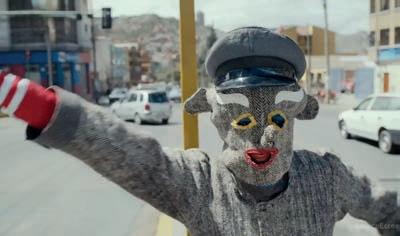
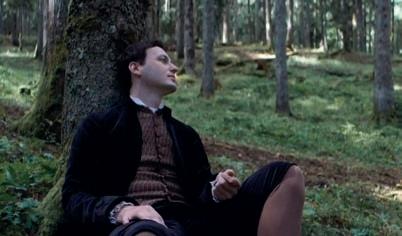
am talking about, are results driven. There’s a sense of a film being ‘shot’ and posted to Instagram for some reactions. I feel a lot of it is this temptation of having ‘shot’ something without getting o a chair.
Real filmmaking will continue to flourish because it is a craft that lives within and reflects life itself. It is the energy shared between a crew of artists problem solving and collaborating. With a good film, you often get that feeling of a kind of homesickness when you wrap, a loss of that shared energy.
There is so much I can talk about as to why AI can’t replace human-shot film, but to give an example, my spot for Revolut [Money Possibilities] could be thought of as something that AI could generate. But Ana, who we cast, has this wonderful, slightly clumsy feel to her movements, which make the character all that more special. All the blocking of the camera was done with a phone and another actor, with us playing around and trying angles. There is no way I would have made those choices of framing, moving, edit, without the time we spent blocking in person.
Another example is a project I did that had this incredible actor from Brazil, who added so much with improv we forgot about the script. Due to her performance, the camera was adjusted, the script was dropped, the edit was adapted. These are things that would never, ever have been achieved typing prompts into AI video generators.
The mistakes, coincidences and changes, all end up infused into the film. That can’t be replaced.

What advice would you have for any aspiring directors looking to break into the business now?
Don’t mimic. Find your own style, through making work. But don’t be conscious of stylemaking, it is something that happens naturally over time, by experimenting and making work that comes from you.
Another thing is to watch out for is consciously striving toward ‘getting into ads’. Commercial filmmaking is high craft, using the creative juices and methodology of artistic filmmaking to create corporate propaganda. But it’s not the be all and end all; it will always have this limit. So it’s important to be exploring your instincts and filmmaking style within non-commercial formats, otherwise you’re constructing pastiche from the start. It’s why I find spec ads potentially destructive for young filmmakers, certainly if they get into them very quickly while on courses that have them making specs for their graduation films.
You’ve directed short films across your career; are there plans to direct a feature and is there anything you can tell us about those plans?
Absolutely, but I would rather not put it into writing, but I’m in the very real process of prep now.
Which piece(s) of work are you most proud of to this point, and why?
It’s a hard one, but I would say The Diamond Journey. It was something I got to write and also represented a big step forward for my filmmaking. It was a space I hadn’t operated within but wished to. Then my music video for Naughty Boy’s La La La, as it reminds me of being creatively free. It was such a wonderful adventure, something I want to go back to when I make films. s


BETC President Stéphane Xiberras talks to Tim Cumming about the state of creativity in the 2020s and the transformative magic of humour, humanity and relatability in the best work.
The man who made iconic Canal+ spots like The Bear, Wardrobe and The Codes, as well as creating innovative campaigns such as Like My Addiction for Addict Aide on Instagram (which generated more than a billion impressions), Stéphane Xiberras is regarded as one of the most successful creatives, helming one of Europe’s biggest agencies, BETC, which just happens to be one of the world’s most awarded too. As he comes to London to take up his role as President of the Jury, Direct, at the D&AD Awards, he casts a questing, restless eye across the advertising landscape of 2025, looks back at some favourite campaigns, and the challenge of making fresh, uplifting work in these dystopian and confusing times.

I’m a huge fan ofvideo games andhave been for along time [but] it’smore difficult tocreate meaningfulcampaigns with areal idea thathighlights thegame culturally -
Since becoming President of BETC in 2019, how has the company grown and changed, and are the challenges as fun as being a creative director?
There are more than a thousand people working at BETC in France (and more than 1,500 people worldwide), and it requires a huge amount of e ort to avoid any kind of automation of the creative process. As Co-Presidents of the agency, with Bertille Toledano, our job is to inspire our talent by bringing enthusiasm and excitement to all the agency’s projects, so that they’ll take pleasure in working together to create new, smart, funny, relevant and e cient things. I still believe that our creative organisations need to maintain a sense of lightness and freshness, even in our crazy world that seems to be written by a drunken Black Mirror screenwriter.
Is it harder right now to grab that sense of humanity and make it feel universal and identifiable?
From the beginning, our job has been to help sell standardised products to the public. Our role as creative agencies is to bring a soul and a human touch to the process, through any kind of artistic form – whether it be written, visual, musical, poetic or cinematic.
Disconnecting the advertising industry from its artistic side will inevitably damage the whole sector and lead to even more indi erence from people. We have become very standardised, and I believe that complex processes do not always favour the emergence of simple, strong, unambiguous, memorable campaigns. We need to find our way back to applied arts, design and production. We create campaigns, not PowerPoint presentations. Having successful meetings is not an aim, the art of compromise has nothing to do with creativity. But, at the same time, I know that powerful ideas always seem disruptive at first, and they are not easy to sell. That’s okay, and it’s our job to guide brands towards more creativity.
Humour is something that runs through all your work – what would be your favourites from your own repertoire of spots?
The use of humour is obviously something I really enjoy in my work, usually by creating quirky comedies full of derision. French writer Boris Vian once said that “laughter is the polite form of despair”, and it pretty much sums it up. The Bear in Canal+’s The Bear, is an insu erable and spoiled tyrant, The Closet’s screenwriter is a cheating liar, the characters from Wakany are gullible fools, the little girl in Papa is a mischievous manipulator... it’s our weaknesses that make us human - being able to acknowledge and laugh about them is a deep kind of human intelligence.
What has the most impact in a successful spot – storytelling, character building, or the surprise denouement?
What works pretty well is surprising the audience with an unusual twist at the end, that they were really not expecting coming from an ad. What I mean is that there is rarely tension in ads anymore. The weather is always nice, people are kind, everything is pleasant and cool, sometimes people even dance: it’s the wonderful world of advertising! So, if people sometimes get surprised by ads, and suddenly realise that things were not what they thought they were, then something powerful happens and that’s when you make an impact. And catching people’s attention is one of the biggest challenges we face in today’s distracted, multi-channel world.

At the time I’m asking you this, you are heading to London as D&AD President of the Jury for Direct, what’s your expectations for the year’s work?
“We need to find our way back to applied arts, design and production. We create campaigns, not PowerPoint presentations.”
The Direct category is quite ruthless as you need an idea powerful enough to engage the audience to become the spokesperson for that idea. Not an easy task. I believe that insightful conversations with other jury members will always result in the best work being rewarded. Since it’s a competition, I never start with preconceived ideas – we must judge the best campaigns against each other and not against other categories or other years. And, as usual, I know that in the end, beyond the numbers and maths, we must trust our gut feeling and the best criterion for judging a campaign: feeling jealous not to be the one behind it!
When it comes to new work, what surprises you, and what disappoints?
I’m a huge fan of video games and have been for a long time. Every year, I’m waiting for
THE big game launch campaign that will disrupt industry codes. There have been some, but I feel like the formula is wearing thin. When we talk about gaming campaigns, it’s often just the use of the video game as a medium of sorts – an activation in Fortnite, Mindcraft, etc. For game launches, it’s more di cult to create meaningful campaigns with a real idea that highlights the game culturally and not just its gameplay.
I am, generally, totally in admiration of creatives when they know how to circumvent constraints and reach as many people as possible. It’s really hard to find an idea that brings people together, even only on a national scale. An idea’s journey, from conception to production, is extremely fragile. And when I see the final results,
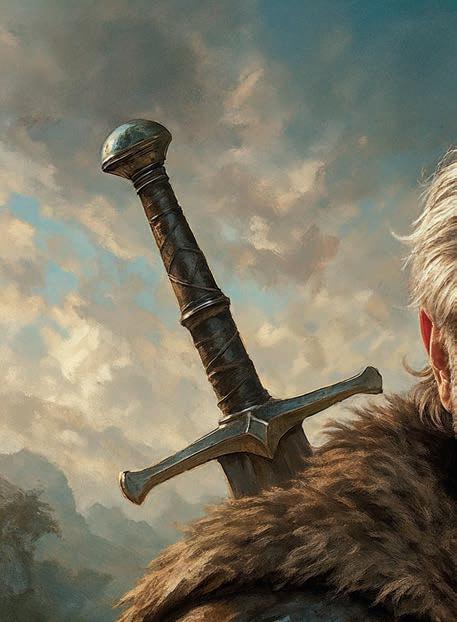
knowing all the questions, discussions, and even fights they probably had along the way, I am in total awe of their work.
I get frustrated with some activations which are certainly relevant, but the way they are crafted can lead us into a rationality devoid of any artistic form. I think to myself, ‘oh yes, it’s very clever,’ but deep down, it doesn’t really touch me. It’s that little something extra that makes the di erence and creates the gap between very good work and excellence.
Having launched Creative Artificial Intelligence [an ad-creating robot] as a warning about dull, algorithmically led creativity, where are we today, now AI is out in the world?
CAI was a sort of happening to show that we didn’t need creatives or agencies to create mediocre advertising, that it might save time and be cheaper, but had no added value in the end. And nothing has changed since. A freewheeling or controlled-by-unskilled-people AI will only create mediocre (at best) or embarrassing (at worst) things. I believe in human creativity enhanced by AI, I trust human talent to surpass and transcend this tool, which remains only a tool.
Where I have a problem, is when some so-called smart people try to convince our clients that they’re able to produce high-quality relevant content with AI. These people are selling photocopiers; my job is to create originals. Having a million di erent versions of something unartistic and meaningless is worth nothing compared to the imperfect original drawing your child made with ‘Daddy, I love you’ written on it.
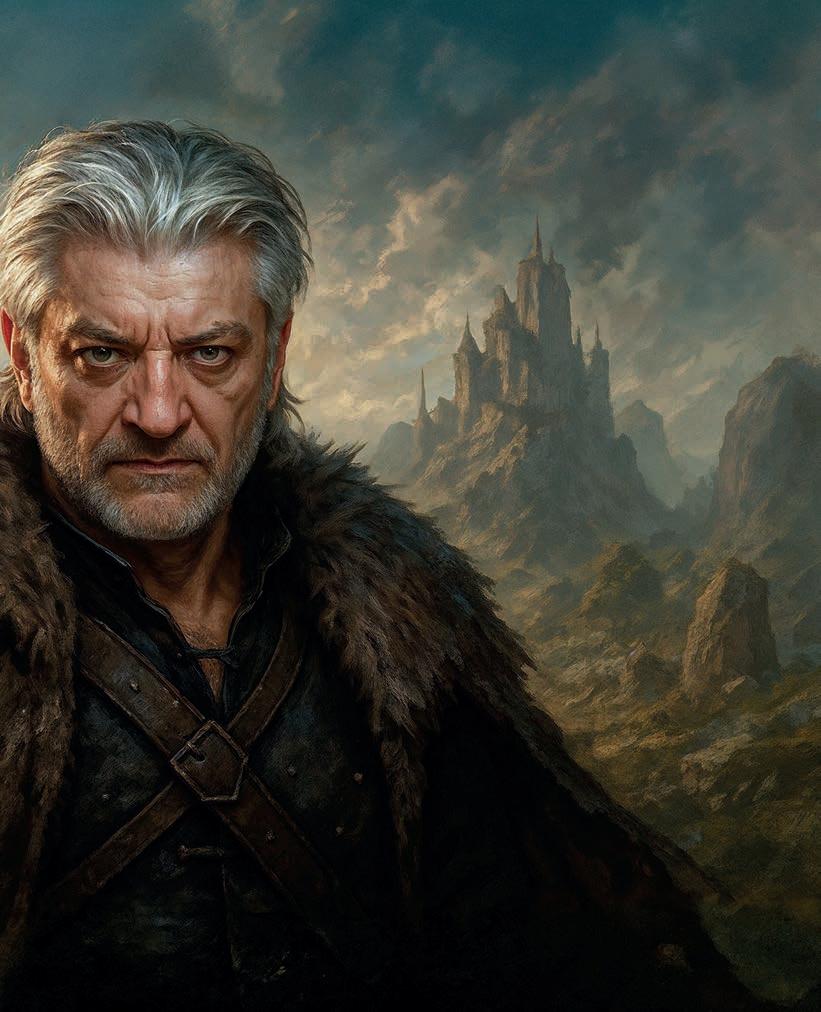
Feeling that there is a connection, an intention, from human to human, is priceless.
Does AI have utopian possibilities, or more dystopian ones?
What is absolutely fascinating (but also frightening), is the machine’s ability to generate instant results, whether it’s images, text or music. Being a musician myself, I think that it’s in the music industry that AI will show its most impressive, devastating and worrying sides. We’re only at the beginning of a slow process of learning to live alongside or with these machines, and we still have a long road ahead of us. I feel that we are living in a time in which we are doing our own anthropomorphic creations, either because it reassures us, or because all those slightly creepy stories from Philip K Dick, Asimov or even Skynet come to mind and have become the future we project. AI and robots are the
bogeymen of our childhood; it will take a lot for humans if they want to keep their humanity.
Which of your pieces of work are you most proud?
I could talk about The Bear for CANAL+ obviously, but the campaign that resonates with me the most by its no-brainer execution and the amazing results it got was Like My Addiction: a simple Instagram account of a young Parisian, Louise Delage, followed by thousands. After a few weeks, we revealed that not only was “Louise” not a real person but also that people didn’t notice she always had a drink in her hand in every photo, the campaign ending with the line: it’s easy to miss signs of addiction. A campaign about alcohol addiction, that also highlighted social media addiction. I know, I know, it’s not as funny as what I usually do! s
With the release of Google’s Veo 3, which gives AI images the ability to talk, artificial intelligence has taken another leap forward. But, says Chris Baker, Head of New Business at Park Village, don’t bow down to the hype, because the human fingerprint will always win out.

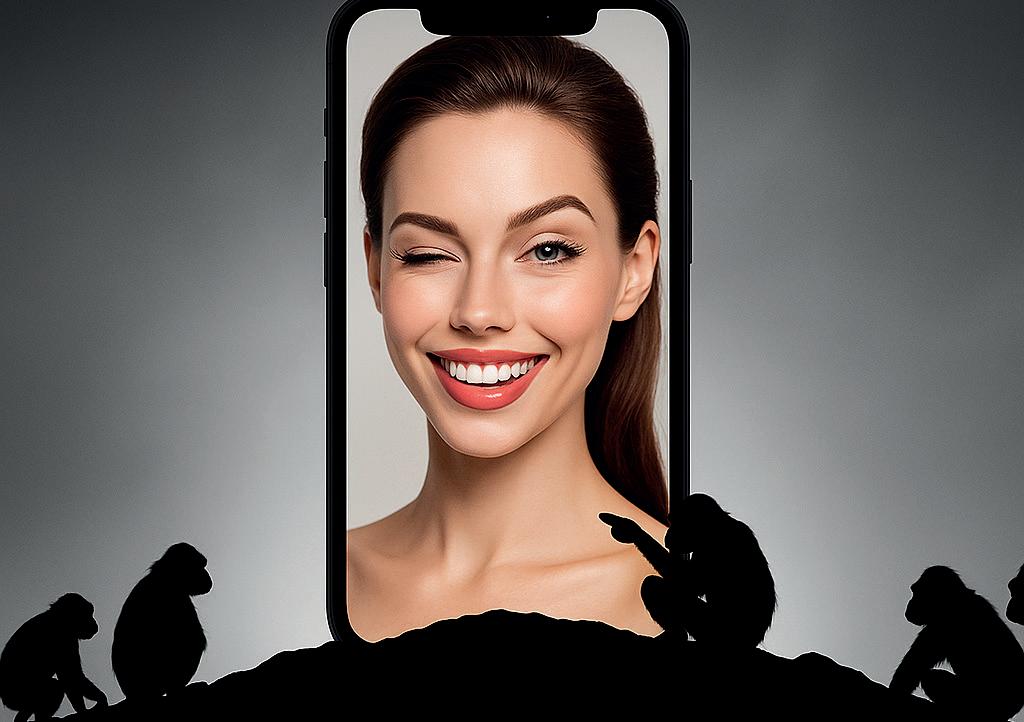
It’s bizarre having the same conversation over and over. It’s like being in some sort of crude, video game simulation that needs an IT guy to blow in the cartridge or something.
I’ve put o writing my thoughts on this for a while, but I guess I’ll weigh in, so buckle up, it’s time to talk about the great, lumbering, silicon god rolling a joint made of your job description and lighting it with the last copy of Sight & Sound. Yes, dear reader, let’s talk about AI.
Not the charming, helpful kind of AI that recommends what car insurance to buy or writes that email you just can’t be dealing with. No, I mean the big one, the one that eats storyboards for breakfast and pisses out perfectly colour-graded trailers by lunch.
The conversation has been circling the creative industries like a hungry buzzard for a few years now. Ominous, predictable and easy to ignore if you kept your head down and pretended real
cinema is still a thing the kids do on a Friday night.
But then AI got teeth, and a change came screaming down the runway the moment Google revealed its generative video and audio tools. The kind of reveal that makes grown directors clench hard. A collective panic like I’ve never seen took hold and, suddenly, the water cooler talk got weird. Dangerous, even.
The doom in their eyes
Before, it was just an ambient anxiety, like background radiation. A gentle worry that maybe some guy in a WeWork was typing “Space opera, but make it sexy” into a beta platform and calling it a short film. But now? Now you can smell the sweaty fear. People might keep cool and write philosophical LinkedIn posts about how they are above the terror storm looking down, but it’s all a lie.
It’s in the eyes, you see. The slight twitch when someone says “prompt engineer” with a straight face. And those LinkedIn nerds all used ChatGPT to write those insights whilst pouring sweat on the
keyboard. They’re just as terrified, but I guess they feel like, if they go along with it, the monster will leave their babies alone.
The hot takes are everywhere, the main one being that this is it, learn to prompt, or learn to die. That the machines are here, so give them your scripts, your storyboards, your childhood trauma and they’ll spit them back at you in 4K, Dolby Atmos, and with lens flare. That everything and more is just a few, well-crafted words away from the average Joe or Jane. But here’s the thing: I don’t buy it. And you shouldn’t either.
There’s a phrase that keeps circling the AI drain like a turd in a luxury toilet; “AI’s only going to get better.”
It’s meant to be reassuring, a bit like how we know the sun will one day die but not for, like, a billion years. But every time I hear that hollow doom sentence, I get the same feeling I get when someone says, “Trust me, bro”.
“AI’s only going to get better.” Sure it will, but when? It still looks terrible to these old eyes, and
this human brain isn’t having any of it. Humanity is an apex predator of the fake. We are built to detect lies, to sni out deception in a voice, a twitch, an uncanny smile with one too many teeth.
The same way a good editor feels the cut in their bones, we don’t watch stories, we live inside them. And, deep down, we know when something was born in sweat and struggle versus something spat out by a digital fever dream.
One day the sun will die but I highly doubt AI video will become so good that we’re deceived by it. It’s a new toy that we should all play with, but we should never get lost in the game. In the end it’s destined for the grunt work we just can’t be bothered with.
The bubblegum slot machine
Don’t get me wrong, I’m no Luddite. I love tech. I love the possibilities. But let’s be real; a lot of what’s coming out of these AI platforms is just gamified noise.
Generative video is a slot machine, a blind monkey with a spray can at a white wedding. Someone is certainly getting covered in paint, but who, and why? The results can be impressive to watch and we can enjoy the random outcome of the spectacle, but it’s not important.
Type a prompt, pull the lever, get your dopamine pellet. You’ll feel like Kubrick for half a second. You’ll feel like you made something. But you didn’t. What you did was poke a sleeping god and ask it to dream on your behalf. And this is the rub, the irony, the meat of the beast; the more that AI floods the market with hallucinated content garbage, the more powerful, more valuable and more desperately needed real human filmmaking becomes.
This is all just my hazy prediction, but what these tech clowns and ‘filmmakers’ are doing is making our stock go platinum by flooding the market with a junk coin thats becoming more and more worthless while the value of craft increases.
A return to the real
When the internet becomes a pixelated landfill of unearned images and plotless sludge, you know what people start craving? Authenticity. Imperfection. The fingerprint. The wonky practical e ect. A story that costs you something to make. Try to imagine how much vomit you would produce watching an AI film of Wallace & Gromit. There are not enough mops.
The reaction to generative video won’t just be legal frameworks and deepfake detection, it’ll be a renaissance of sweat-stained storytelling. A brutal, thunderous return to craft. Because real film, real creation, whatever medium it mutates into next, isn’t just about the picture, it’s about risk. And AI video carries no risk. That’s its
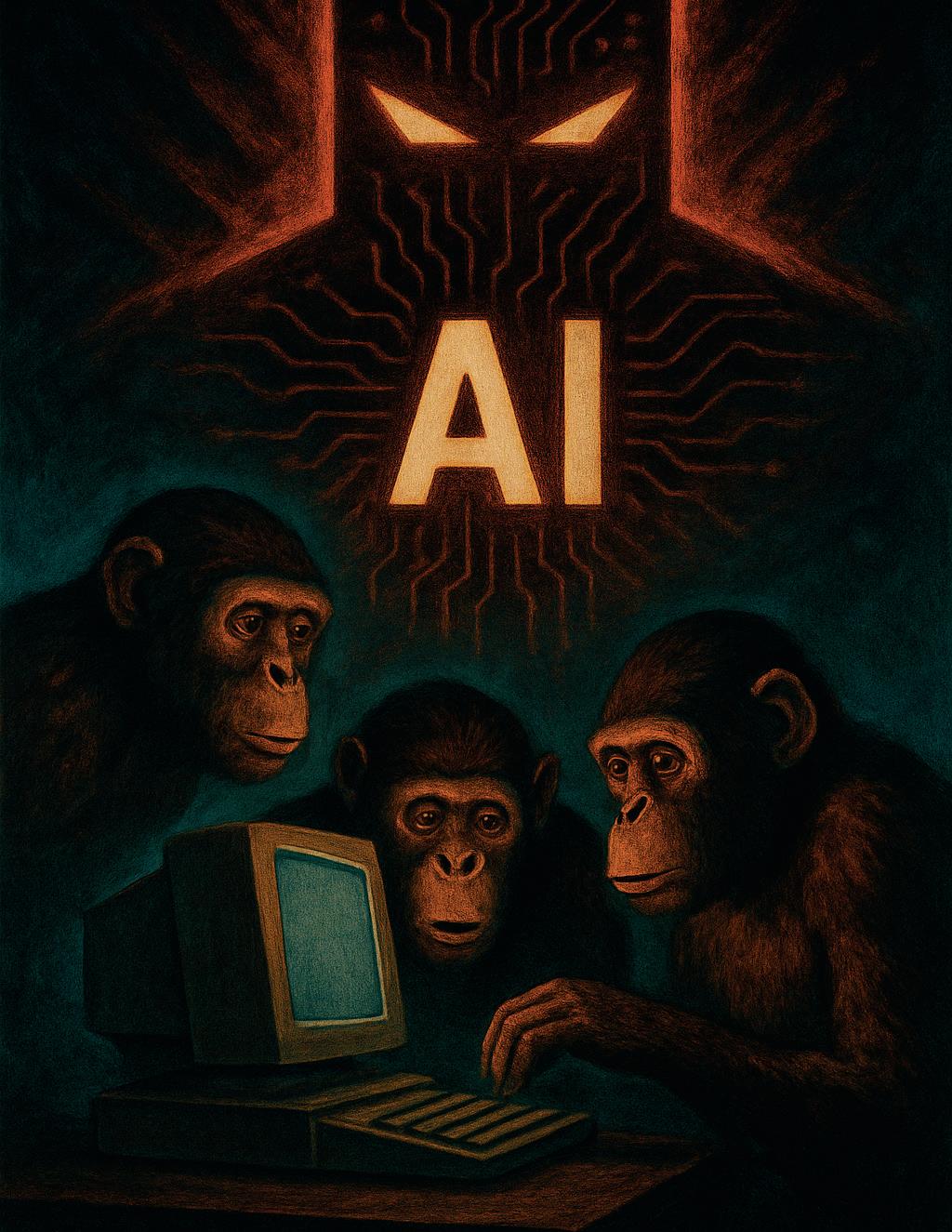
weakness. It gives it little to no value. That’s your edge. Humans risk a part of themselves; their time, their money, their reputation… all in the pursuit of art.
In conclusion... or something like it
So, yes, the AI video revolution is here. And yes, it’s wild, fascinating and absolutely going to replace a chunk of the content sludge industry, explainer videos, product renders, late-night YouTube shorts about dystopian mushrooms, etc.
But cinema? Real film? Art? The kind that gets under your skin, that speaks to you? That’s a human game. Prompts don’t cut it. Because when everything is frictionless, what we’ll crave most are the stories born in blood, risk and total
creative madness. The mistakes that turn into memorable moments. The collaboration of many minds.
And if you’re a filmmaker, writer or storyteller clinging to a dying laptop and a half-drunk co ee then now is the time to double down. Embrace the chaos.
Learn the tools, sure, but don’t bow to them. Don’t become the monkey dancing around the monolith. We need to buckle up for those brutes. We’ve weathered this storm before. Content creators turned the internet in to a hellscape of unboxing videos and makeup tutorials.
Be the monolith. s


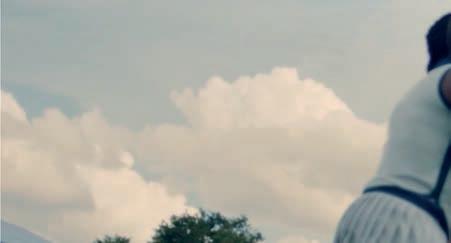
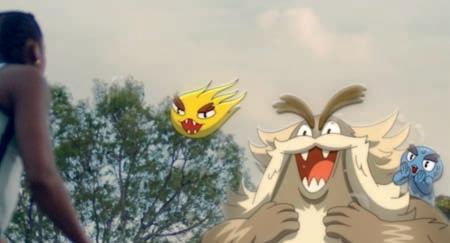



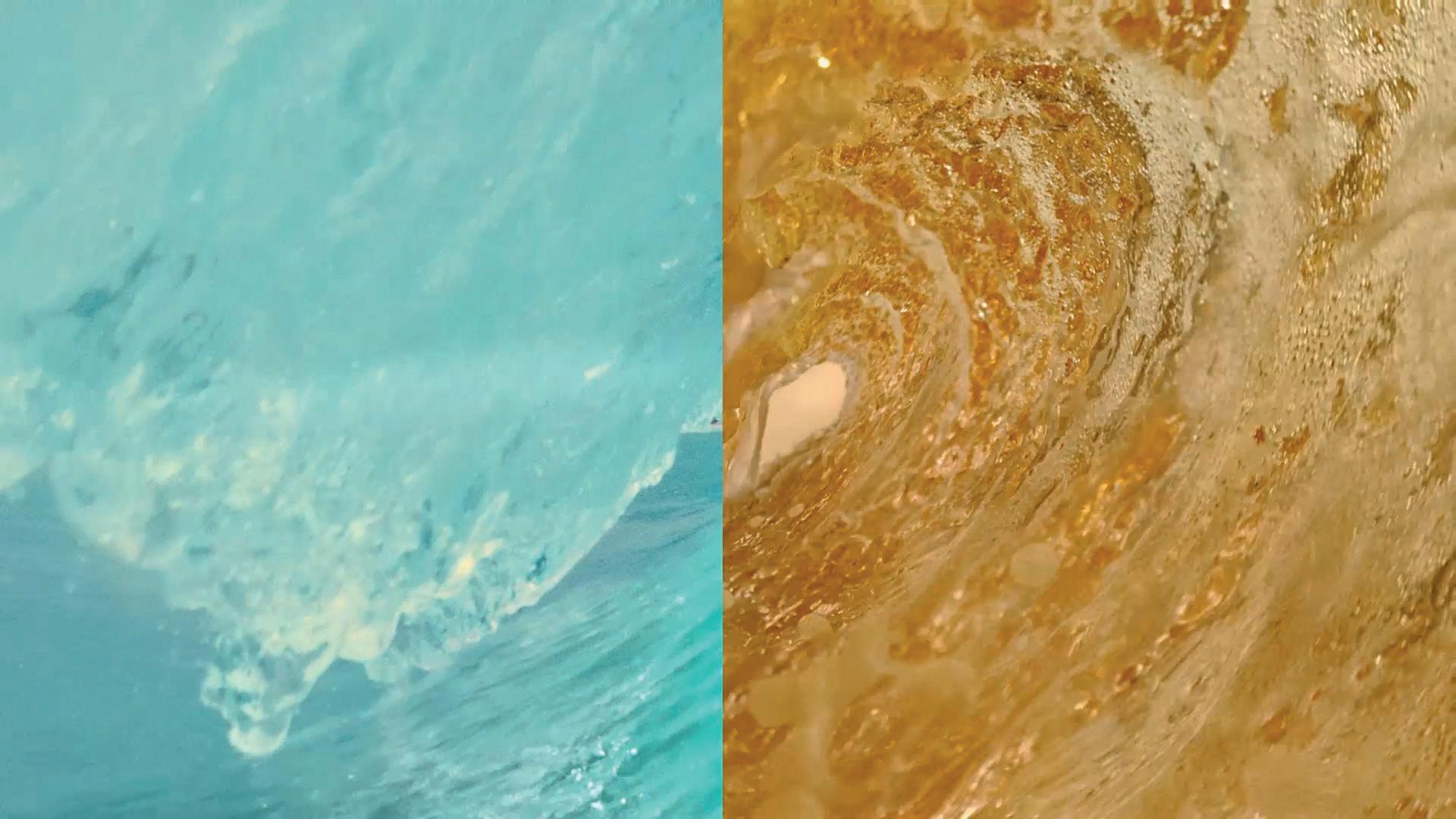


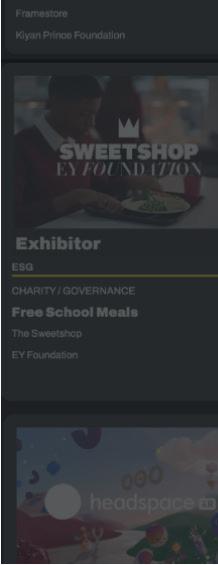

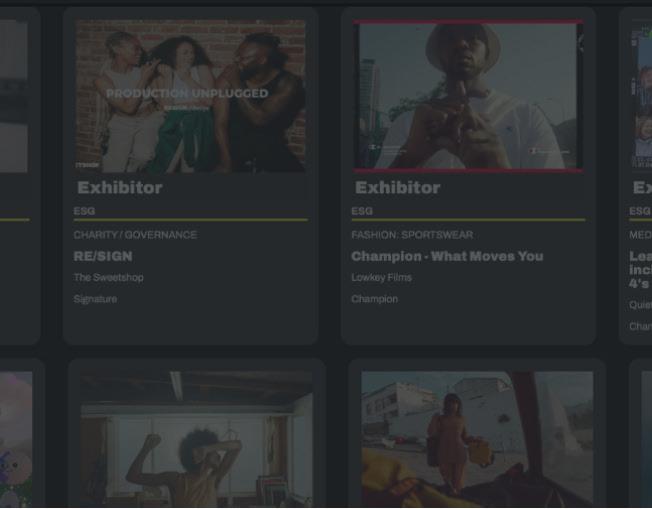
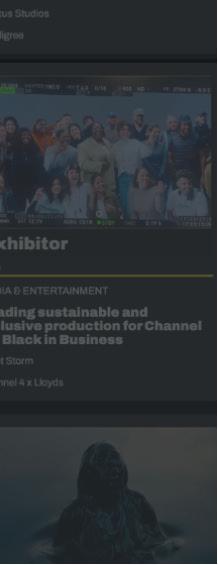
The Palais in Cannes will once again play host to a series of award ceremonies across the week of the Lions, during which the best of global advertising will compete for gold, silver and bronze. The juries will be sequestered away, making their judgements and arguing their points, but what of the rest of the industry? We asked a selection of international advertising luminaries to cast their votes for the work they believe should be celebrated this year.
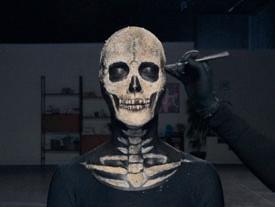

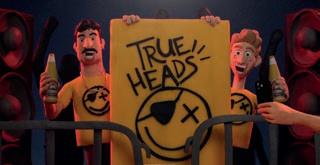

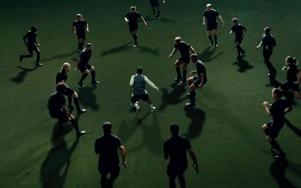




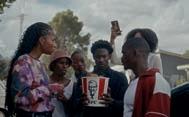
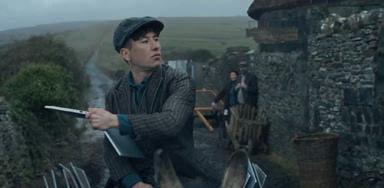

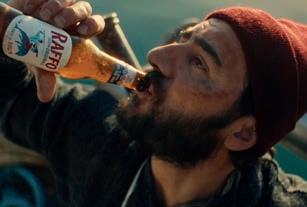
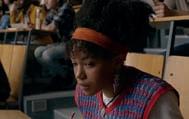
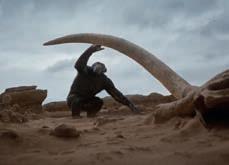
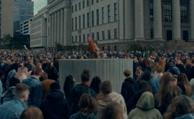
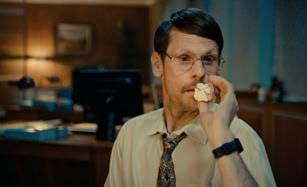




Natasha Johnson
Libresse’s Never Just a Period absolutely smashes it out of the park for me. I love it. Of course, I would. It’s the antithesis of what I grew up with, and I am forever thankful to the marketing team and writers that this type of taboo-challenging communication exists in the world for my daughters. A big statement, but one of those rare times when you realise the powerful impact advertising can have on shifting societal conversation, which can be felt on such a personal level.
It’s rare to see something this raw, funny and beautifully weird all at once. From the surreal, visceral visuals to the powerful all-female chorus, every moment feels like a punchy, poetic reminder of how misunderstood menstrual health is. Lucy Forbes’ brilliant direction makes you laugh one second and wince in recognition the next. For me, this piece of work is the perfect embodiment of the multifaceted, complex and contradictory relationship women have with their periods. I applaud it, firstly as a producer (the task of pulling this together blows my mind), but most importantly as a woman and mother of girls.
Believe in Chicken is unapologetically weird in the best possible way. It doesn’t try to be too clever; it leans into its own absurdity with total commitment. It takes a universal truth - ‘we all need something to believe in’ - and spins it into a wonderfully weird spectacle, underpinned by a music track which I saw described as ‘poultry-powered gospel rave’, which I’m here for.

The creative team at Mother, alongside Vedran Rupic’s brilliantly surreal direction, have managed to create a piece of work that cuts through the noise and creates a world of its own.
This work is one of those times where I see AI being used in a way that gets me genuinely excited for its creative opportunities, as well as its ability to actually protect people, as demonstrated in this great piece of work. It takes a refreshingly practical approach using AI to create a scammer time-wasting a cutesy nana called Daisy.
Not only has this got the technical, AI credentials going on, but it manages to retain a sense of craft and storytelling in its execution. The writing is sharp and funny while still managing to educate. It’s the perfect blend of utility, creativity and cultural relevance.
This ad perfectly showcases the sense of occasion and artistry that comes from a visit to the theatre, and then powerfully translates it for the screen. It leverages Benedict Cumberbatch’s dual appeal brilliantly; beloved by both theatre purists and blockbuster fans alike, he bridges the gap between art and access, which underpins the existence of National Theatre Live.
The direction of ManvsMachine is simple and restrained, giving the evocative writing even greater resonance. I love how the extreme close ups of Cumberbatch’s performance are
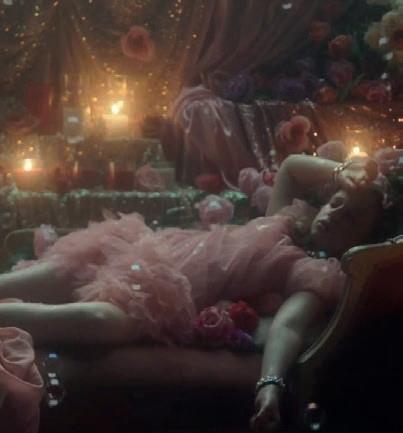
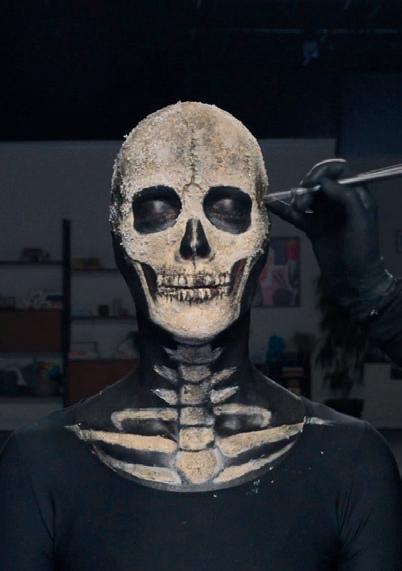
interspersed with beautifully realised ‘in camera’ e ects personifying the emotional journey audiences go on during a theatre performance.
The spot perfectly demonstrates how the magical intimacy of live theatre can be seamlessly preserved for a screen audience. No doubt it will encourage more people to consider the screen as an access point to live theatre.
In an entertainment landscape dominated by over-saturated trailers and sensory overload, this film stands out not for what it says, but for how it’s made. From a production standpoint, it’s a masterclass. A true win for human-led creativity and traditional film craft.
By stripping back the curtain of the filmmaking process we are able to fully appreciate the immense craftsmanship and artistry that goes into making British entertainment. Its single-take journey mirrors the act of ‘re-seeing’ familiar television in a new way, making its form and function perfectly aligned, something that’s very rare in a TV commercial. It’s one of those spots that I want to watch again and again.

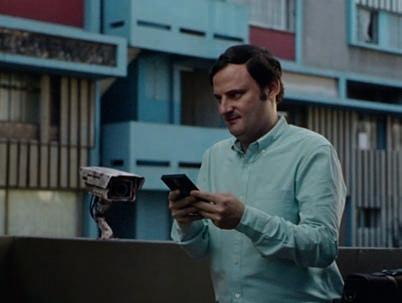
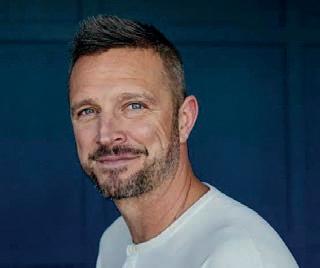
Davud Karbassioun CEO magna studios
Squarespace and [CCO] David Lee are no strangers to creative excellence, but I love the audacity to unexpectedly dive into a universe from a Celtic indy movie (instead of a lazy, box o ce hit), and use e ortless Monty Python wit, literally tossing around laptops and covering their digital brand in mud.
The film stars a questionably sober Barry Keoghan riding a donkey, who incomprehensibly narrates without, perhaps, the necessary subtitles (even for the Irish). But, somehow, it all make perfect sense and is incredible. It’s genius. It’s brave!
A film that, when I first saw it, got me so jealous I had to do everything possible to try to stop myself calling [SMUGGLER EP and Co-Founder] Patrick Milling Smith to share my reluctant respect.
Directed by Ivan Zacharias, one of my favourite filmmakers of all time, the uncompromising master has visualised privacy in such an original and playful way.
The Parliament post production is perfection, as is the overall look, feel, casting and performance. In
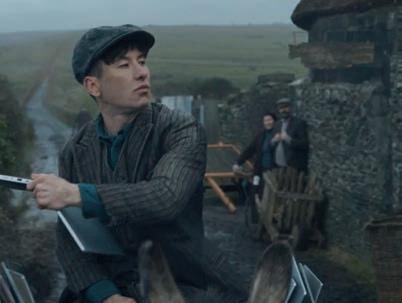
the most welcome way, it feels grittier, riskier and realer for a glossy tech brand obsessed with design. It’s a great example of the power of craft –you could imagine this film being a mess in the wrong hands and without a client willing to take a leap. Bravo to all involved.
I don’t know the director Nick Ball, and he’s clearly a mad person, but my god does he have BALLS! This is one of my ads of the year. The insight is so simple, so clever. That moment when your food order finally arrives and there is a ring at the door, we all weirdly jump into this excited ceremony, transitioning from waiting impatiently to the ritual of finally unveiling the curtain to the luke-warm feast’s arrival.
The execution is perfect. Beautifully directed and perfectly choreographed by the master Ryan He ngton, importantly casting hilarious nondancers. My wife is a master of this beautifully terrible tradition; Nick and her would get on.
shots said I could include one piece that came from magna studios, which is good, otherwise I’d have included five. Here, I want to salute the bravery of the clients and the agency; Eric Rasco and Mike Ruferso at Beats, and Jason Campbell’s incredible creative team at Translation. This film could have been executed in many less painful ways, but on every step of the journey the team made each decision in order to make the work better. This is the first time Lebron and Messi star in commercial together, let alone with the new addition to goathood, Shohei Ohtani. A delicate negotiation given the Nike/adidas/New Balance conflict. The filmmakers Julien & Quentin had a day to pitch, and visualised the approach with a single, animated gif they created, which the client and team bravely backed them on (because, truth be told, they are geniuses).
The uncompromising post production by Blacksmith, the sound design by Concrete… this is a film about listening to your heart, made from the heart, and narrated by the heart (aka the Wu-tang Clan’s RZA). I hope our industry continues to champion work from the heart as we, too often, allow our head, our fear and our less creative bosses overrule our precious instincts.
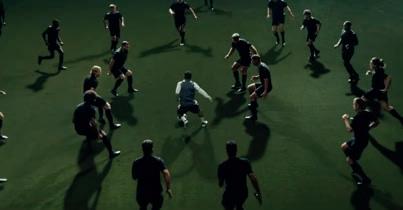
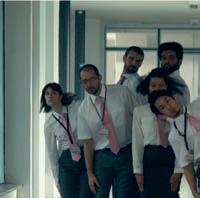


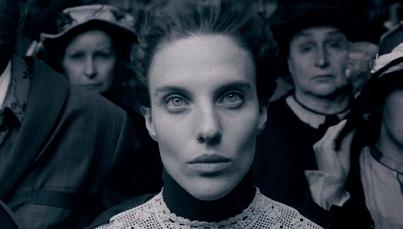
This may be an outsider, but in my mind is an absolute masterpiece from the late, great Ari Weiss and his QX team. The courage to make an ad for the fitness sector (and as a start-up agency) that is dark and depressing, and which essentially borrows from horror movies like The Omen and The Witch, as well as communicating strictly through bleak visuals and without any dialogue or VO, is incredibly brave... but the message at the end is still so clear and strong. A great example of the power of craft!
As Ari himself put it; “Like any great idea, the insight is simple but the execution is unexpected and riveting. Great marketing doesn’t happen without great marketers, and the team at Tonal shared our ambition to make the marketing as disruptive as the product.”
The director, Aube Perrie, one of the most exciting new voices in film, stated; “The trust and vision Ari puts in a director, how he allows for total creative space, paved the way for a project like no other, built by a shared obsession for uncompromising substance and imagery.”
Ari was one of the best and the bravest, let’s all take inspiration from his legacy as we move forward and champion bravery – as well as try ourselves to be brave. Our increasingly mad industry (and world!) desperately needs it.
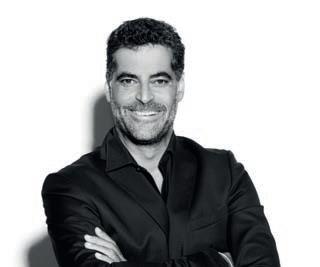
In a world in which artificial intelligence has taken control of most of our conversations, Italian-based Amplifon, a global leader in hearing healthcare, has created the most human, honest and non-artificial campaign in which a routine medical procedure becomes the most personal and emotional experience. If you tap into a universal, human need for connection, you might improve people’s lives. The real-people, hidden-camera format, that was launched as a local campaign in Italy and Spain, has been so successful for the brand at touching hearts, that it has been adapted internationally in France, Australia and the USA, demonstrating that if you tap into a
universal, human need for connection, you might improve people’s lives. Nothing artificial.
This commercial from Sephora, the multinational retailer of personal care and beauty products, touches on a very serious and relevant issue in Italy: gender-based violence. Great storytelling and direction allow this commercial to focus on the emotional and psychological abuse which a lot of women keep to themselves. Sephora needs a round of applause for having the courage to unearth such a serious issue as psychological violence in such a courageous way.
I tried to find the English translated version of this commercial and then realised that the whole concept and the whole insight of the Ra o beer campaign is about it being a local brand from the Puglia Region, proud of its Puglia-ness. In fact, the rebranding of Ra o beer, a more than 100-year local brand, now owned by a multinational beer company, is a comedy-based, pride-induced film showing what it means to be ‘Puglieseeee’ (from Puglia).
Imagine the Nike Londoner commercial with a Pugliese style. I think there is no translation needed, and this is a perfect example of how a great execution can make a great idea both global and local at the same time. This campaign adopts a non-Italian film language to makes it perfectly Italian… better yet, perfectly Puglieseeeeee.

Ceres unveiled this seemingly little commercial during the biggest TV moment in Italy - the Sanremo Music Festival – and it was an unexpected success. Ceres has always been a little irreverent in its communication, and in this mixed-media commercial it maintains its status as a ‘little brand that can’. As the title of the commercial suggests, the commercial starts as a possible ‘connection’ between two strangers that seem to think alike, until the wrong-choice-ending. Comparative ads in Italy are not allowed, this is as close as we can get… with a smile, because e ectively... nobody’s perfect.
Coordown, the Italian national coordination of Down Syndrome Associations, which every year renews its advocacy and awareness vows with great insightful, creative, impactful content on World Down Syndrome Day (March 21st), has done it again: same cause, same advocacy, di erent insight, di erent creative held together with an amazing execution.
No Decision Without Us, is a musical-inspired film that has people with disabilities ‘sing’ about needing to be included in the places “where the decisions are made”. This is the first Coordown campaign - in 13 years of very successful campaigns on a global level – in which a wide range of disabilities, starting with Down Syndrome, are present, underlining how important the issue of more inclusive decision-making processes are in organisations, businesses and civic life.

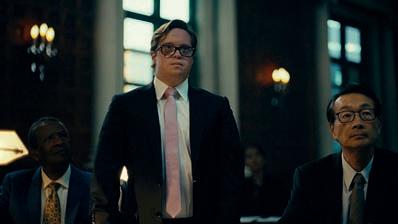



This is such a great, evocative, feel-good story about the lengths we will go for the taste of KFC; the heaviness of longing when you’re far away, even for chicken, is palpable.
Directed by Kim Geldenhuys and produced by 0307 Films, the ad is set on Marion Island Antarctic Research Facility which is 2,000km of choppy ocean away from the mainland and the nearest KFC. You’re desperately rooting for our two unlikely heroes as their determination grows and their plan comes alive.
This is a stand-out, spine-tingling and powerful piece of storytelling from Zee Ntuli at Darling Films. A tribute to the students who fought for freedom during the 1976 Soweto Uprising, told
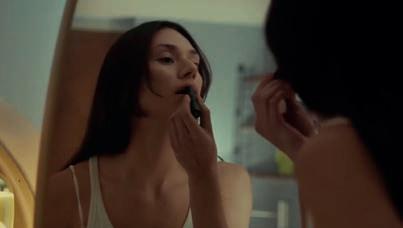
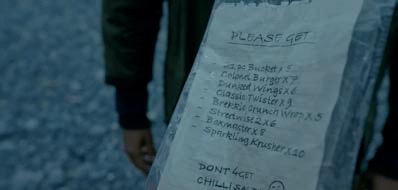
through mesmerising imagery as signwriter Mangaliso Ngcobo writes the name of a fallen student.
Giant Films’ director Karien Cherry’s brilliance and empathy as a storyteller is front and centre as we follow our lovable, debilitatingly indecisive hero through the nightmare of daily choices; our relief and joy at the end are real when he doesn’t have to make a choice.
This is a craft gem from Zee Ntuli at Darling Films. We loved the way the tension builds, the mix of sci-fi, thriller and comedy; the true understanding of how seriously we take our chicken. Every character depiction is perfect, from the aunties to granny tucking in to the chicken to the hero himself as he tries to escape with the now legendary bottomless bucket.
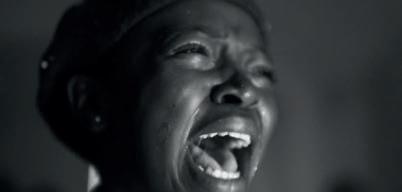
The belief that “It’s the little things that satisfy us most” is at the core of this campaign that focuses on deeply personal and utterly relatable moments of triumph; from scoring the ball of paper into the wastepaper bin to getting the quiz show question right. Romance Films’ Greg Gray’s depiction of the understated ‘win’ at the end of each ad is so on point. It’s another craft masterpiece.

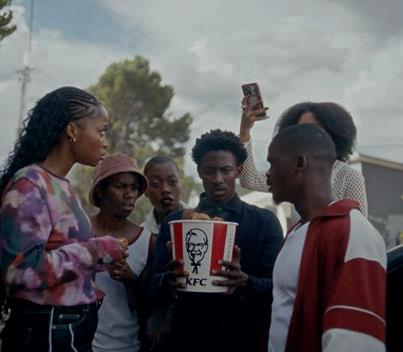
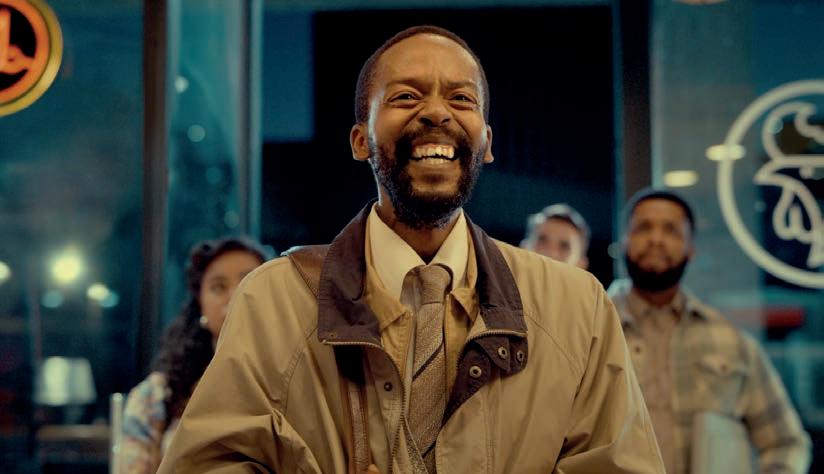

Live Nation The Future Fan Stage
This campaign from Nord DDB transformed the concert experience by creating a miniature stage for an audience of sperm and eggs, aiming to ‘inject’ live music into future generations.
The innovative approach led to a 14 per cent increase in ticket sales for the Way Out West festival. This campaign reimagined audience engagement by integrating cutting-edge technology, publicity stunt tactics and creative storytelling.
campaign that bridged the gap between gaming and employment.
By recognising the transferable skills acquired through gaming, the initiative o ered gamers a unique pathway to employment opportunities. This forward-thinking approach resonated strongly with a younger male demographic.
In a world where traditional methods to counter authoritarian regimes often fall short, Spells for Democracy took a refreshingly unconventional approach.
Collaborating with Ukrainian Witness, Kid Collective harnessed the viral energy of TikTok’s #witchtok community to channel collective frustration into a unique form of
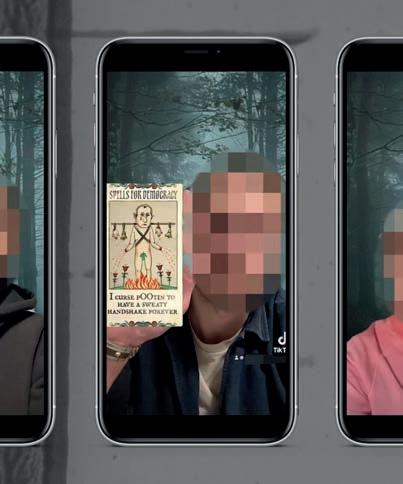
protest.
These interactive rituals not only engaged audiences but also reframed the narrative around Vladimir Putin, portraying him as vulnerable and subject to ridicule.
Agency Åkestam Holst NoA put together a campaign that really captured the anticipation of horse race betting as a weekly endeavour. By showing people channeling their inner horse, they created a fun yet beautiful ad. The metaphor made V75 stand out from other betting games.
Getinge, alongside Forsman & Bodenfors, introduced The Heart Surgeon’s Cookbook, a unique campaign that combined culinary arts with medical precision. By presenting surgical techniques through the lens of cooking, the campaign o ered an accessible and engaging perspective on complex medical procedures.
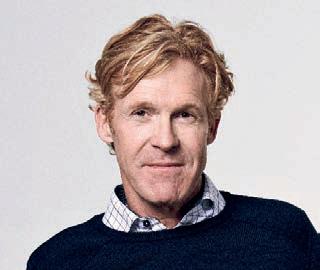
Angus Tucker Chief Creative Officer
Toronto
I don’t know if the world knows who Terry Fox or Gord Downie are, but this is a staggering introduction to two Canadian icons who exemplify the best of us: thoughtful, courageous, and tough as nails.
If the world doesn’t get it, it’s their loss, because every single Canadian I know felt this in their bones.
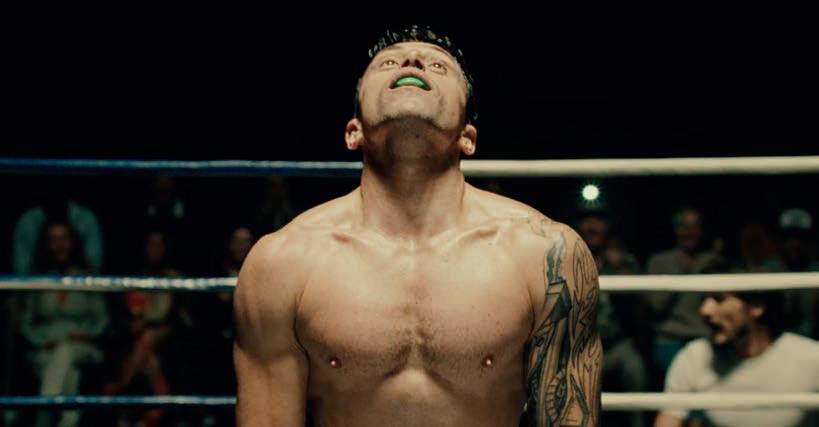
If someone had presented me with an idea where an opera-loving chimp sings Una furtiva lagrima while witnessing the birth of the planet as a way to promote the Nature’s Symphony exhibit at the Royal Ontario Museum, I’m not sure I would have said yes. But I’m glad someone did because this is ridiculously imaginative thinking.
Challenge culture is everywhere on social media but this e ort for Meow Mix cat food might be the most tortuous one yet: asking cat lovers to listen to their infamous “Meow-meow-meow-meow” jingle for 12 hours straight to uncover coupons buried in the track. While I hate jingles, I loved this idea.
There’s been a flood of ‘proudly Canadian’ work in the wake of Donald Trump’s unhinged musings about Canada becoming the 51st state. But 1,461 bottles of Moosehead to help deal with
every day of Donald Trump’s second term stands head and shoulders above them all. This is how you meet the moment.
SickKids is responsible for some spectacular Cannes-winning work over the last decade, and this latest piece is no exception.
If you are left unmoved after watching this film, I’d suggest you consult your doctor immediately because you may not have a heart.

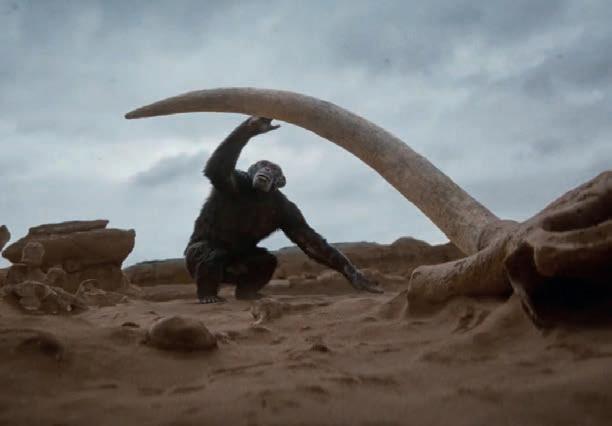
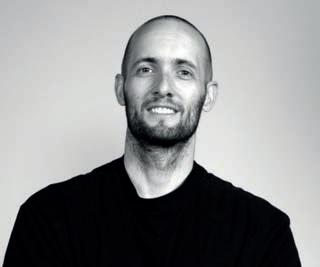
Creative Director
Dentsu Creative Amsterdam
YoungCapital is a Dutch challenger brand in the recruitment space. The brand focuses on young people and is known for bold, highly distinctive campaigns.
In this film by Ace Amsterdam, they go all out - taking you on a fun, weird, funky and mischievous trip - making a playful case for hiring more Gen-Z employees to… boost your boomer workforce.
This film is highly memorable amidst a sea of others, and I sincerely hope it earns the Netherlands a place on the Film shortlist.
Leading Dutch telecom provider KPN was highly successful at Cannes Lions 2024 with the campaign A Piece of Me by Dentsu Creative, picking up a Grand Prix and three additional Lions across multiple categories. This year, I expect the campaign to be a contender in Creative E ectiveness and Sustainable Development Goals, as the results are impressive and lasting - not only achieving a platinum record and significant improvements in brand metrics, but also contributing to a change in legislation and the implementation of an accredited school program now running in hundreds of Dutch schools.
A clear issue to address: children today read more short-form, attention-grabbing content on smartphones than they do books. This prompted Dutch telco Odido to respond
by launching The Phone Book with TBWA\ Amsterdam - not just a traditional phone book, but a compelling story designed as a social media chat, printed in the shape of a smartphone. I believe this could be a very interesting project in subcategories like Small Scale Media.
Created by Fitzroy Amsterdam, this is a smart and engaging way to dive into the highly popular racing game Gran Turismo –especially when the brand is ANWB, the Dutch mobility, assistance and leisure organisation.
Not the sexiest brand, perhaps, and yes, using gaming influencers here is an obvious choice, but the case is at a strong international level, and the results are impressive.
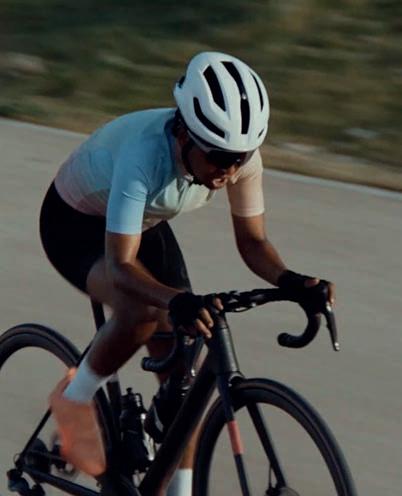

Nike’s campaign for the IOC Refugee Olympic Team by Wieden+Kennedy flips the script. Instead of focusing on the athletes’ pasts, it highlights their talent, resilience and Olympic drive.
By reclaiming the question “Where are you really from?”, the campaign reframes identity around shared determination - not geography. The anthem film, featuring four refugee athletes, is a powerful, quiet statement that demands recognition, not pity.
It’s sport told through a deeply human lens. Impactful, urgent and impossible to ignore. A possible contender in Film.


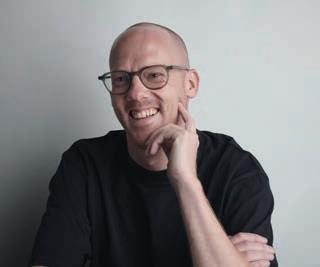
Greg Fyson
Global Head of Director Development and Co-Managing Director, The Sweetshop
Twenty-six stop-motion films – and every single one of them shines. The consistency of craft and storytelling across so many pieces is nothing short of remarkable.
Each 15-second film feels complete, clever and beautifully executed, celebrating a format that’s often overlooked but incredibly di cult to master. The ambition, dedication and sheer attention to detail here deserve serious recognition. A standout body of work that shows just how powerful a short format can be when it’s done right.
It may be from across the Tasman, but like all good Kiwi creations, I’m proudly claiming it as
Australasian. A simple but brilliant idea: a service that calls you back to remind you when your beers are chilling in the freezer, saving countless six-packs from a watery, exploded end.
The Comments Section
An idea that taps straight into Australia’s online culture, using 100% real comments sourced from Instagram, TikTok, Reddit, Facebook and YouTube. The result is a campaign that feels raw, hilarious and unmistakably Australian.
It’s entertaining because it’s true – capturing the humour, chaos and heart of the comment sections we all know too well. Directed by the finest Australian director named Max Barden, this one feels authentic, timely and is proudly ours.
Directed by Australia’s own Steve Rogers, this spot is a masterclass in cinematic humour. Visually rich, emotionally sharp and perfectly quirky, it’s the kind of storytelling that makes you lean in from the first frame.
There’s an e ortless charm running through the work, with just the right amount of weird to make it unforgettable. It’s beautifully realised and – I’ll admit – the kind of work that makes me very, very jealous. I hope it gets the global recognition it deserves.


Olivier Le Lostec
Creative Director
DDB/Paris
What do you do when you’re an entertainment brand turning 40, and you’ve already explored every path of advertising storytelling? You go meta, and make a trailer… about yourself. This brilliant spot from BETC Paris turns the Canal+ origin story into an epic series teaser. It’s sharp, rich in references and perfectly on-brand.
For French viewers, it feels like watching decades of cultural memory on fast-forward. For everyone else, it’s a masterclass in how to make a brand heritage actually feel cool. I can’t wait to binge the episodes now.
For victims of domestic violence, home is the most dangerous place. With Three Words AXA and Publicis Conseil introduced a powerful innovation: recognising domestic violence as an insurable risk within home
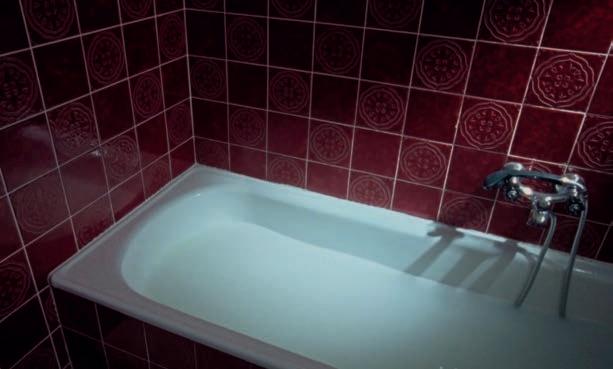
insurance policies.
With over 270,000 victims in 2023, it is a powerful step forward, going beyond advertising to make a real di erence.
How do you crash the world’s biggest event without an invite? With a single Instagram post and a perfect sense of timing. When Steph Curry crushed French Olympic dreams with a flurry of three-pointers, DDB Paris and McDonald’s dropped a simple post: “For obvious reasons, we’re thinking of removing this sauce.” Boom. Billions of impressions. Zero media spend. A classic sauce turned into a global conversation. The art of brand-jacking, done with a wink and a killer hook.
Proof that the French can be more witty than grumpy. Or maybe… charmingly both?
SoFoot Football Radio Lovers


In France, we don’t get many brilliant audio ideas these days. Here’s one worth tuning into. Almost every year, the same old brief: “How do we reconcile Valentine’s Day and soccer?” But this time SoFoot and BETC Paris answered with perfection. They transformed live match commentary into romantic music in real time, using AI. Tackles in bossa nova. Goals in flamenco. Red cards in smooth jazz. A smart and creative use of AI that made fans and their partners equally happy.
“Shot on iPhone” meets “Shot on a melting planet.” BackMarket skewers tech consumerism with striking visuals referring to Apple’s old iconic ads. Except here, the landscape changes, literally. One phone cycle later, the glacier’s gone.


and Dan Dawson
Co-Founders

Fast Tech from Marcel becomes more than a concept: it’s a climate crisis in one frame. Not just a spoof, but a brutal wake-up call. And proof that when print wants to hit hard, it still can. Good ads come to those who wait.
It has to be so simple… but it took many hours to get here, as W+K London ECD Hermeti Balarin 1 2
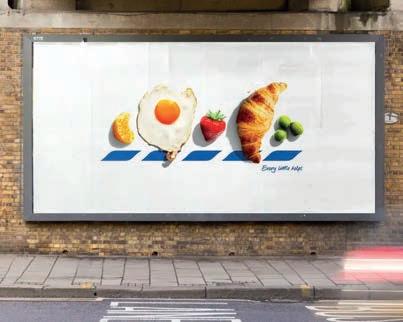



There was no more emotive work in the past year than this brilliant campaign from Saatchi & Saatchi, changing the perception that heart disease only a ects the elderly. Each week, 12 young people are lost to sudden cardiac death in the UK. Murals were a fitting way to commemorate these people’s lives and tap into the visual world of football culture during last year’s Euros.
A campaign that epitomises everything that is great about billboards. Simple, arresting, interactive. OOH at its very best.
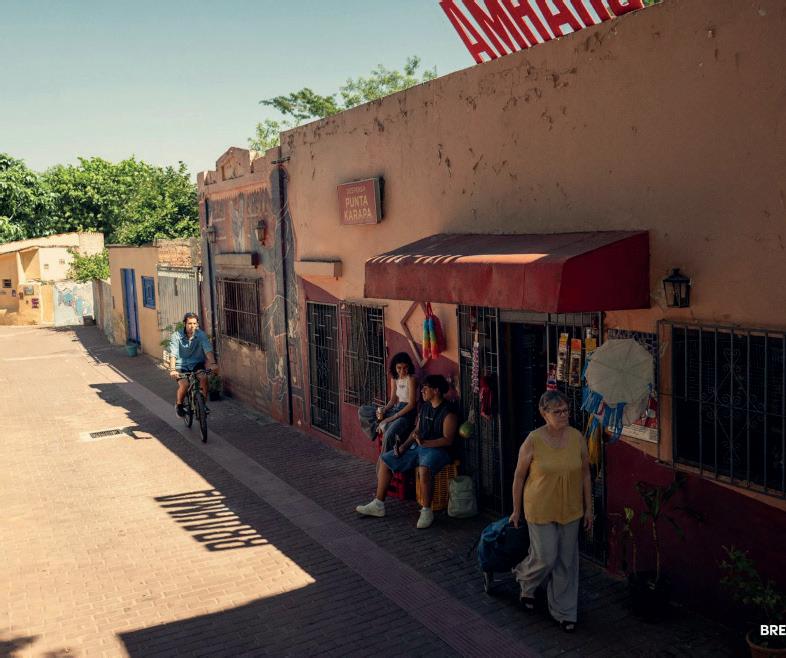
told us on episode #88 of podcast Behind the Billboard. Here’s hoping it gets the credit and the Lions it deserves.
The burger battle is on. Macca’s and Burger King have had fabulous years, the standout work for BK was born in the delivery room. The moment a campaign goes from trade news to national news, it’s job done. This baby could well be the big winner this year.
A bar of chocolate, the perfect proportions for a billboard. It’s been there for years, but it took VCCP to spot it and put endless funny witty human messages on bars, press ads and posters. A glass and a half of rosé this summer?
Last year’s OOH Grand Prix-winning Find Your Summer, from Magnum, played with the concept of light and may well overshadow this when it comes to awards but, in our book, Brahma is a di erent execution and is worthy of a mention.

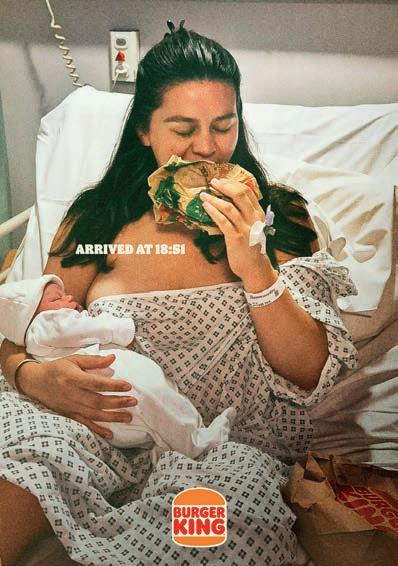
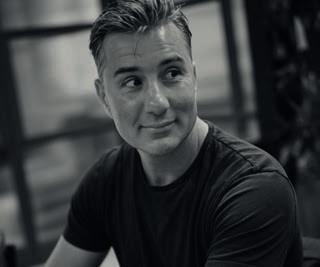
I watched and loved Group Therapy with no idea it was brand funded. Which is probably the first test any piece of work in this category needs to pass. Watching some of the world’s best comedians discuss their mental health was moving, insightful, impactful and at times properly funny. Earned Media has often been a gold standard for judging an idea’s e ectiveness, a prominent feature of the best case study videos, but what projects like Group Therapy achieve is the next level; AXA and WPP have secured a broadcast release for their message and they have been paid (maybe not the full budget!) to create it. How e ective is that?
Apple and TWBA\MAL continue to work with some of the world’s best filmmakers (and props to them for giving Takeshi Mike the keys) and consistently create brilliant content for the brand. Submerged stands apart. Not only did Edward Berger and the team create a brilliant, compelling short film, but they did so in a brand-new format, developing the technology to create it as they went. It is a shame it’s only available on the Apple Vision Pro, it’s a film that deserves a wider audience, and it’s undoubtedly an incredible calling card for the tech.
Big Time’s work for Saudi Arabia’s Riyadh Season has come to define contemporary boxing advertising. The promos they’re creating might not be to everyone’s taste,

they’re unapologetically aimed straight at the sports core audience, and are big, brash, violent and exciting. This was another level: 5x5 was a brilliant way of creating added interest to a sporting event through a shift in format, blending elements from talent shows and other TV genres, placing the rivalry between two of the world’s best known promoters front and centre. And while the accompanying Guy Ritchie homage of an ad might not win any prizes for originality, it’s the perfect calling card for the event.
Over 12 months O Boticario, AlmapBBDO and directing duo Kid Burro created a series of three short films, exploring the challenges and stresses of modern relationships. The themes were nuanced and complex - the loss a parent feels as their child becomes a young adult, the strains on sibling relationships as a parent becomes a dependent, and the pressures and stigmas that come with “trying” for a baby. They were told beautifully, never dumbing down or shying away from the realities of these issues and are another example of how the longer run time of an online release can be used to turn advertising into something more.
Iknow what you’re thinking - ‘not another Cannes Lions survival guide’ - but don’t worry, this isn’t about staying hydrated or wearing suitable footwear.
No, this is a strategy designed to help you come away from Cannes feeling inspired and invigorated, rather than strung-out and nursing low-level impostor syndrome (come on, we’ve all been there).
If you’re looking for advice on how to ‘do Cannes’, then Will Sansom, Chief Strategy O cer at Motel, is here to help. From ‘basement bashing’ to strategic socialising, here’s his guide to maximising the week.
Descending on a sun-drenched coastline to celebrate creativity isn’t just a privilege, it’s an utter gift. But why do we often squander this by filling our diaries with cursory meetings, our arms with wristbands for parties we don’t plan to spend more than 10 minutes at, and our minds with beach club-based thought leadership gu just because we promised everyone back at the o ce a ‘lunch-n-learn’ debrief?
It doesn’t have to be this way, guys. You just have to set yourself up for success.
Here are my three top tips for doing just that:
Make quality time for the work
I’ve often thought it a fallacy that, just because you’re near good work in Cannes, that’s job done in terms of being inspired. Knowing what’s been shortlisted for Titanium is one thing but this isn’t the same as spending quality time with great creative.
Talking of Titanium, I also think that it’s worth calling out the kind of work that you want to see. I personally love the game-changing pieces that win big - these are what drive progress in our industry and set new standards, both in category and culture. And yet, weirdly, they can also feel slightly redundant as inspiration for the daily grind of commercial creativity.
I find that basement bashing in the lower level of the Palais, where the rest of the work is displayed - is actually more useful for helping crack day-to-day briefs. Not to labour subterranean metaphors but therein lies a goldmine of case studies that go unvisited by many festival attendees, even those with passes that give them access. So much of winning big at Cannes is a PR-priming game, but this means that you can find utter gems (sorry) that are less known but entirely more relevant to your business, your clients or simply your own creative tastes.
Do yourself a favour and set aside time to venture underneath the Palais. What are you going to steal? What will you reference to a tricky client when you get home? Seriously, this is the number one reason for visiting Cannes, so no more excuses!
Don’t be ashamed to socialise
I don’t suppose that many (any?) of you reading this will be short of a drinks/party/ villa-based after party to attend. And yet it does feel like spending time with pals in Cannes can be a guilty pleasure, especially if you’re there on your company’s dime. Be honest, how many times have you put fake meetings in your diary in order to hang out on the beach?
No, me neither… that was a trick question.
To me, Cannes can - and should - fulfil the same function as an after-work beer. Those times that people spill out of the o ce on a Thursday afternoon to shoot the shit outside the local boozer. Why? Because these are the moments in which we moan and unload, but also in which we decompress and reconnect with one another. A Jungian exchange of shared traumas over poorly-mixed spicy margs. Or simply a reminder that you’re lucky enough to work with some really fun, creative people.
If you believe what you read in the trade press, our industry isn’t the easiest of places right now. So, perhaps taking a beat to reflect with like-minded people and galvanise yourself for another year isn’t the worst use of your time?
‘But this is called networking’, I hear you say. No - that’s being forced to socialise with someone who has rosé stains on their chinos and a conspicuous tan line from where they’ve removed their wedding ring for the week. It’s not the same. See your favourites: That first boss who gave you a foot in the door. The lunatics who you ran an innovation incubator in Buenos Aires with for two years… (just me?)
If it reignites your passion for what you do and the people you do it with, it’s never a waste of time.
Don’t make plans, structure serendipity
Before writing this, I took a look at comparable Cannes survival guides, and most spoke of making a strict plan so as not to miss anything. I would o er an alternative take; making plans is how you miss things.
Cannes is no di erent to any other festival. Take Glastonbury. Sure, you can map out exactly who you’re seeing, where, when and with which crowd, but the best experiences you have are when you stumble over something. When you get chatting to someone who recommends a random act playing in a random tepee in a random corner of a random field. Yes, it’s about the joy of spontaneity, but it’s also about being pushed beyond the places and spaces you’d normally venture into. And there lies the good stu .
A big part of this is simply going to Cannes with a curious mind and making space for discovery. But there are more practical steps we can take. For example, when looking at a schedule, our brains naturally gravitate towards the familiar - the irony being that we end up creating our own filter bubbles. So maybe vow to do one seminar/talk/event every day that takes you completely outside of your comfort zone?
Ultimately, Cannes is an industry event. Which means that - in some capacity - you’re there to work and be vaguely productive, at least some of the time. But Cannes is also a festival of creativity, which means that your number one KPI should be to come away feeling better at buying, briefing or making great work.
Don’t let anything distract you from that.
Least of all the guy in the chinos - even if he picks up the bill for the drinks.
Which he won’t. s

I grew up in Blackheath – in one of the Span house estates which were a 60s design experiment on compact, open plan, modern living, all built around communal gardens. It was a great place for kids.
Up until recently, as the Founding Partner of Rogue Films, Charlie Crompton was at the helm of one of the UK’s most respected and awarded production companies. Having stepped away last year to take on a new adventure, he talks to Danny Edwards about trying to follow in the footsteps of The Jam, attempting to conduct and support creative talent, and having “a hittable face”.
I was boarding from the age of eight where you quickly learned to survive on your wits. Lights out in the 40-bed dorms was 6:30pm sharp – even in the summer. You barely saw your parents, but you could write to them – you just had to leave the envelope unstuck so that the teachers could proof-read everything for content approval.
My parents eventually sprung me out and sent me to the local comprehensive school in South London, which it turned out was more of a detention centre for juvenile o enders. Still, anything felt like an upgrade, so I was all-in.
I was literally the poshest person they’d ever met. On the first day, I was standing in a queue to get into the canteen. “You need a dinner-ticket,” said a huge boy with no front teeth wearing 12-hole Dr Martens. “Thanks - but I don’t think I’ll be staying for dinner,” I replied, before I was smashed in the face.
It was a valuable lesson, not only because it was the first time I realised that I’ve got a very hittable face - but also in early negotiating. We agreed that we’d get along very well if I let him copy all my work. I did, and I never had any trouble again.
I really got into character. A year in, my grades had gone through the floor - but I was one of the gang, sounded like a true South Londoner, had cow-horn bars on my Raleigh, Doc Marten boots and a massive attitude. My mother was appalled.
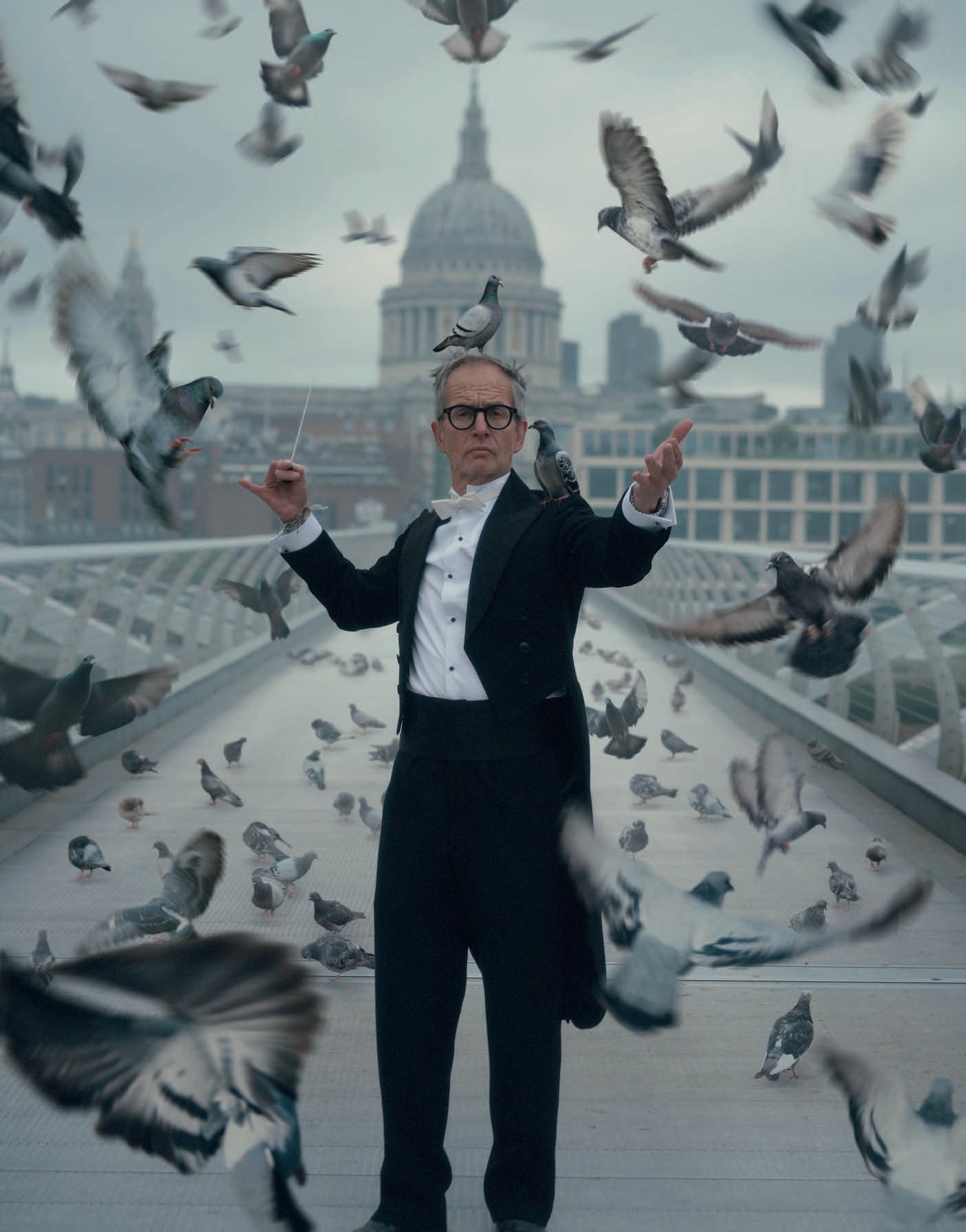
“It was the first time I realised that I’ve got a very hittable face”
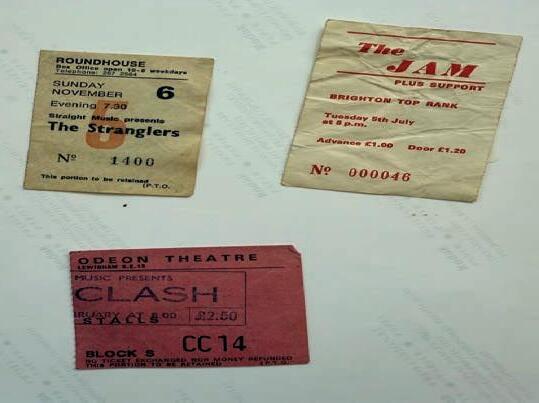
“Being
I should have been suspicious when my father started to learn German. He ran o with the German au pair when I was 12 and, astonishingly quickly, my mother drove down to Cornwall with my sisters to live with his best friend. Looking back, it was an odd arrangement for me and my brother to stay in London and the other half of the family to live in the West Country but ‘So ist das leben’, as they say in Frankfurt.
After a brief stint living with a previously unknown aunt in Hampstead, at 14 I was boarding again, down in Brighton, and sneaked out to see The Jam. They’d just released In The City, which was like being smashed in the face again (although this time in a good way).
Punk changed music forever. To get involved, I escaped back to London for Sixth Form, picked up a guitar and, with three chords nailed, formed a band.
I did loads of jobs to make ends meet; an apprentice butcher, selling shoes in Oxford Street, painting, decorating, barman. Being a DJ in a strip club was a memorable low point.
On the advice of my agent, I went to New York to be the next MTV presenter. I wasn’t. Meanwhile, The Marble Staircase – our new psychedelic band – nearly made it; but after releasing two records, we quit at the top. No one noticed.
My first job in advertising was as London’s worst motorcycle courier. I actually got lost on the way to the interview.
After a freezing winter of delivering artwork to the wrong place, dressed like Lloyd Christmas from Dumb & Dumber, I amazingly blagged a job in an agency.
I was a paste-up artist. Back in the day, when you designed press ads, you had to type out the thing – in the right typefaces – and then cut every di erent section out with a scalpel and stick it on a bit of board. I lived in a world of spray mount. But I loved TV ads and thought, ‘That’s what I want to do’. Time to find a way into a production company.
I started at the bottom again as a runner. Looking back, it was a bit slave-ish - driving the producer and director around, to endless long lunches and picking up their shopping, family and laundry at the weekends, in between my sidehustle as Peter Stringfellow’s third pick reserve DJ (don’t ask). But at the weekends I could live in the o ce in Marylebone, with a bar and a massive VHS movie collection to get through. Result.
I used to drive around an inspiring ad man called Peter Mayle, who always had time to talk to insignificant runners like me. He went o to France to write A Year in Provence and said his wife had a production company called Jennie & Co in Soho and I should go and work there.
Back then there were only a handful of directors to choose from, so when you wanted one to shoot your ad, you’d ask, and they’d probably say yes. Pitching was a conversation over lunch and budgeting was done with a pencil.
I reached for the staplegun when a dishevelled man burst through the door one day, thinking he was one of the locals who used to use the mews as a urinal. Adrian Lyne – one of the first directors to rock ‘homeless chic’ – introduced himself.
Adrian’s film, 9 and a 1/2 Weeks, had just come out and he was prepping Fatal Attraction between making incredibly glamorous ads. I wanted to be part of the team turning the scripts - which I had to dig out of the ailing fax-machine with a fork -
into the amazing ads that were on TV just a few weeks later.
I’d get agency mates to ask for director’s reels and binge-watch them on the 20 kilo U-Matic deck. I went to as many sets as I could and learned how to touch-type on a massive electric typewriter, which meant I could become a PA.
I worked hard, determined to make the jump from PA to production manager to producer in record time - and picked the very short straw at MPC’s fledgling production arm.
MPC had a director who I thought was unhinged when I met him, but realised later that it was because he was blind drunk. Every day. By 10am. He got away with it because he also a mathematical genius who was the first director to understand how to integrate post production into live-action ads.
We won a few awards together but the 100 a day smoking habit and hiding the gin before every meeting made me just want to Taser him in the nuts. Luckily for him, Tasers hadn’t been invented yet.
Fortunately, I met David van der Gaag at MPC and, in 1998, with a small gang of directors who we believed in, even if nobody else did, we started Rogue in Wardour Street, with the backing of David Je ers, the legendary MD of MPC.
We bought Rogue from MPC as soon as we realised that we were onto something and began to build our roster from the ground up.
We were a great team, and I’m very proud to have had a part in building one of the most
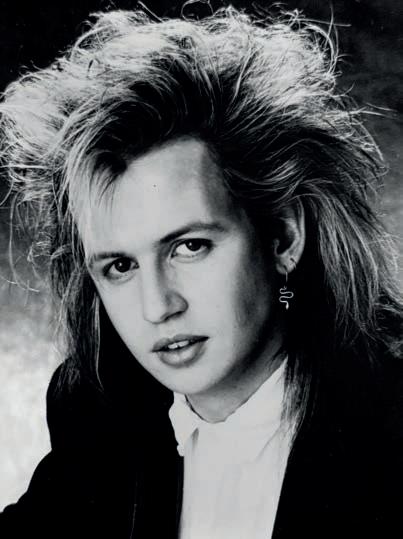
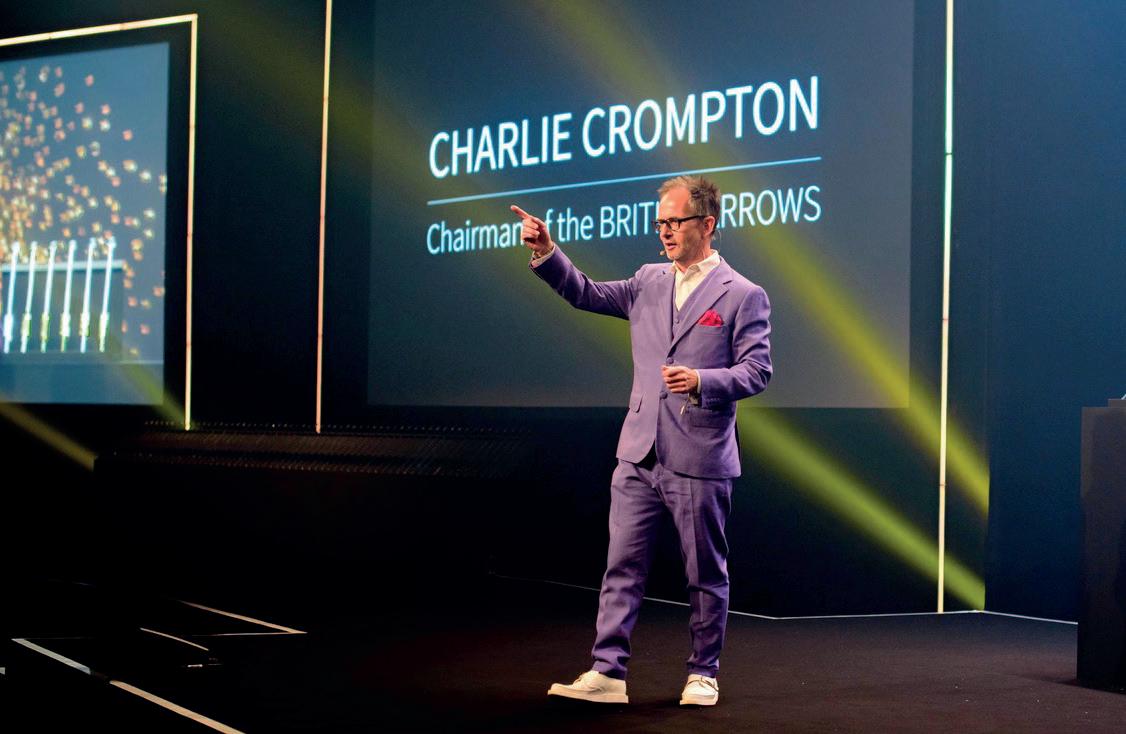
“My first job in advertising was as London’s worst motorcycle courier.”
consistently successful production companies in the UK, that’s still going upwards of 27 years later.
I love building a roster: Some directors you grow from seed and others from music videos, TV, films, or just on a hunch they’ve got that something. There’s such a thrill when you find a DP, a creative, a choreographer, an editor or a real left-field bet from the most unlikely background. To be a part of curating that journey, with a director who you always knew could do it, even if they didn’t themselves, is one of the things that makes the job so fun and rewarding.
It’s hard yards in production right now, but after 50 years of ads, this business has got a whole load of life left in it yet. It’s constantly evolving and reinventing itself, and is just getting its swagger back.
There’s a whole new draft of talent coming up who don’t know any other way except hustling with not enough resources but a lot of confidence and attitude.
The best of the new directors now don’t even think about restricting themselves to just making ads when there’s so many other disciplines in which they can use their talents. And they’re winning long form awards as well as Arrows and D&AD’s.
There are way too many advertising awards but as a former Chair of The British Arrows, it’s great to see them getting more relevant each year - and they give a lot back. Arrows are non-profit, diverse and inclusive – and di cult to win. The Young Arrows is free to enter too, ensuring that all emerging talent can get noticed. They may only know three chords, but they’re just warming up to smash us all in the face.
The companies who’ll define the next era are the ones who become specialists in curating their directors’ output between all the disciplines in all the markets – not just advertising but long form,
TV, music videos, photography, you name it. If you can genuinely pull that o , the world’s your lobster.
It was time to leave Rogue. I needed to go solo to start a new adventure. Someone said that they’d always thought of me as being like a conductor. I think I do have an ability to guide, facilitate, counsel and support creative talent so they can get the best out of themselves.
Coaching is something you get better at the longer you’ve been doing it, and I’ve developed a finely tuned antenna for good work and giving people confidence to trust their instincts.
It still amazes me that some people don’t realise that the best work comes from everyone being honest with each other, and defending that original idea that got you so excited with your lives – or at least with a very sharp stick.
I mean, tea helps. Wherever we travel in the world, I’ve always got Yorkshire Gold tea bags and a tea pot. If you’ve got that and a jar of Marmite in your trench, you can get through anything.
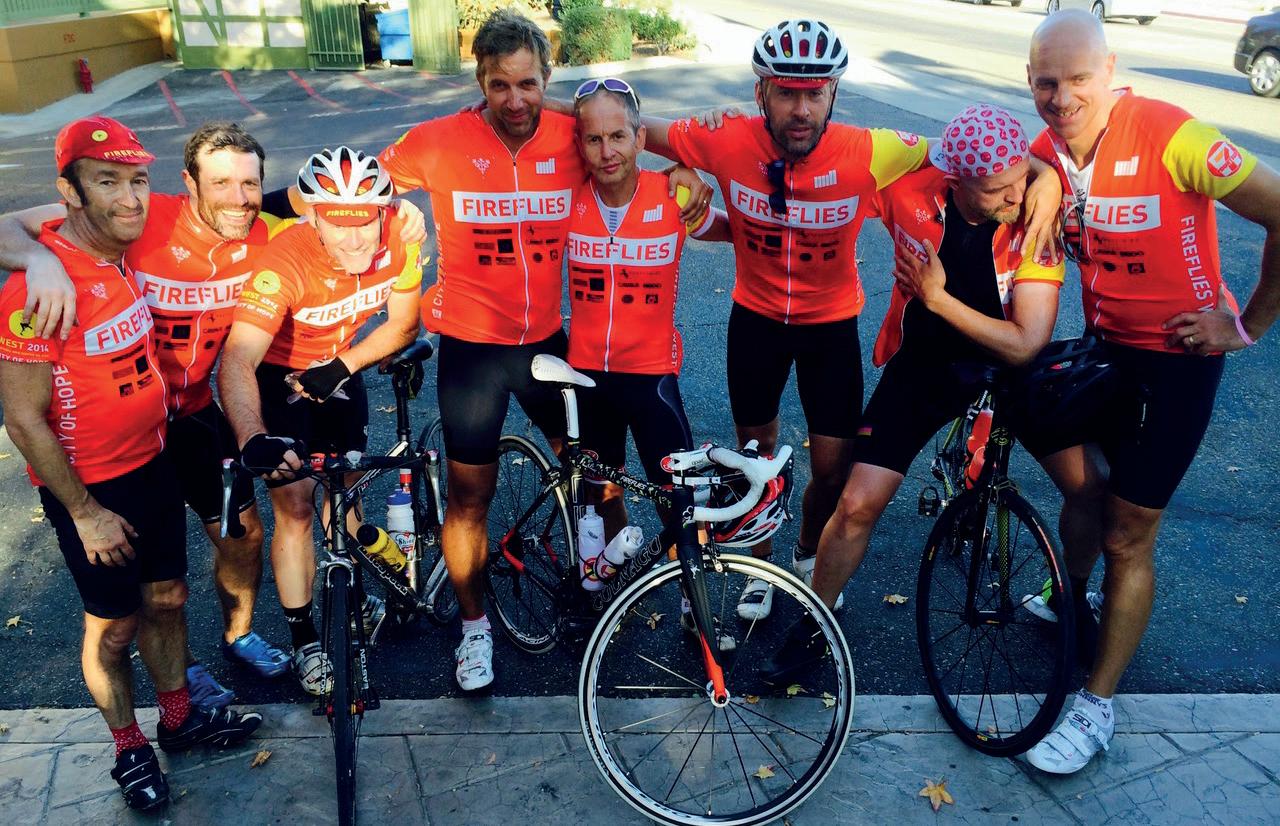
I’m not worried about AI hijacking creativity. The best work that we’ll all remember will always have talented crafts-peoples’ thumbprints all over it. Obviously if we can get some shots without having to travel to three countries in the wrong season, or pricing ourselves out of the conversation completely; it’s the future that we should all be running towards, not away from.
I cycle up mountains – Second Stage fun, I think it’s called – when it’s awful at the time but when you get to the top, you think it’s the best thing ever.
I joined the second Fireflies ride to the Cannes in 2002, when there were just 10 of us - and am just back from Patagonia, climbing with 2,000 riders. In those 23 years, the Fireflies have raised millions for cancer research and treatment, and are a huge international swarm wanting to make a di erence and actually doing it; For those who su er, we’ll always ride.
I say to my kids, I don’t mind what you do, just go all-in. If you’re a waiter, be the best waiter ever. I didn’t tell them that I was a useless waiter, fired after a week for dropping a bowl of nicoise into an heiress’s lap. s







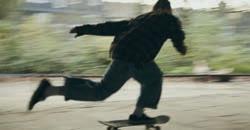
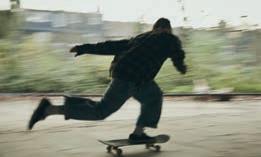



















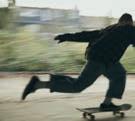





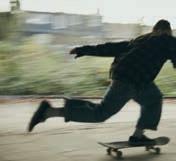




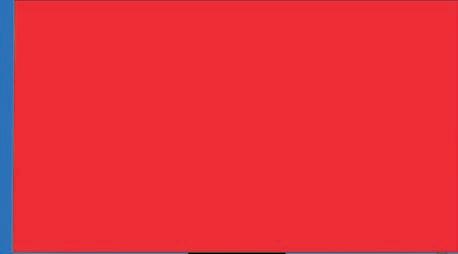
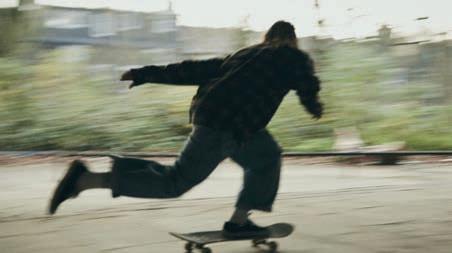


LYNSEY ATKIN
First things first: isn’t it lovely to hold an actual magazine in your actual hands? I think so.
shots very kindly asked me to write a piece about my favourite essentials for Cannes, but because I can’t think of any witty copy about portable chargers or the oxymoronic phrase ‘work appropriate swimwear’, I’ve rummaged through my own extensive collection of printed ephemera to find some titles that I think represent what is perhaps even more essential than remembering to take your own towel to The Island, which is a Cannes State Of Mind.
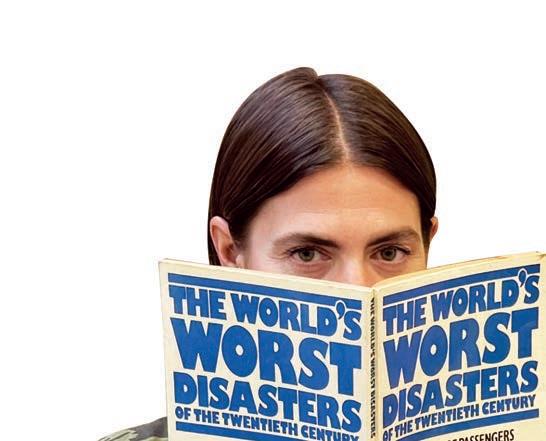
Context: I have collected obscure and original books and bits and bobs for as long as I have had disposable income. Nothing – apart from my cat – makes me happier. It makes moving house an absolute hellscape, but I don’t care because it makes me interesting at dinner parties. In the words of Jérôme in French rom-com Le Genou de Claire, “Viens chez moi, j’ai de très bons livres” or rather, “Come to my house, I have great books”
1 The perspective
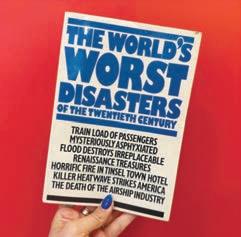
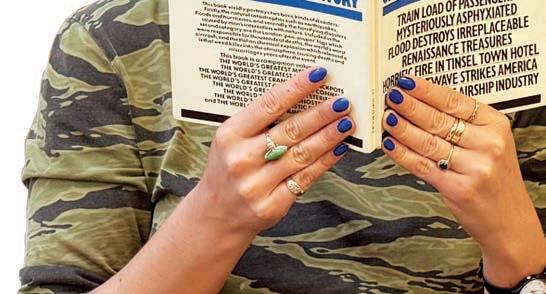
I am an incredibly fatalistic person, which keeps me on my toes. I think it stems back to a childhood trip to ‘Plague Village’ Eyam in the Peak District in England, which is where the bubonic plague broke out in 1665. I remember thinking that that escalated awfully fast in a really nasty way. This book features more modern yet equally genuine catastrophes and I like to keep it close to my desk for a sense of perspective. Winning at Cannes is wonderful, and sometimes the stu you want to win wins, but sometimes it doesn’t, and you know what? That’s okay.
2 The good chat
If you’re anything like me, small talk makes you want to die. Thankfully, since 1993, acclaimed curator and artistic director of London’s Serpentine Galleries, Hans Ulrich Obrist has been interviewing icon upon icon, like JG Ballard, Merce Cunningham and Ai Wei Wei. The man knows how to ask a good question. I particularly like this book from 2009 of an interview with German visual artist Hans-Peter Feldman, who responds to each question in his own inimitable style. If anyone asks me what my favourite colour is this week, I will be thrilled.
Talk to me for five minutes and I will mention my cat. I can’t help it. I think it might be a disease, except it’s not a disease, it’s called love. My only disappointment is that



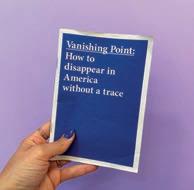

she can’t paint like the cats in this book. A photographic full colour, pitch perfect satire that imbues Smokey and Misty (two of the featured cats) with aesthetic intent as a wonderful means of deriding the art establishment. We all know it’s easy at Cannes to believe what all the big names and big budgets and big brands tell us is good, but sometimes we have to be a cat who paints instead.
Vanishing Point: How to Disappear in America Without A Trace (not to be confused with the artist Seth Prices’ 2008 catalogue of a similar title), is one of my all time faves. An (at the time) anonymous Wordpress site printed into an unassuming monotone booklet in the mid-00s, it is a practical yet quietly haunting instruction manual for how to genuinely remove yourself from society both physically and electronically. Now, whilst your behaviour at the shots party may not warrant going quite this far, it is always, always, always a good idea to know when to leave. See also: agreeing to a boat day. Last time I checked, you cannot get o .
5 The AI POV
There are no words in this stellar Wolfgang Tillmans classic, bar a short description on the inner front flap describing Concorde as “an environmental nightmare conceived in 1962 when technology and progress was the answer to everything.”


